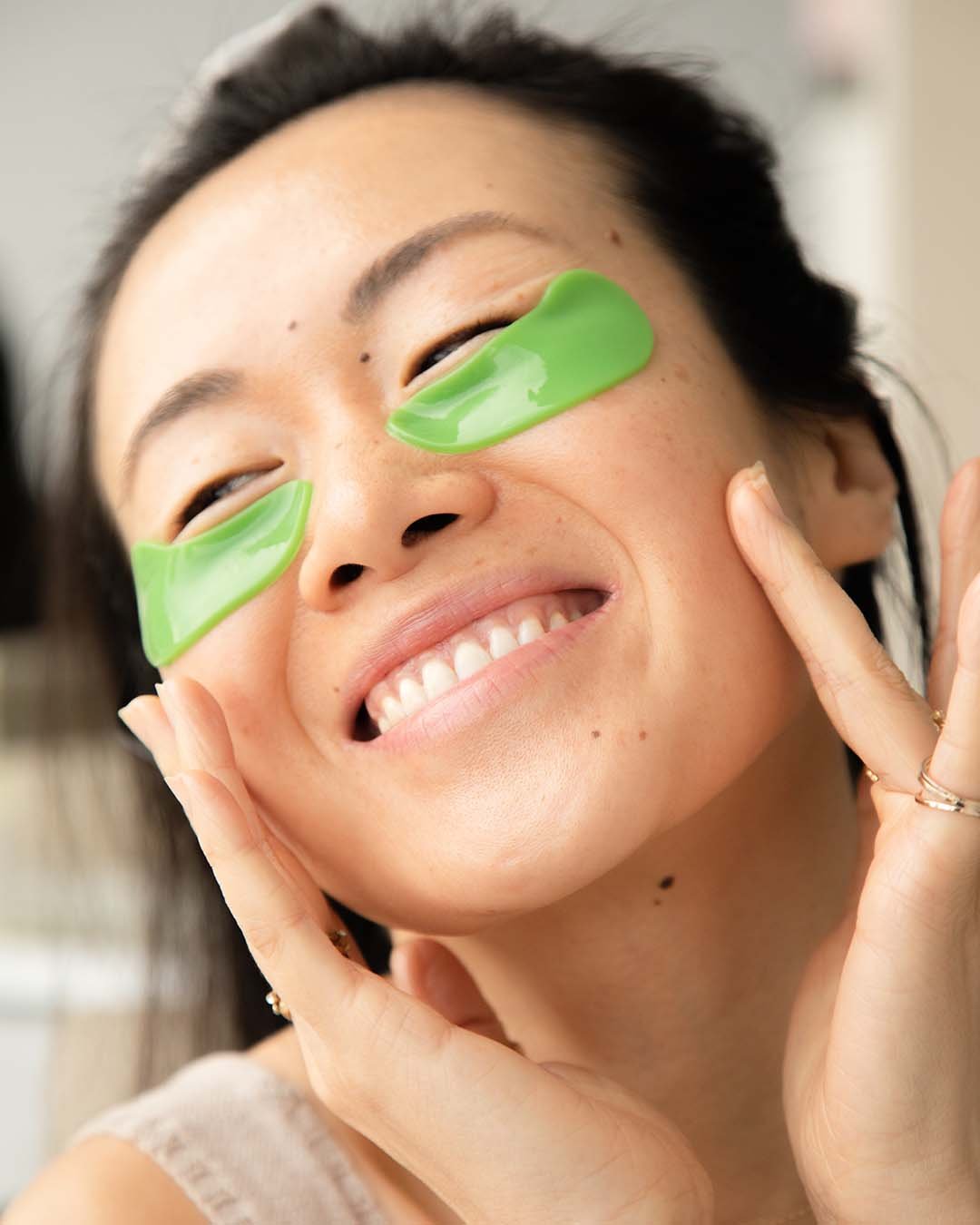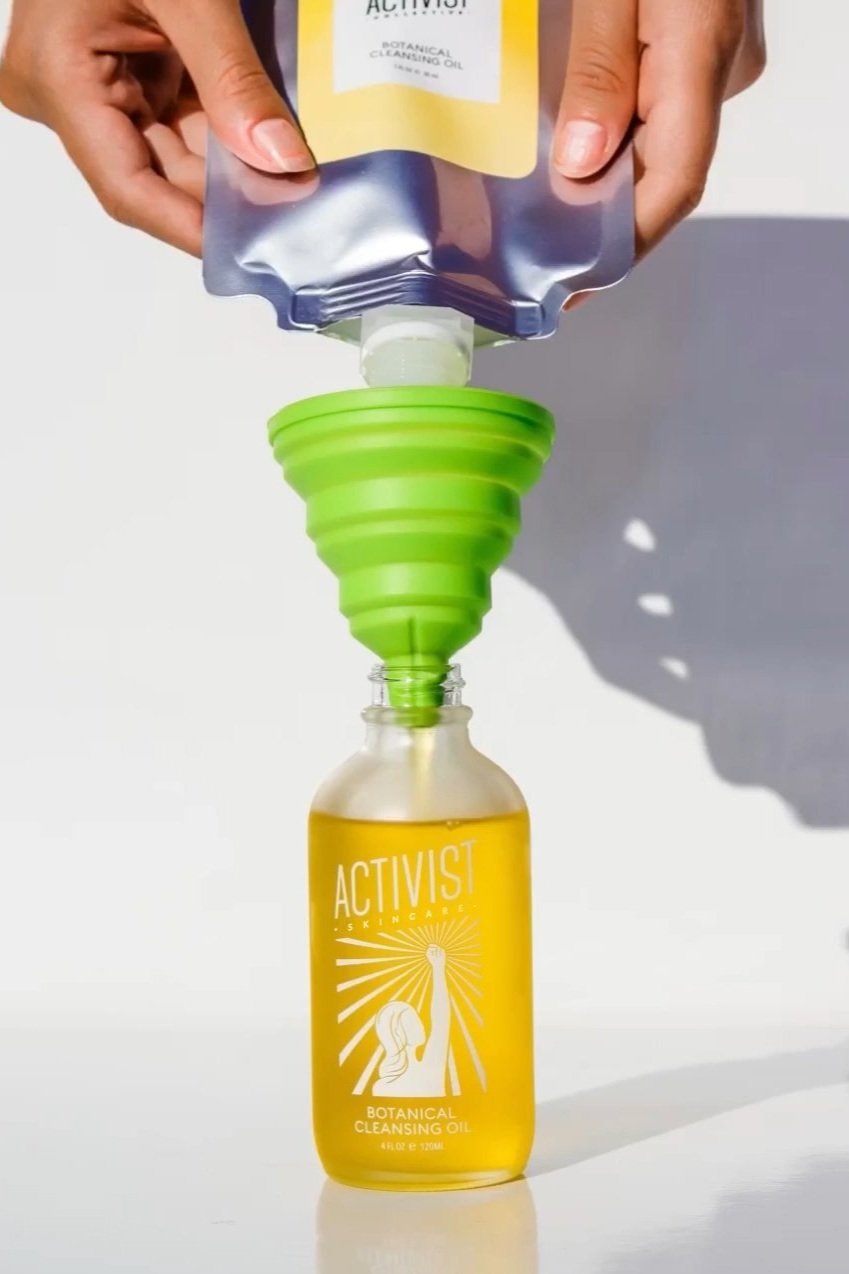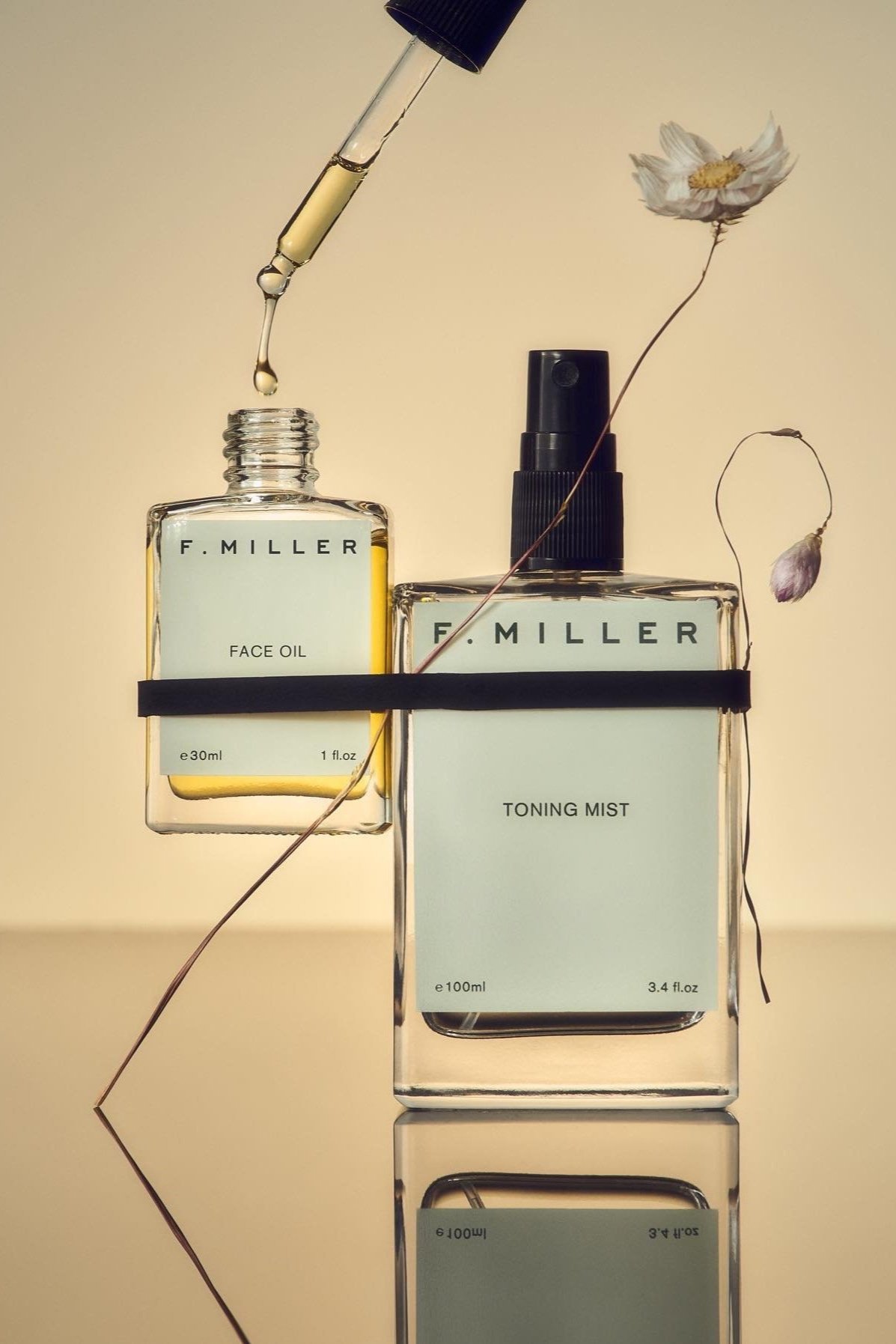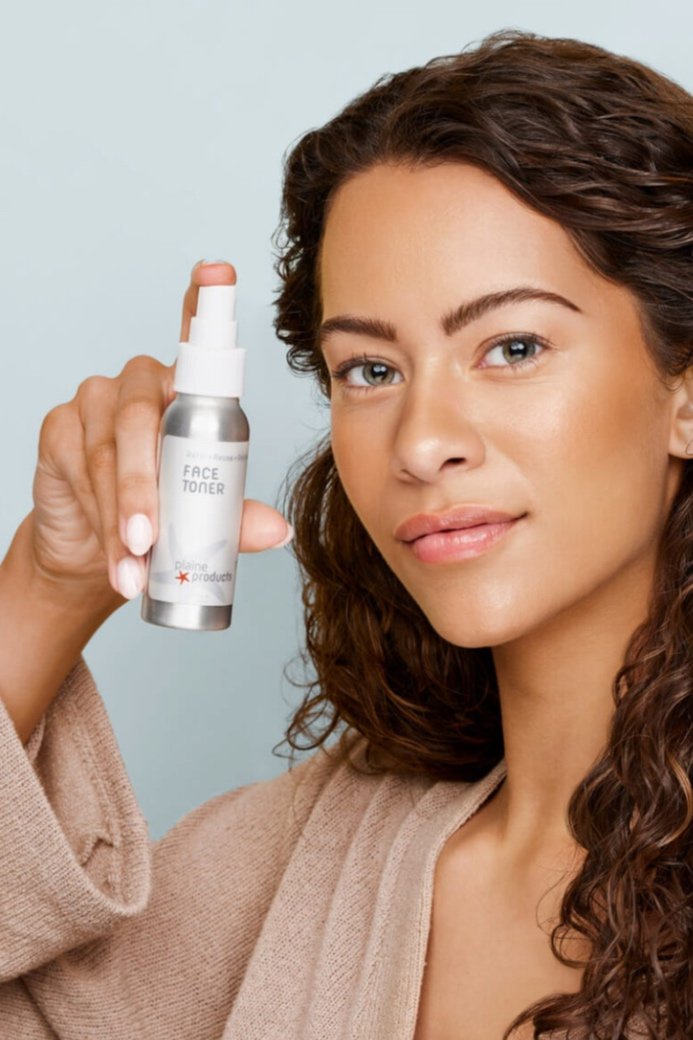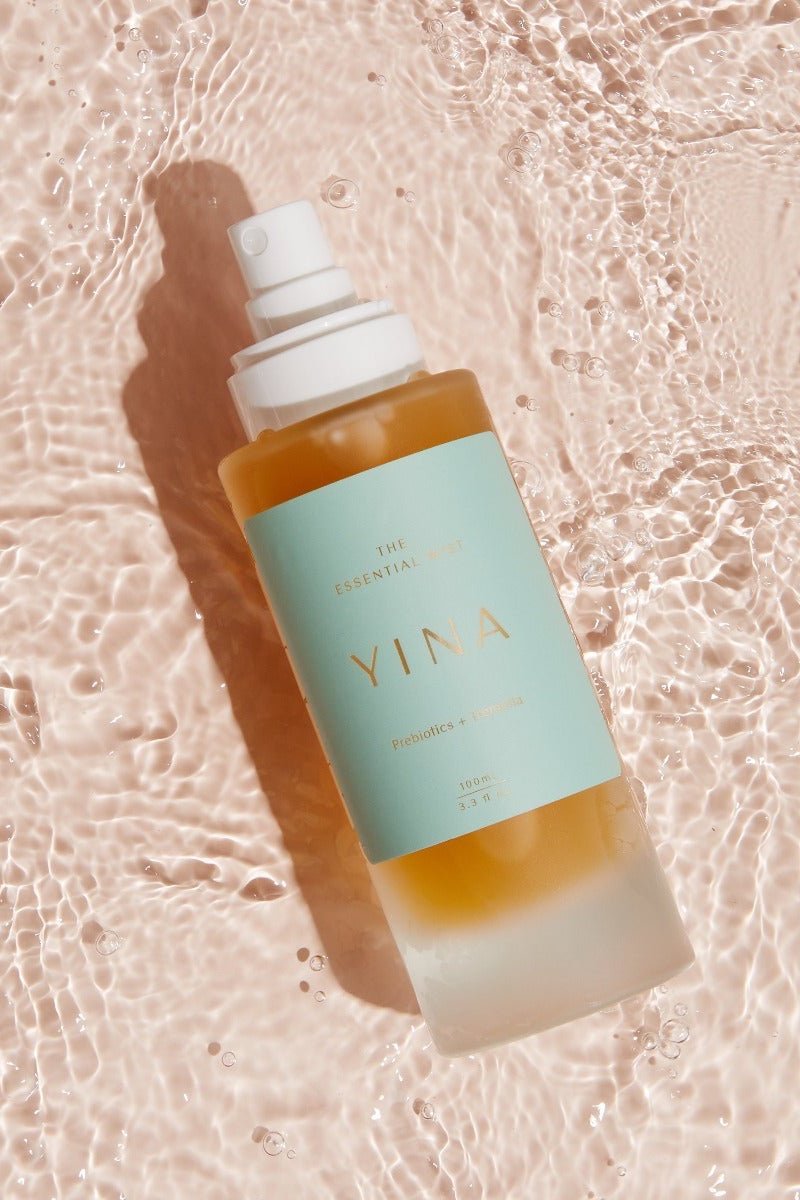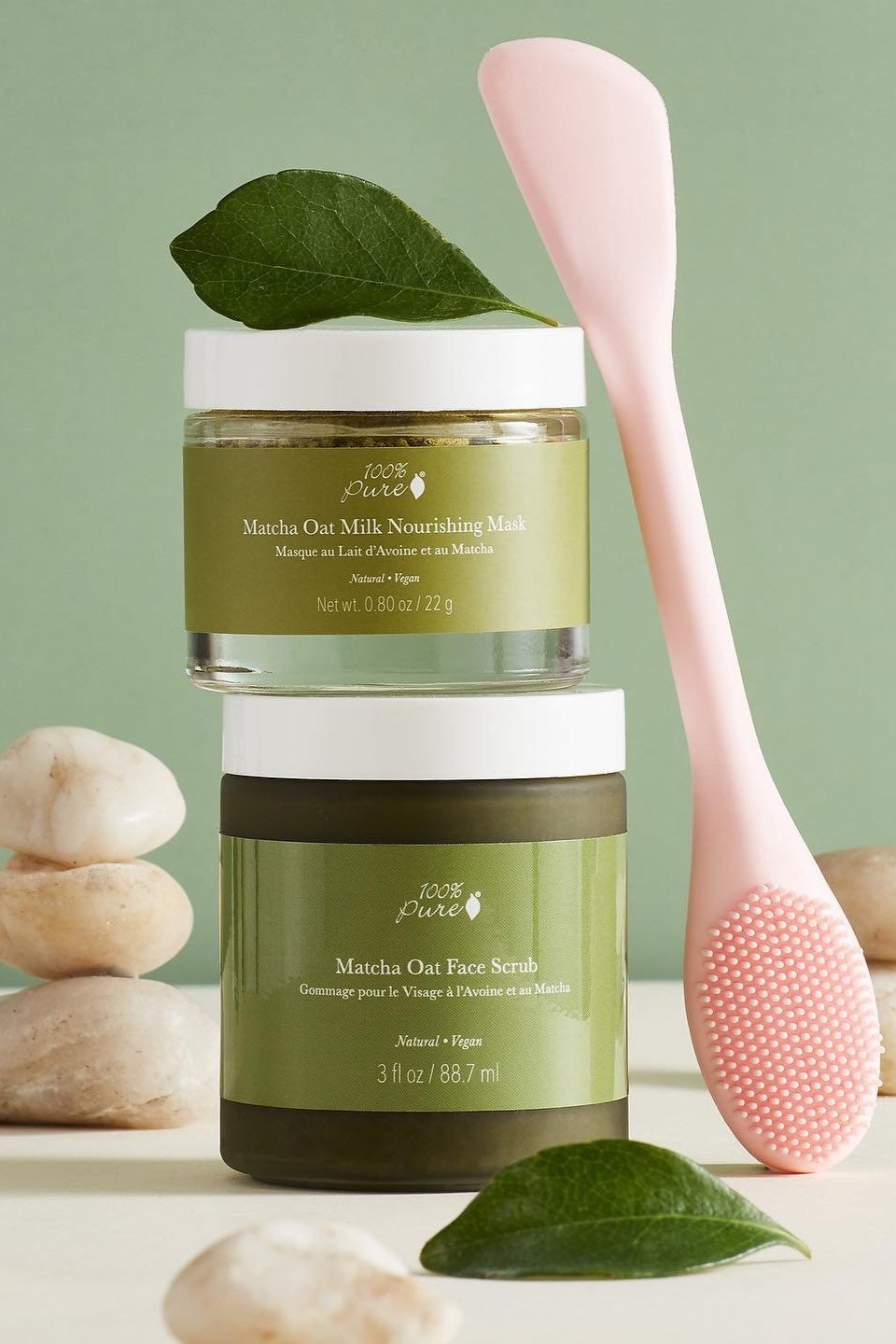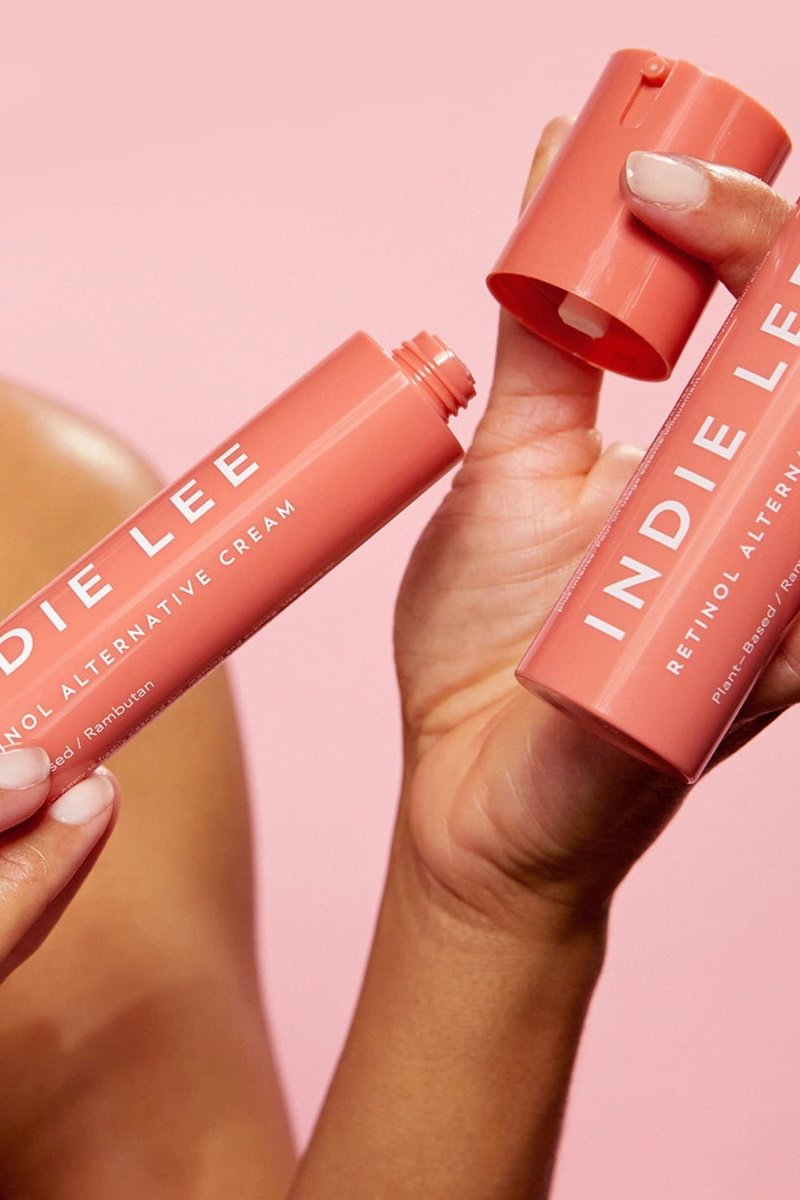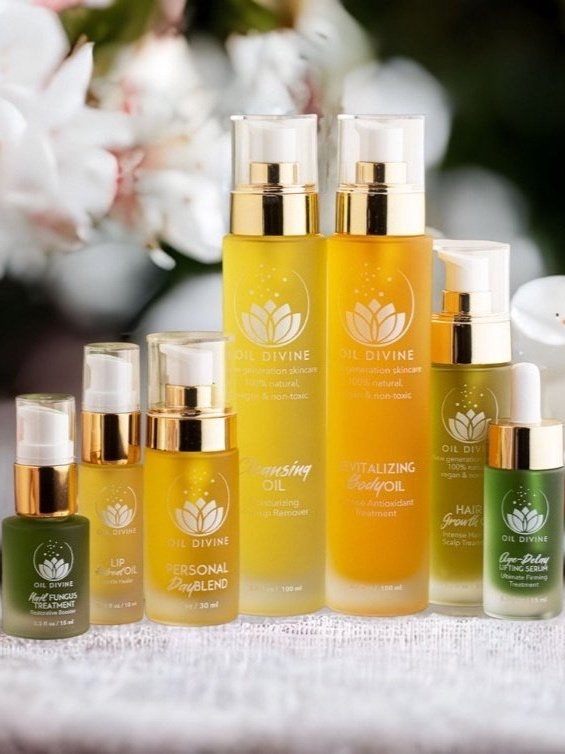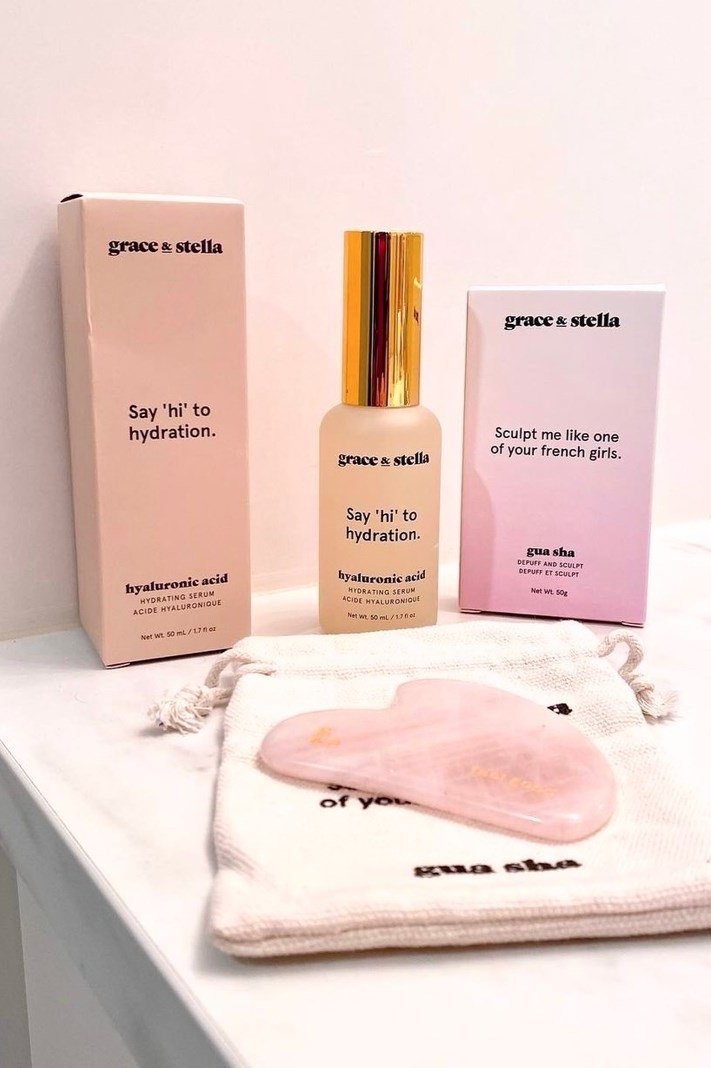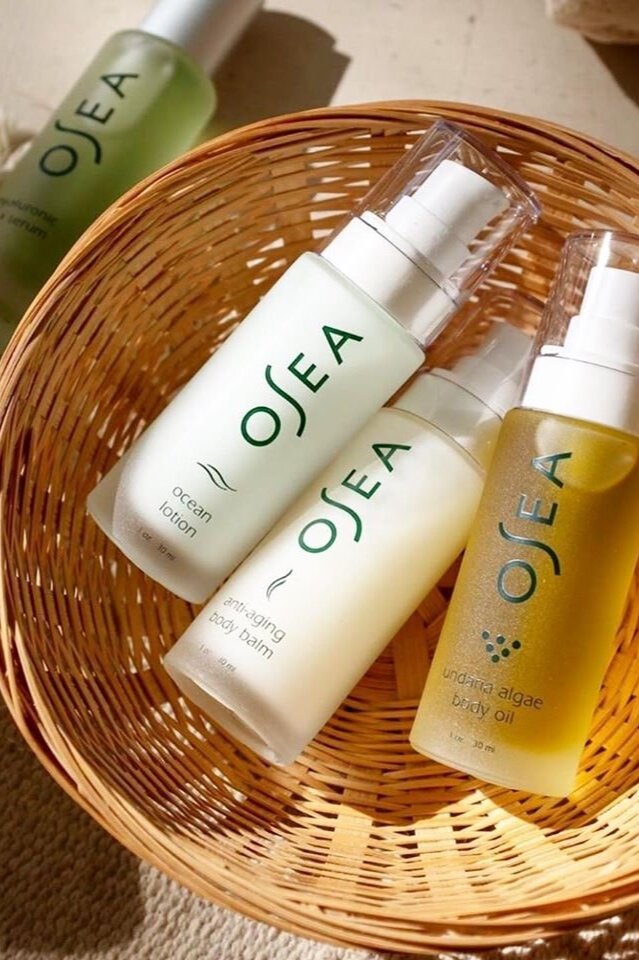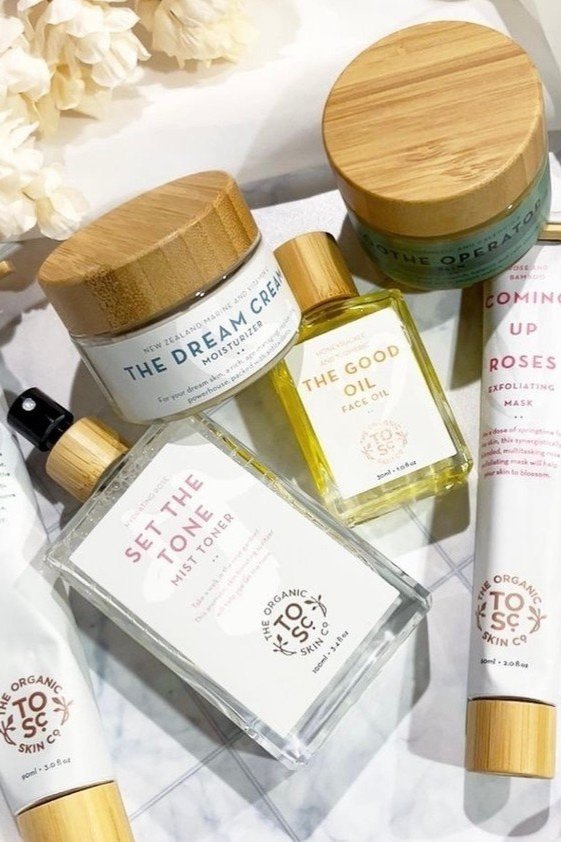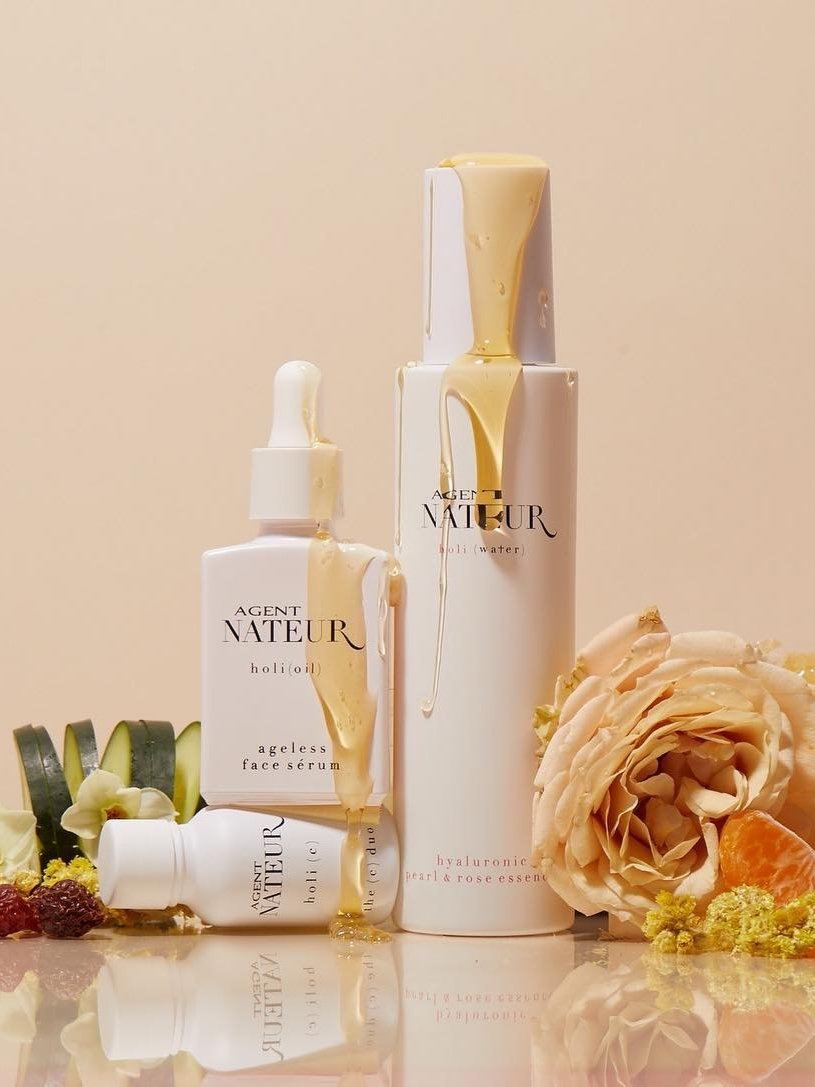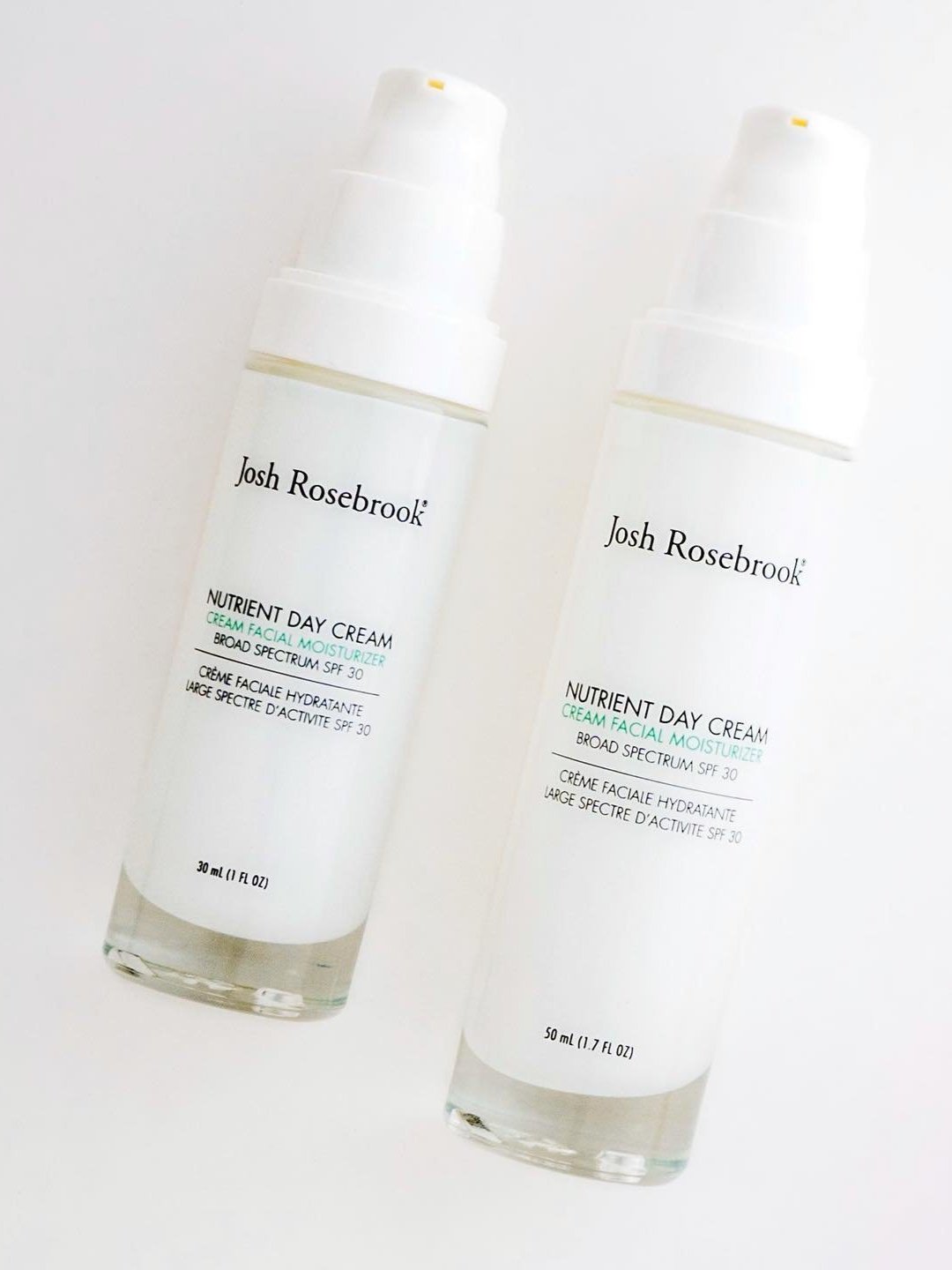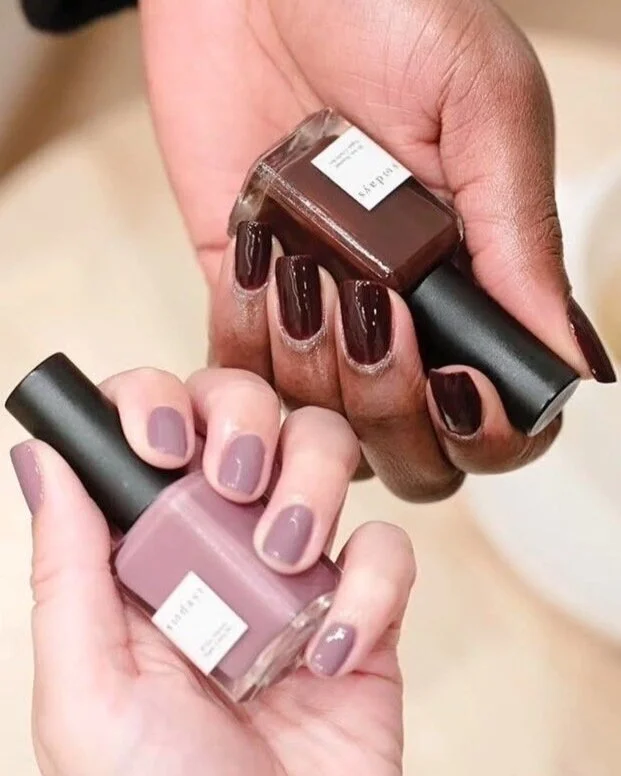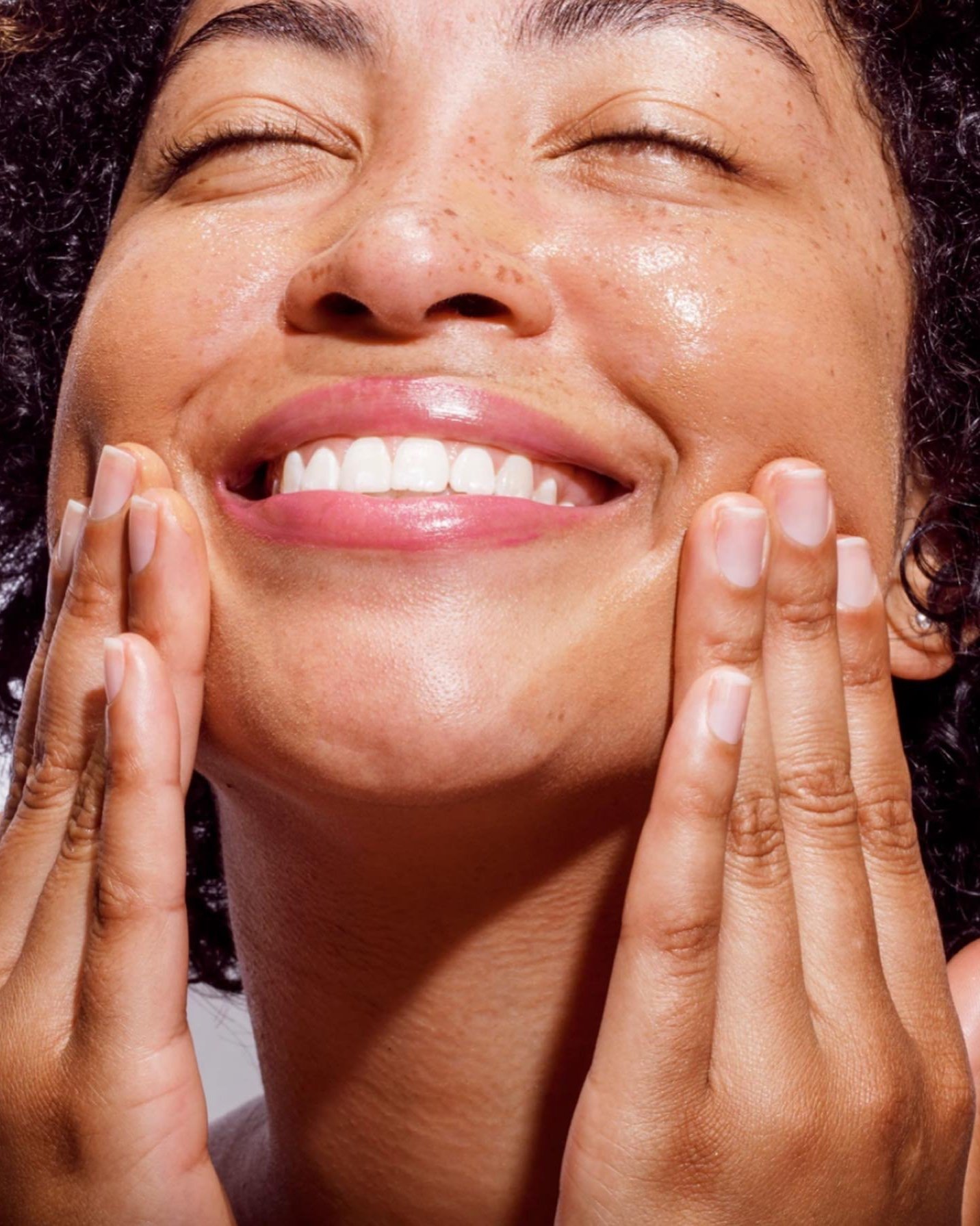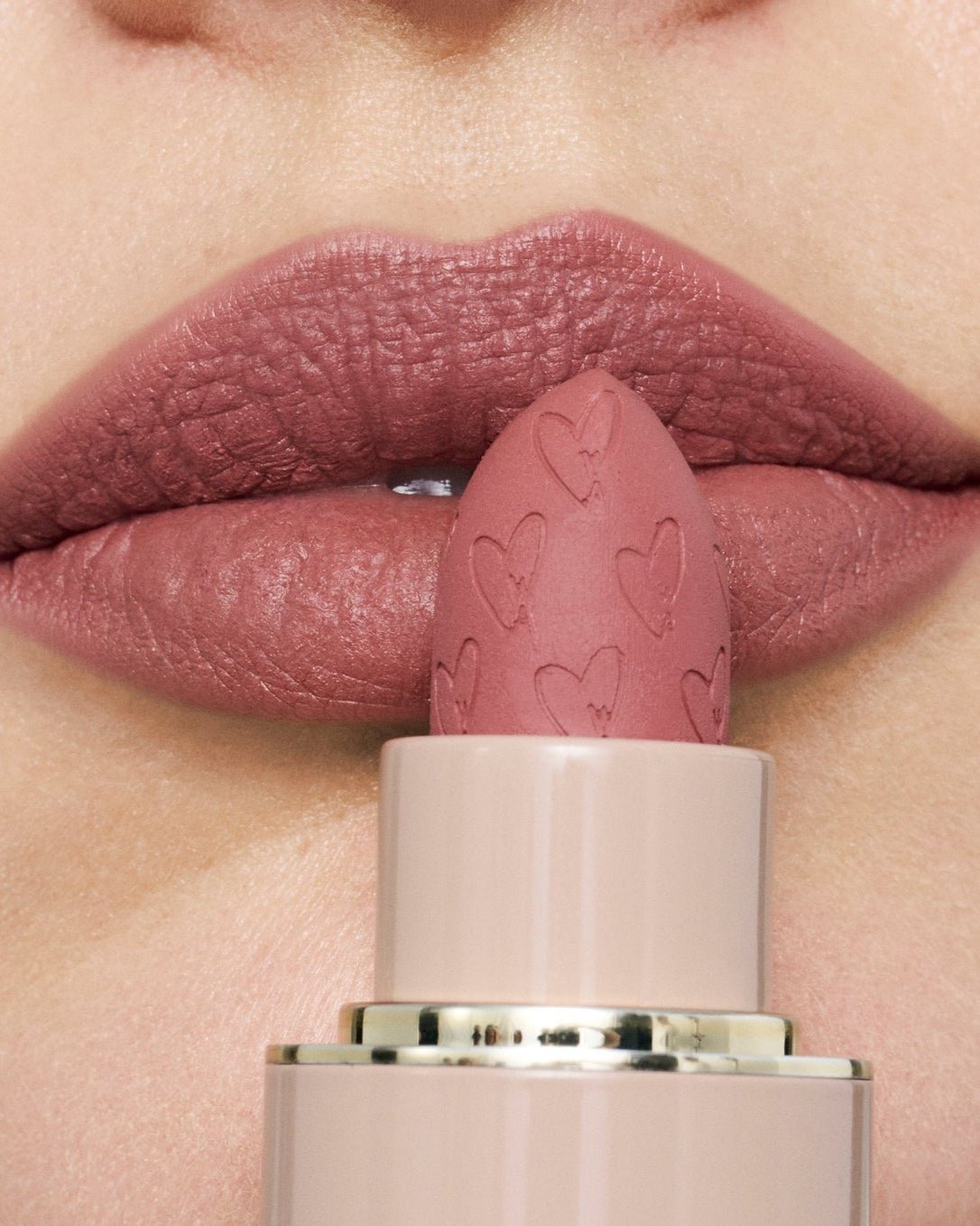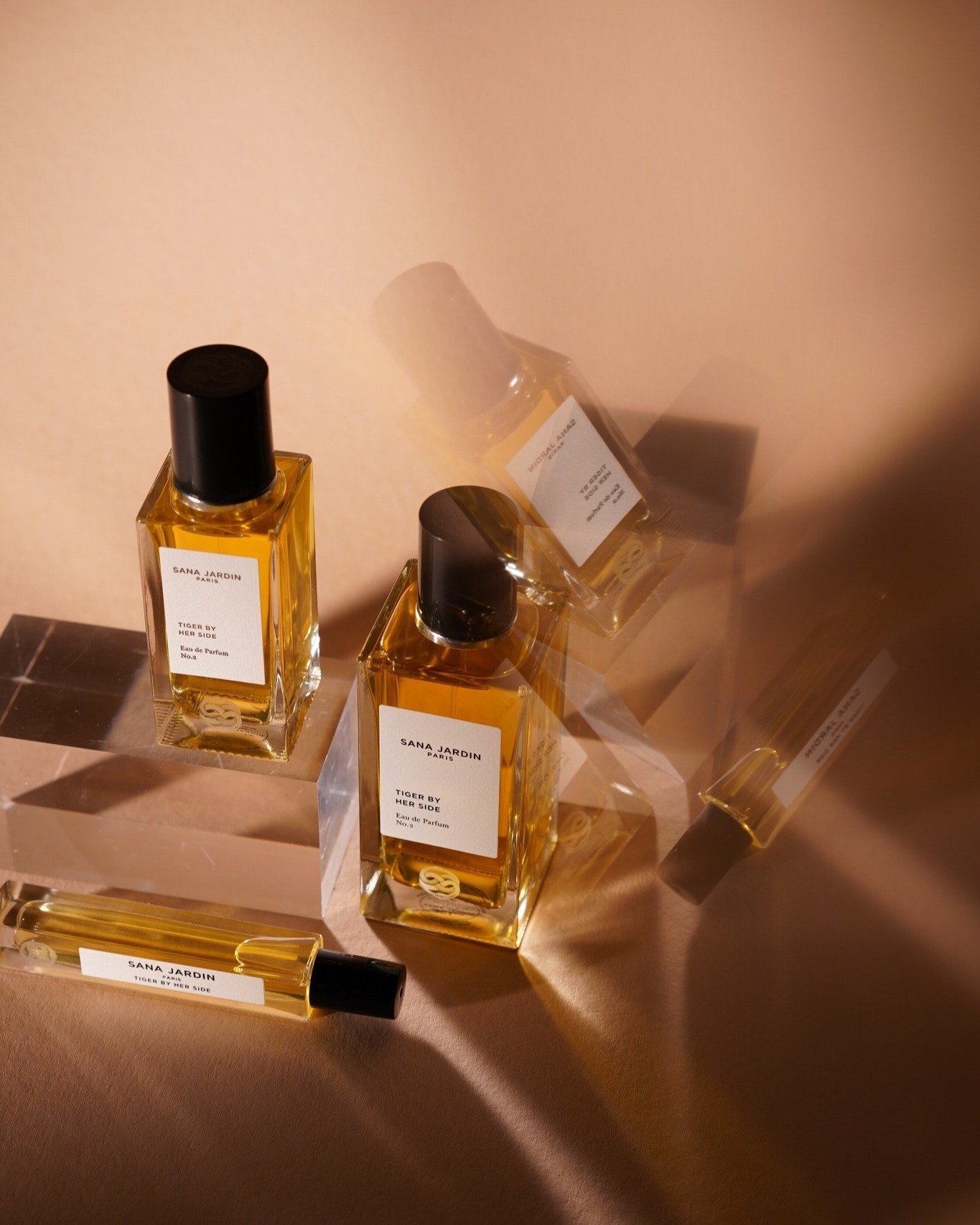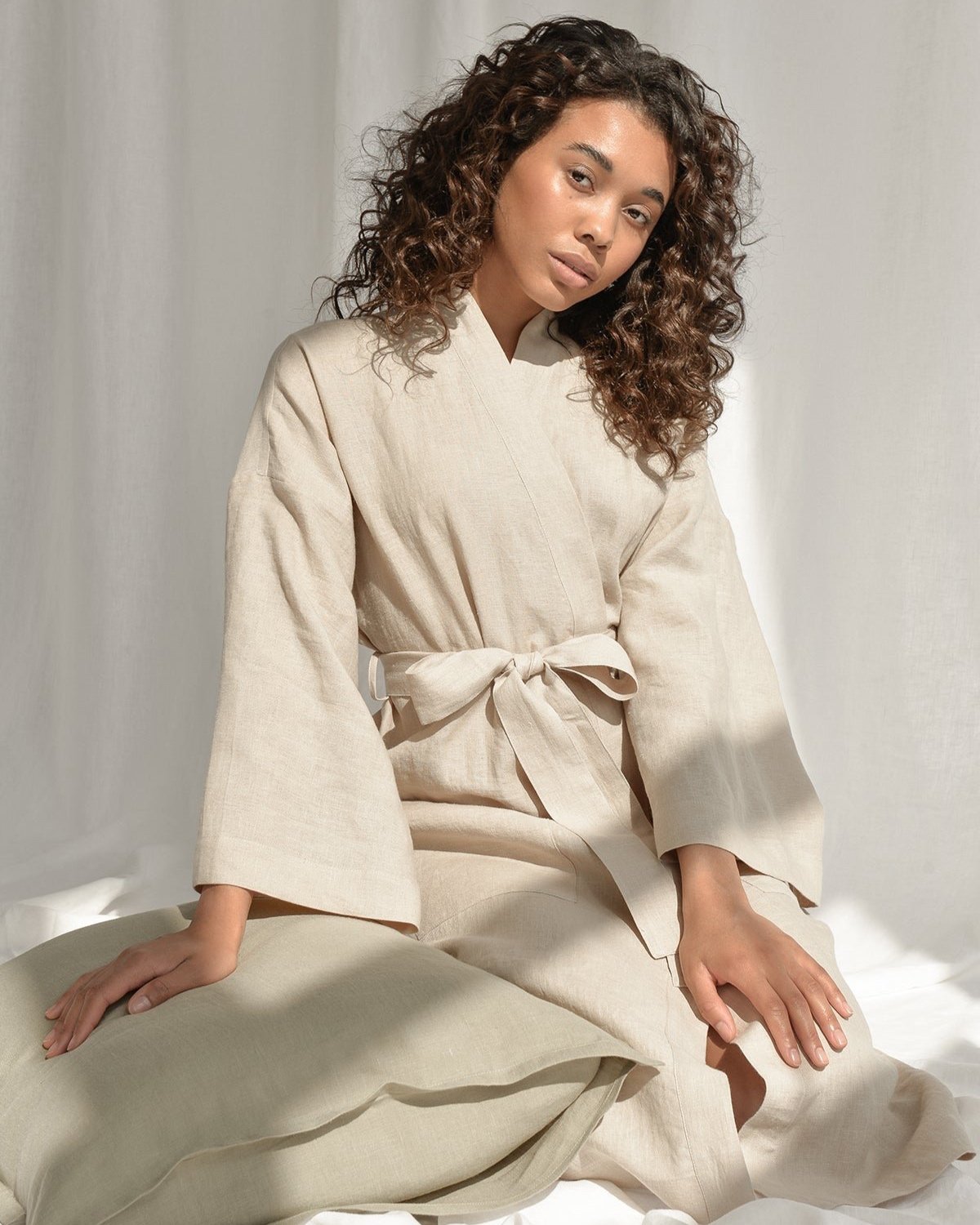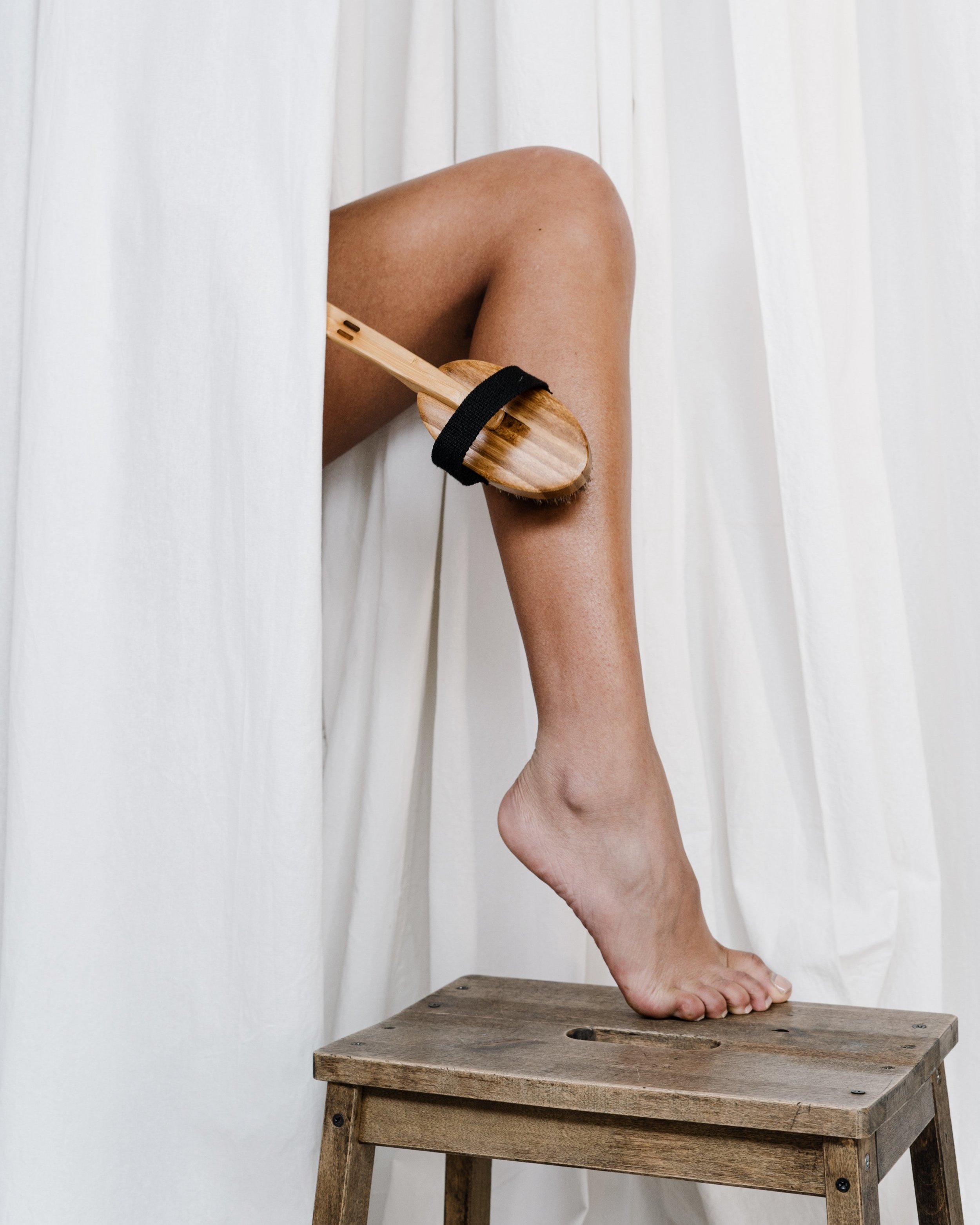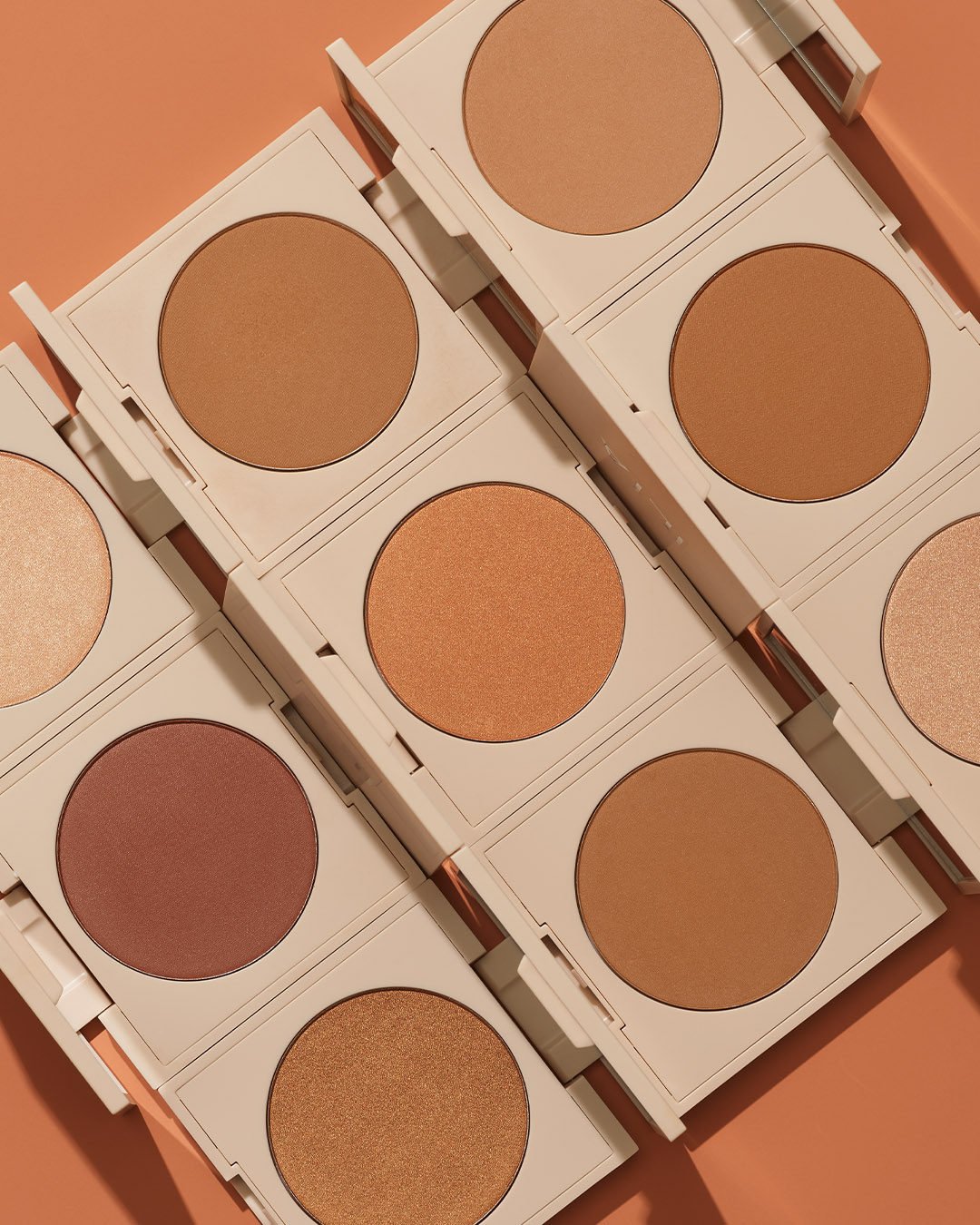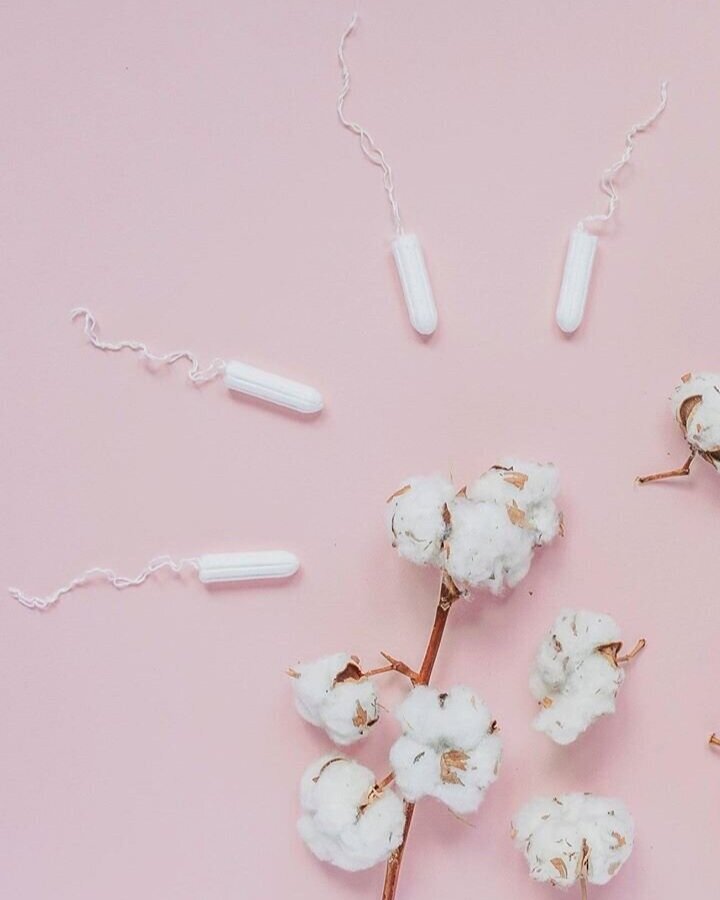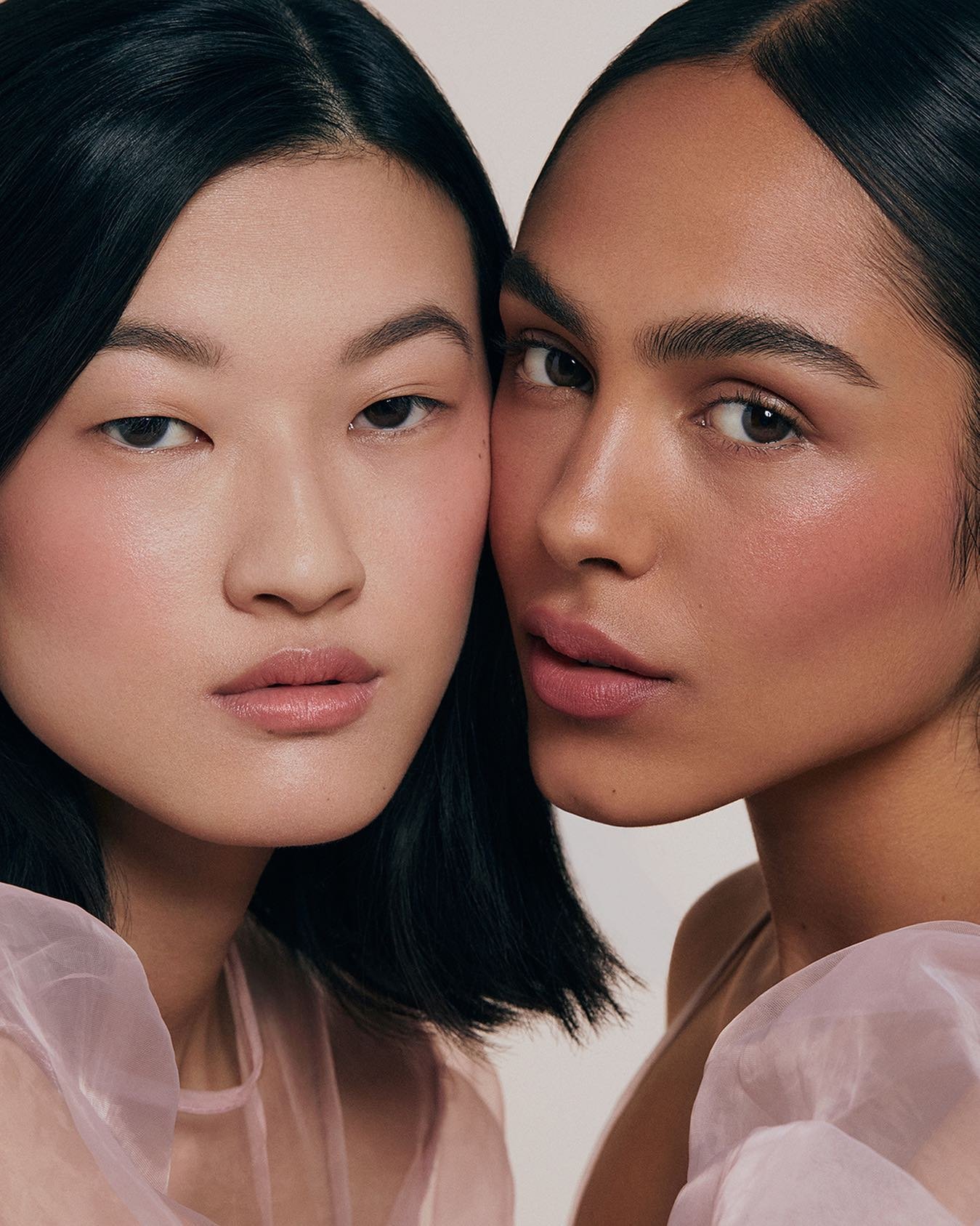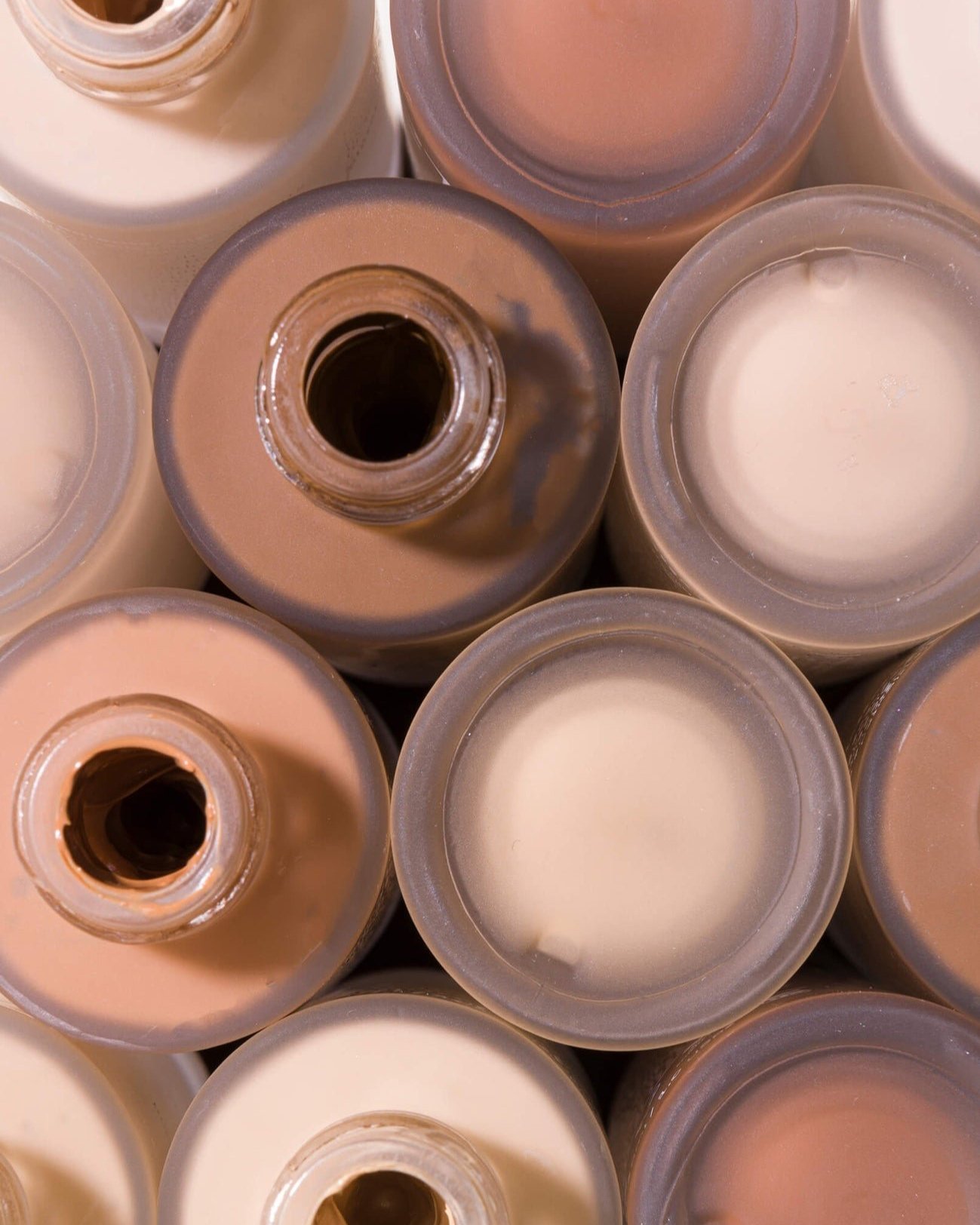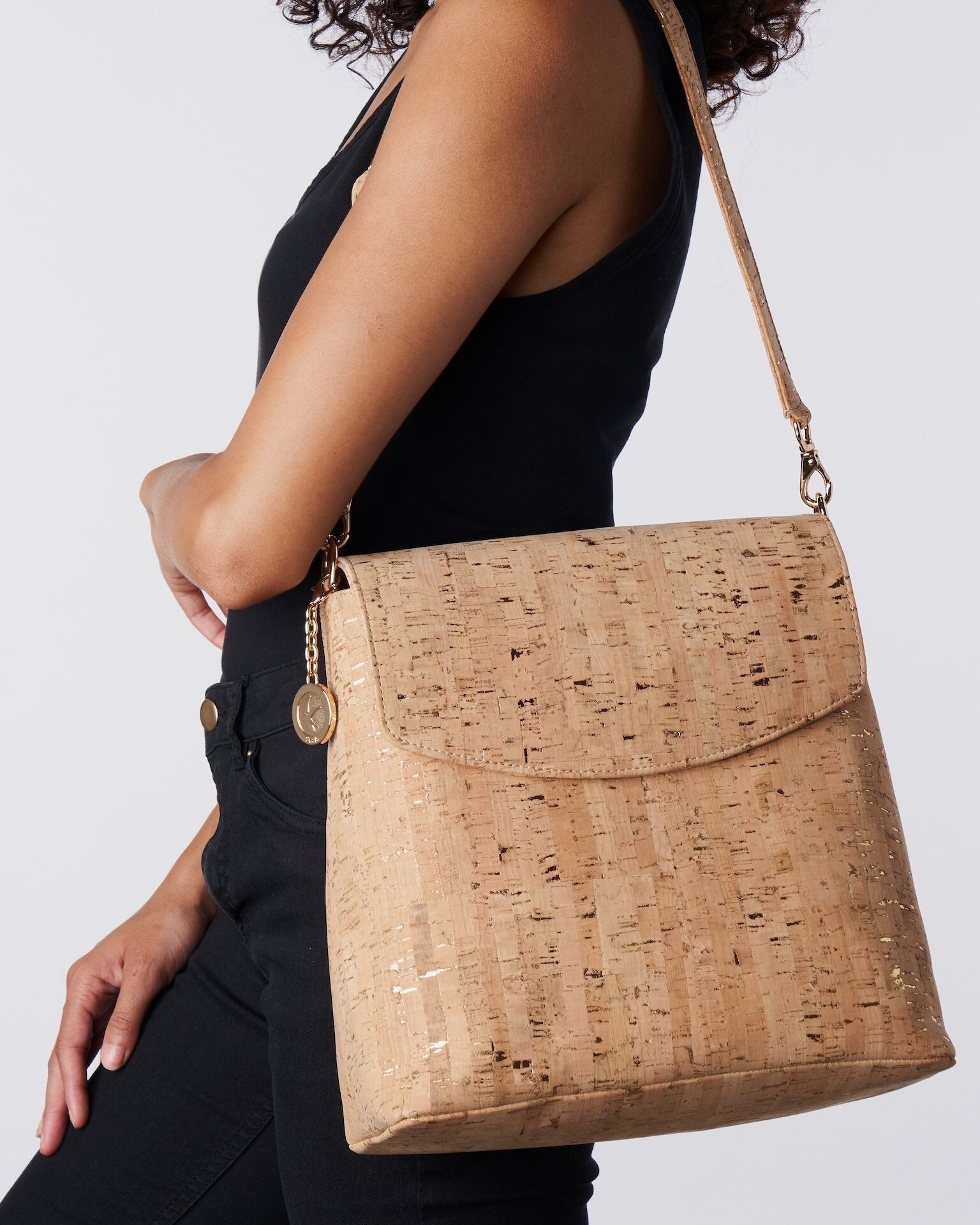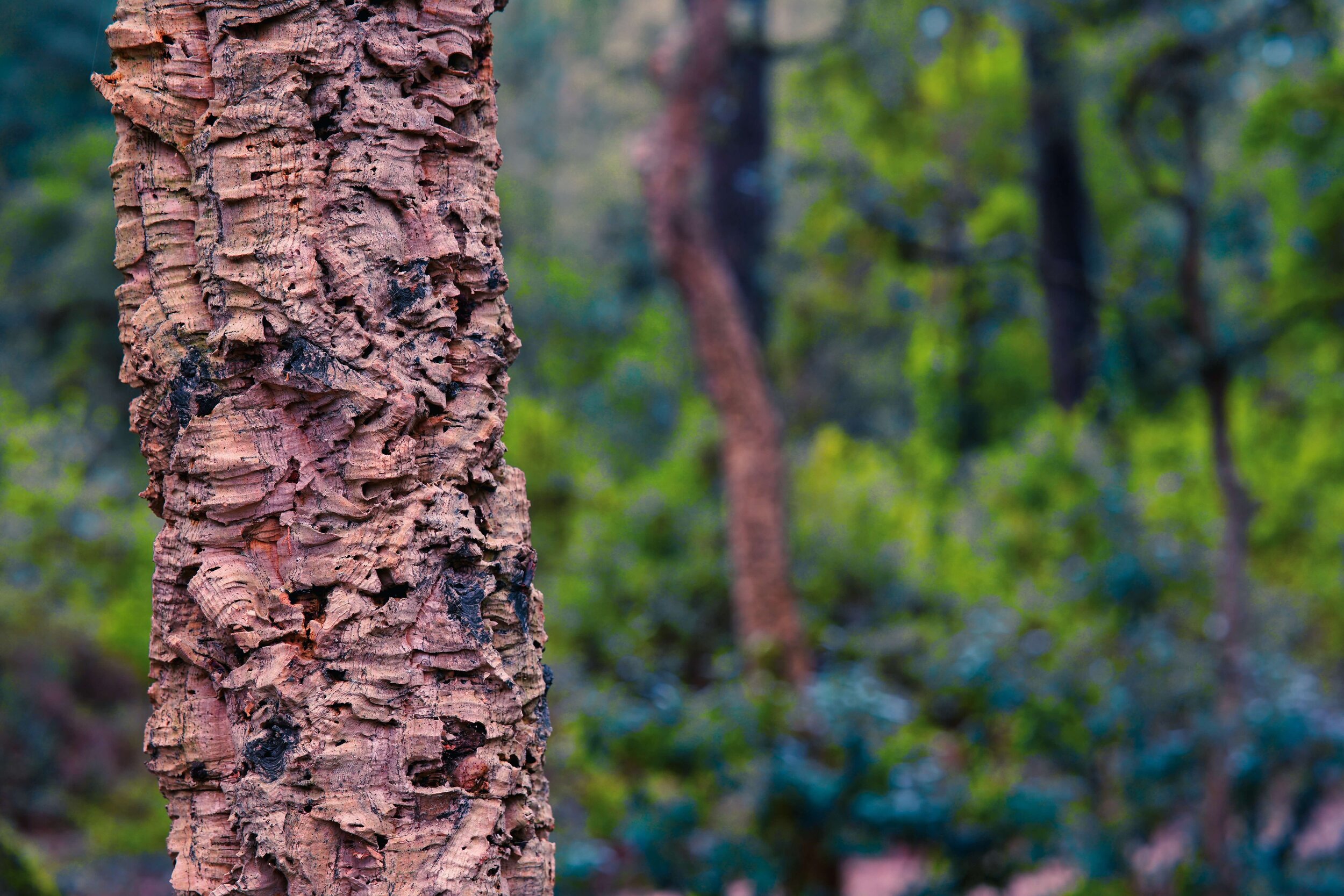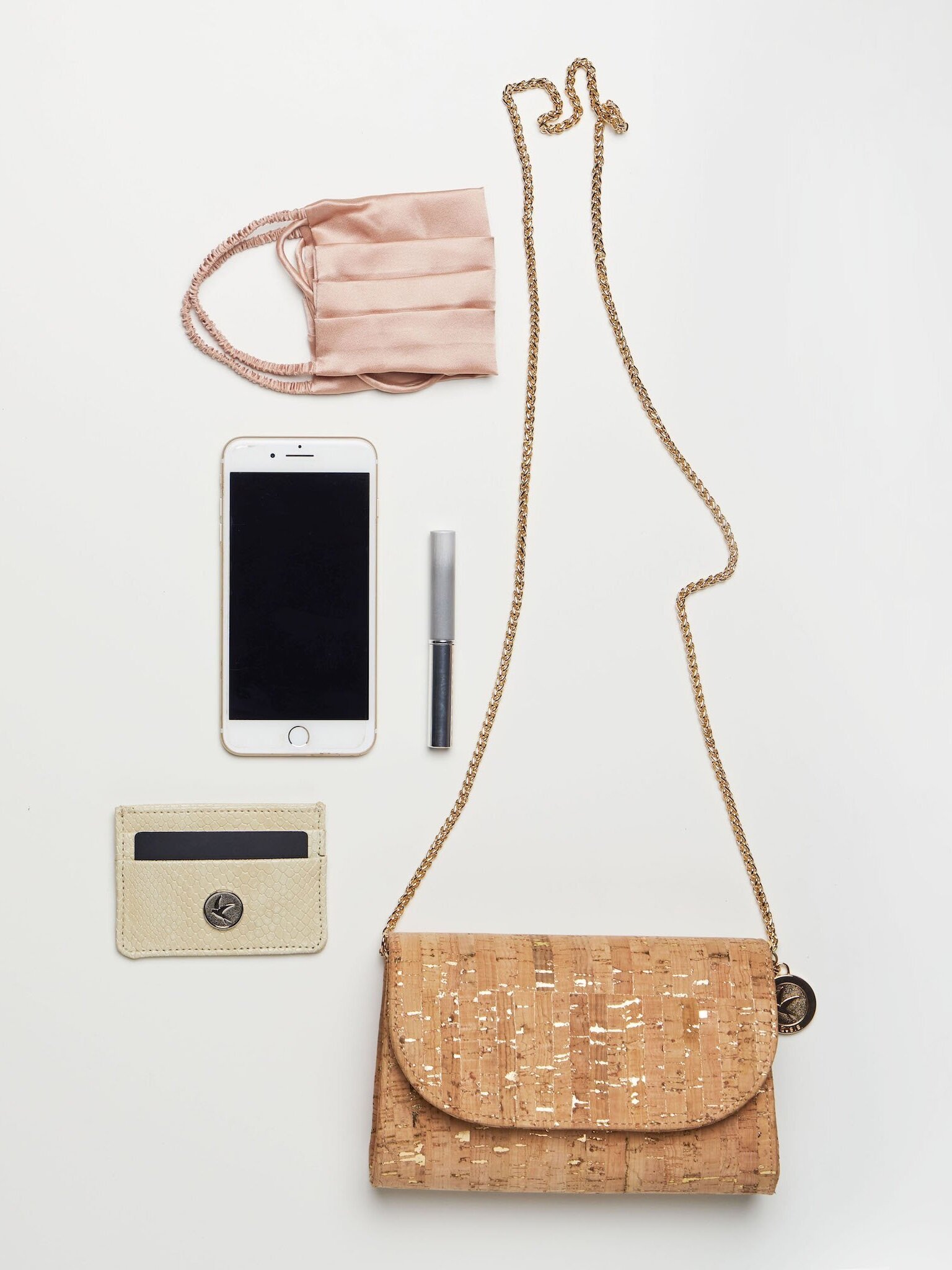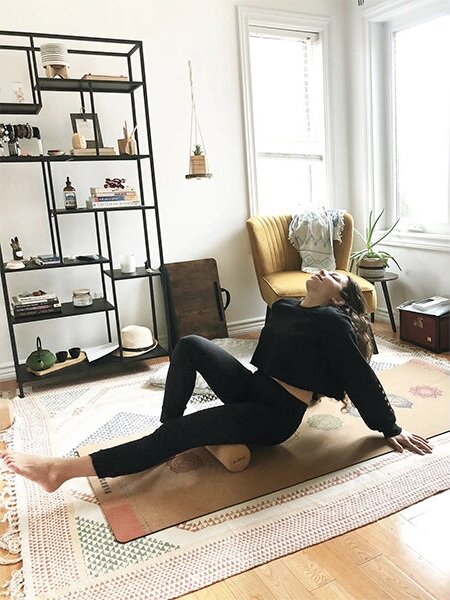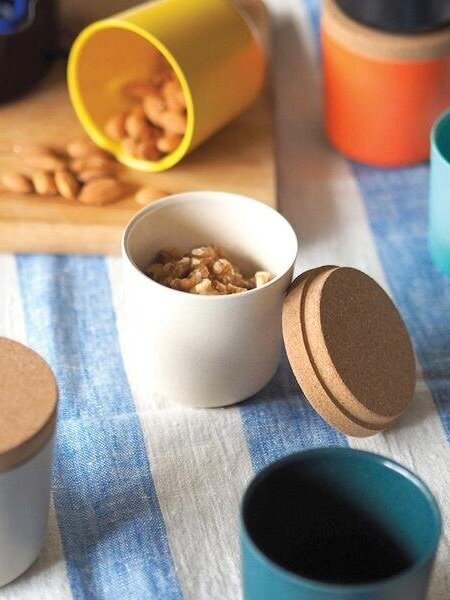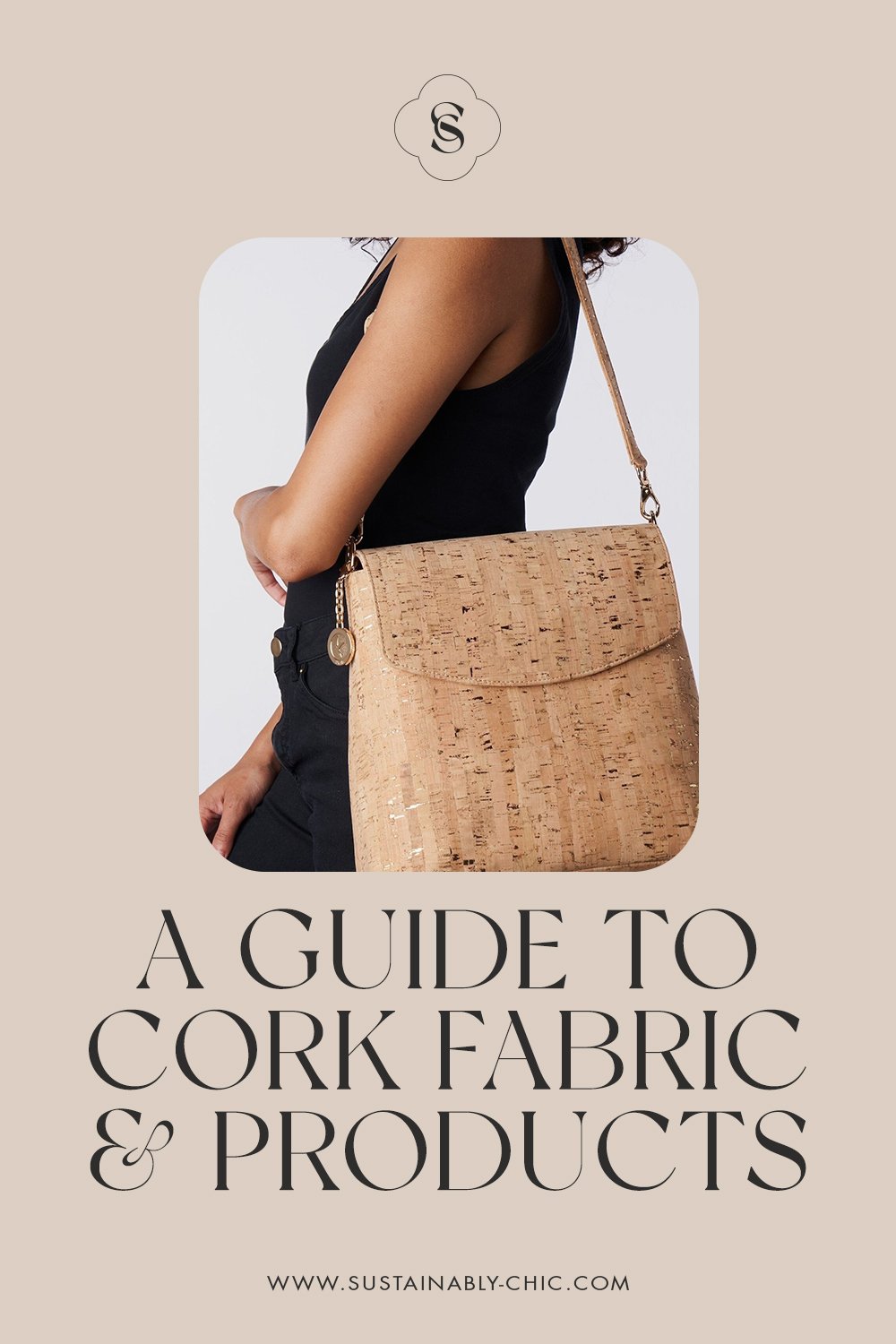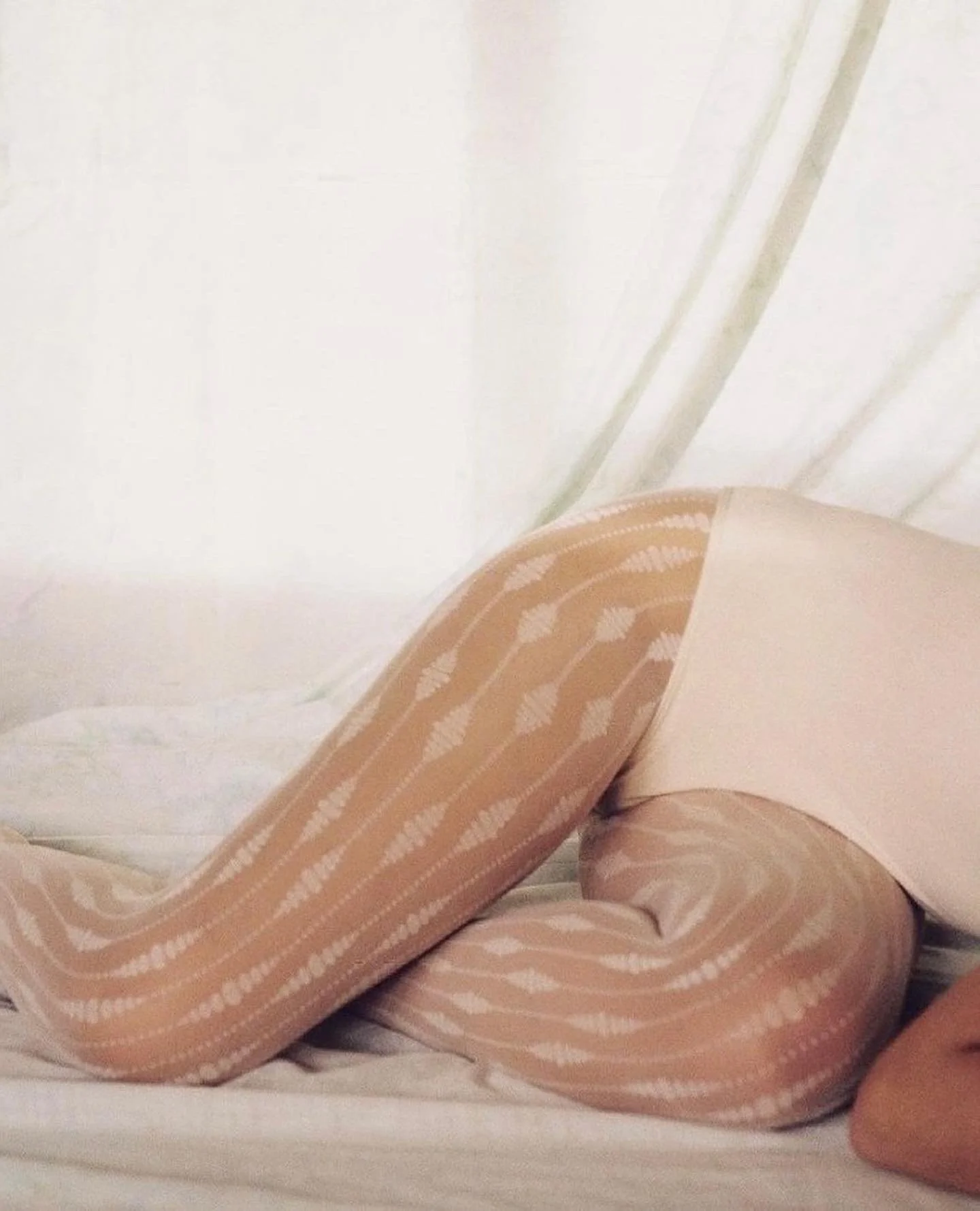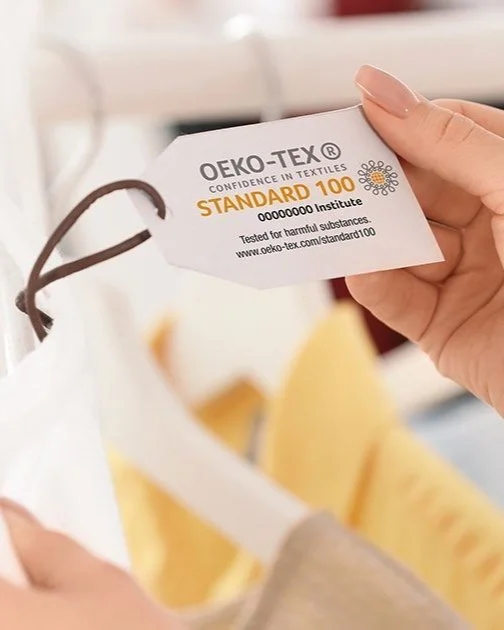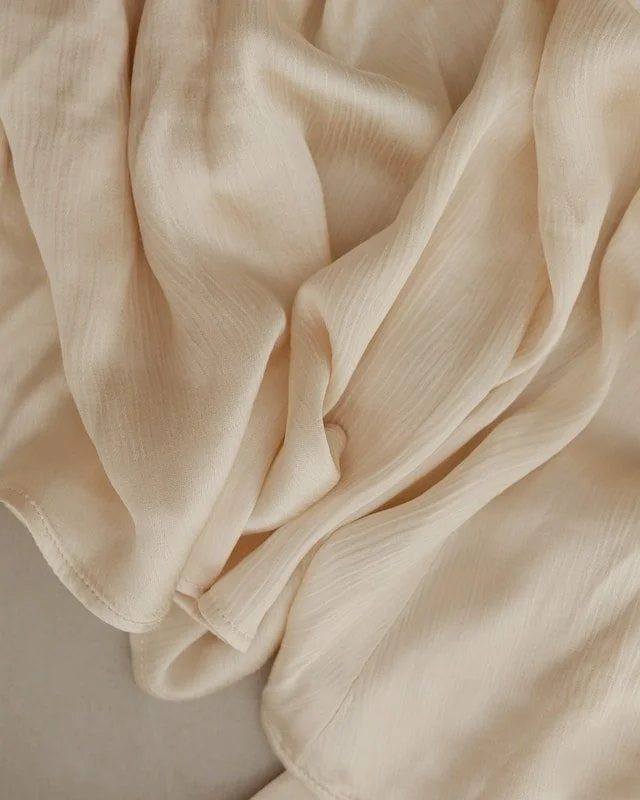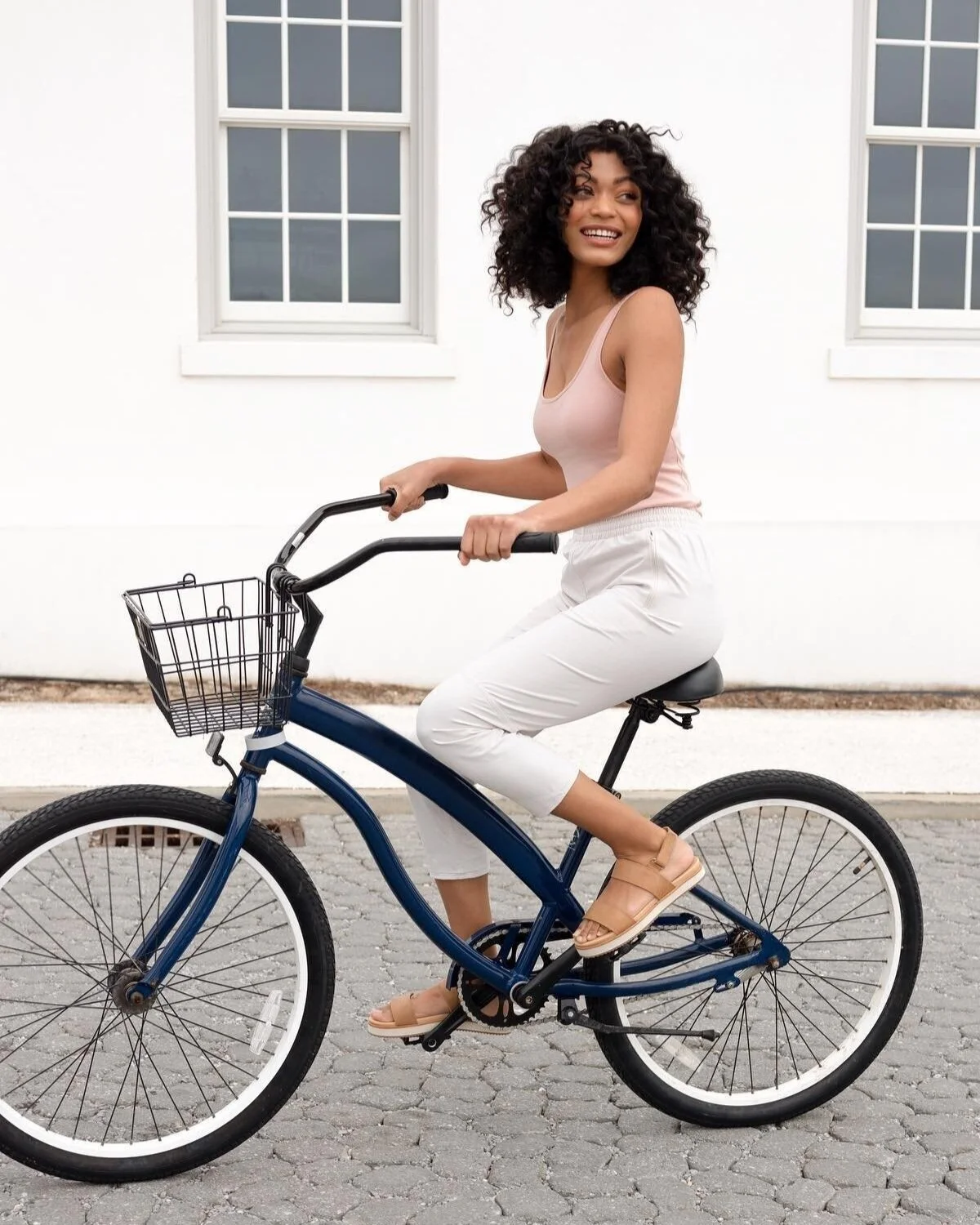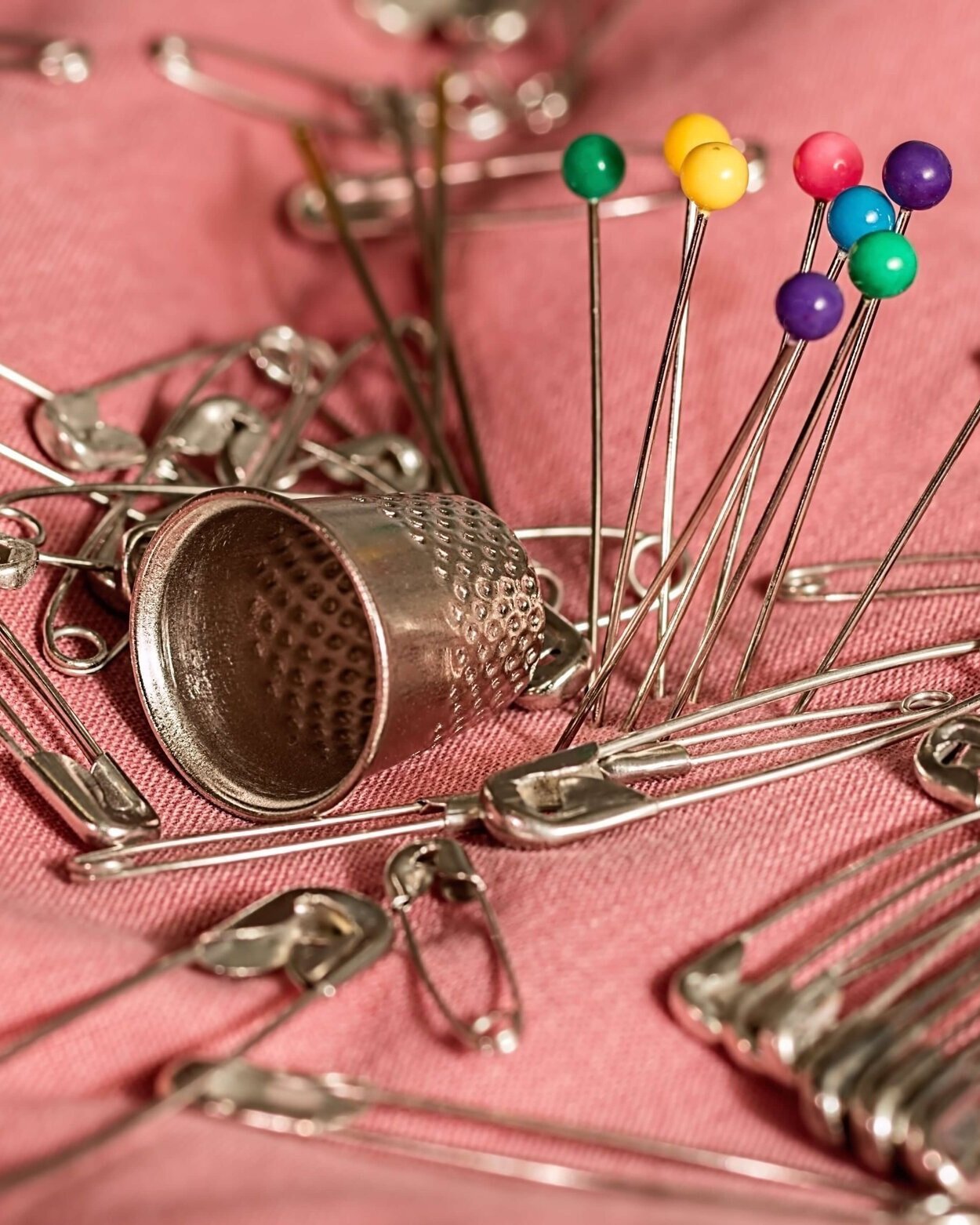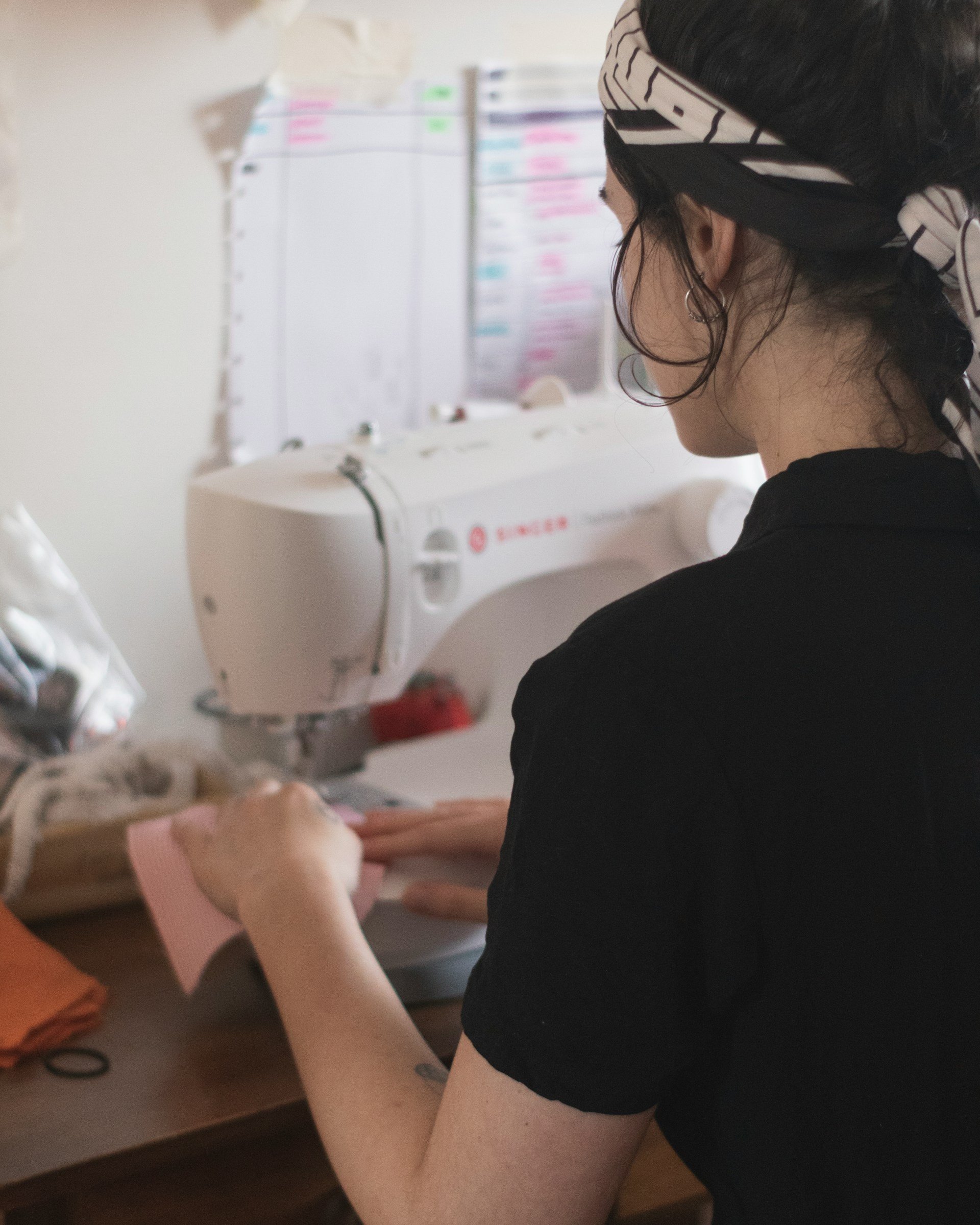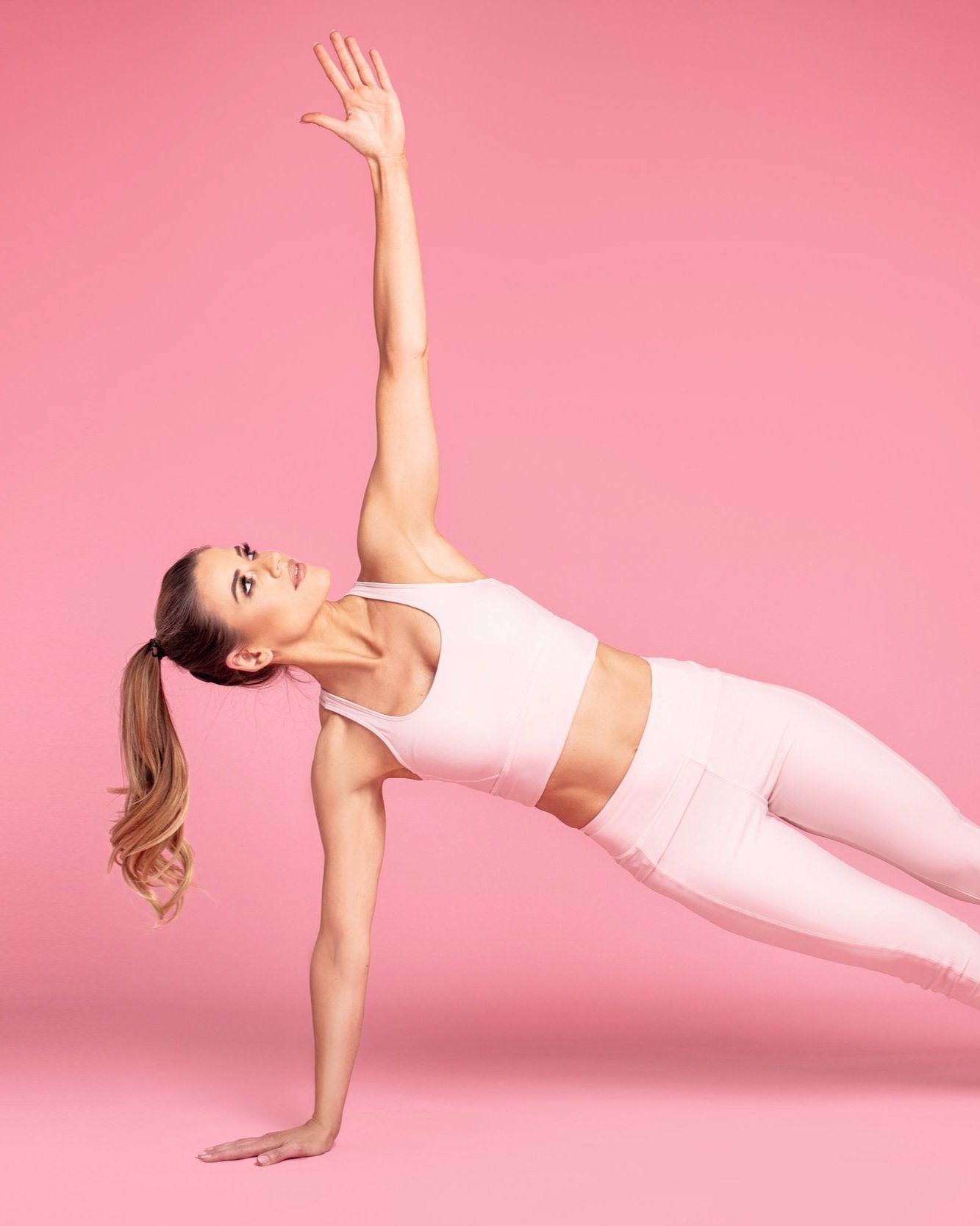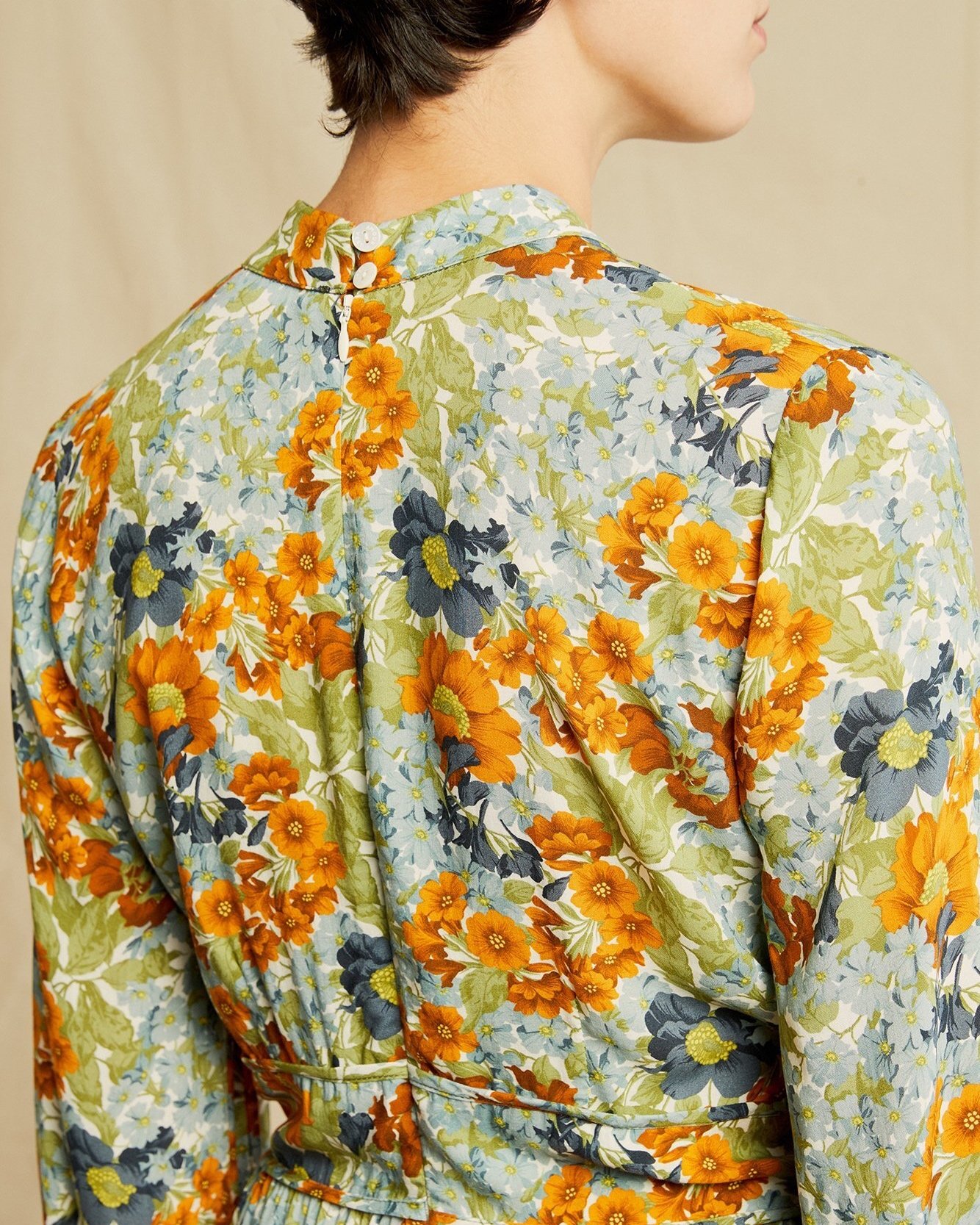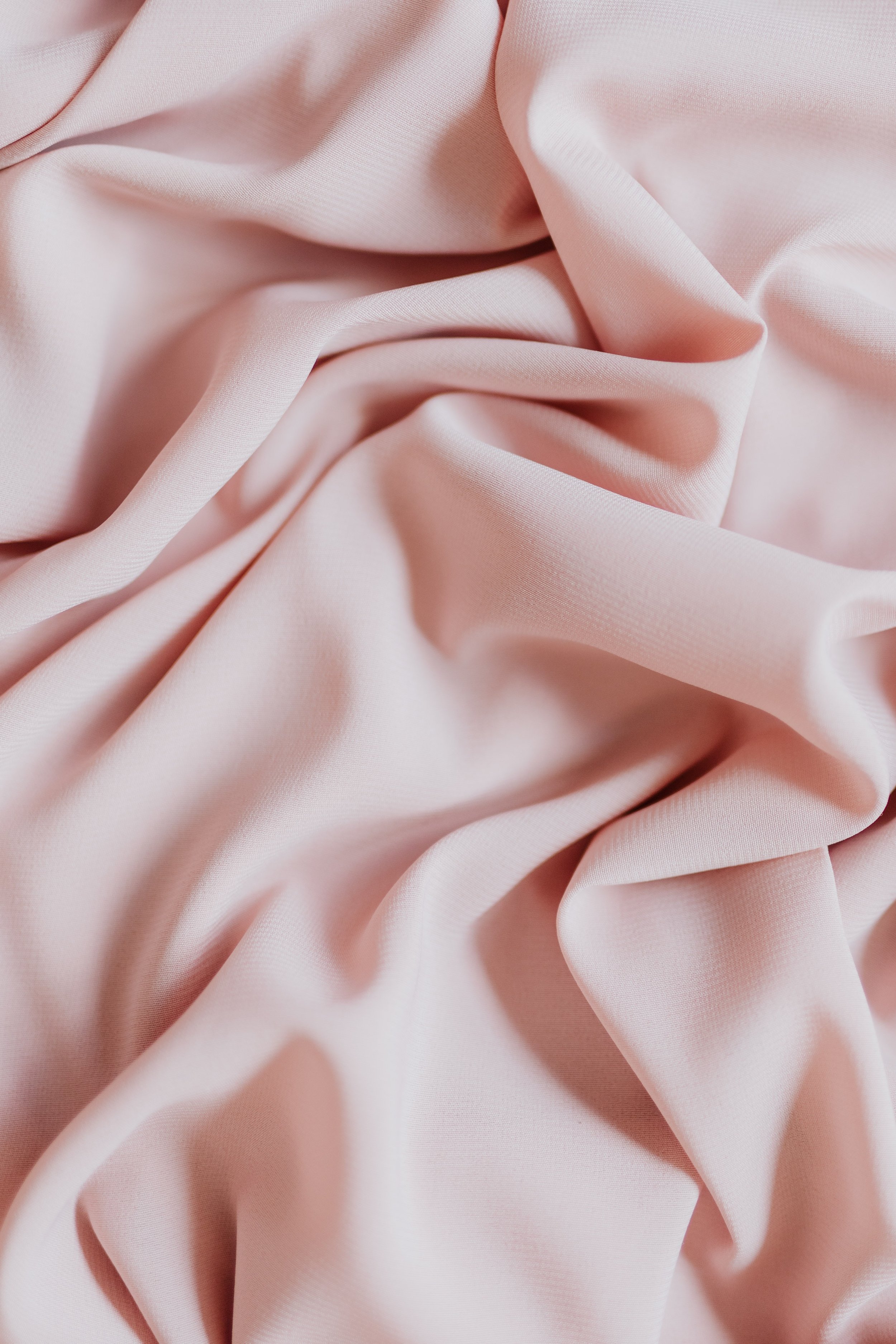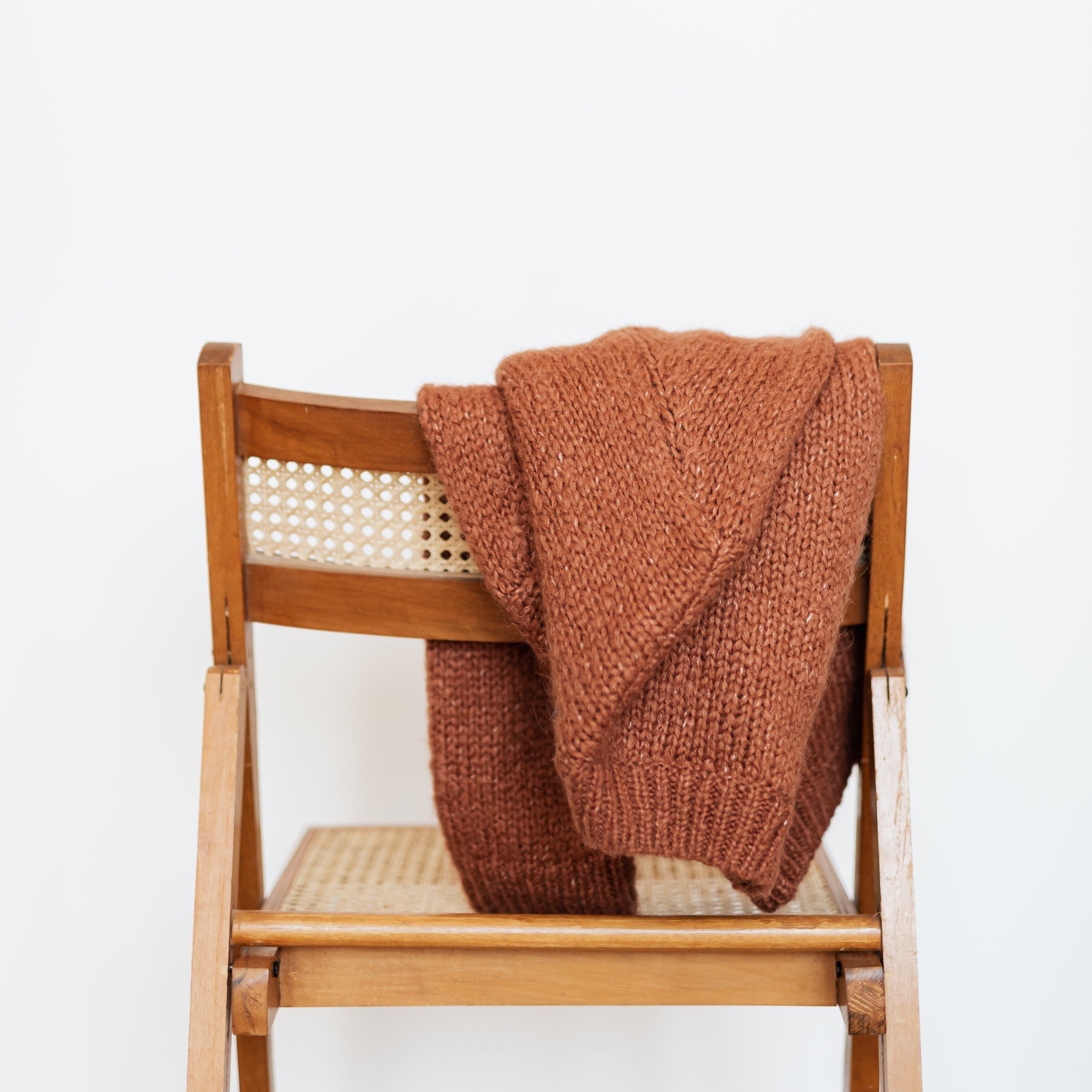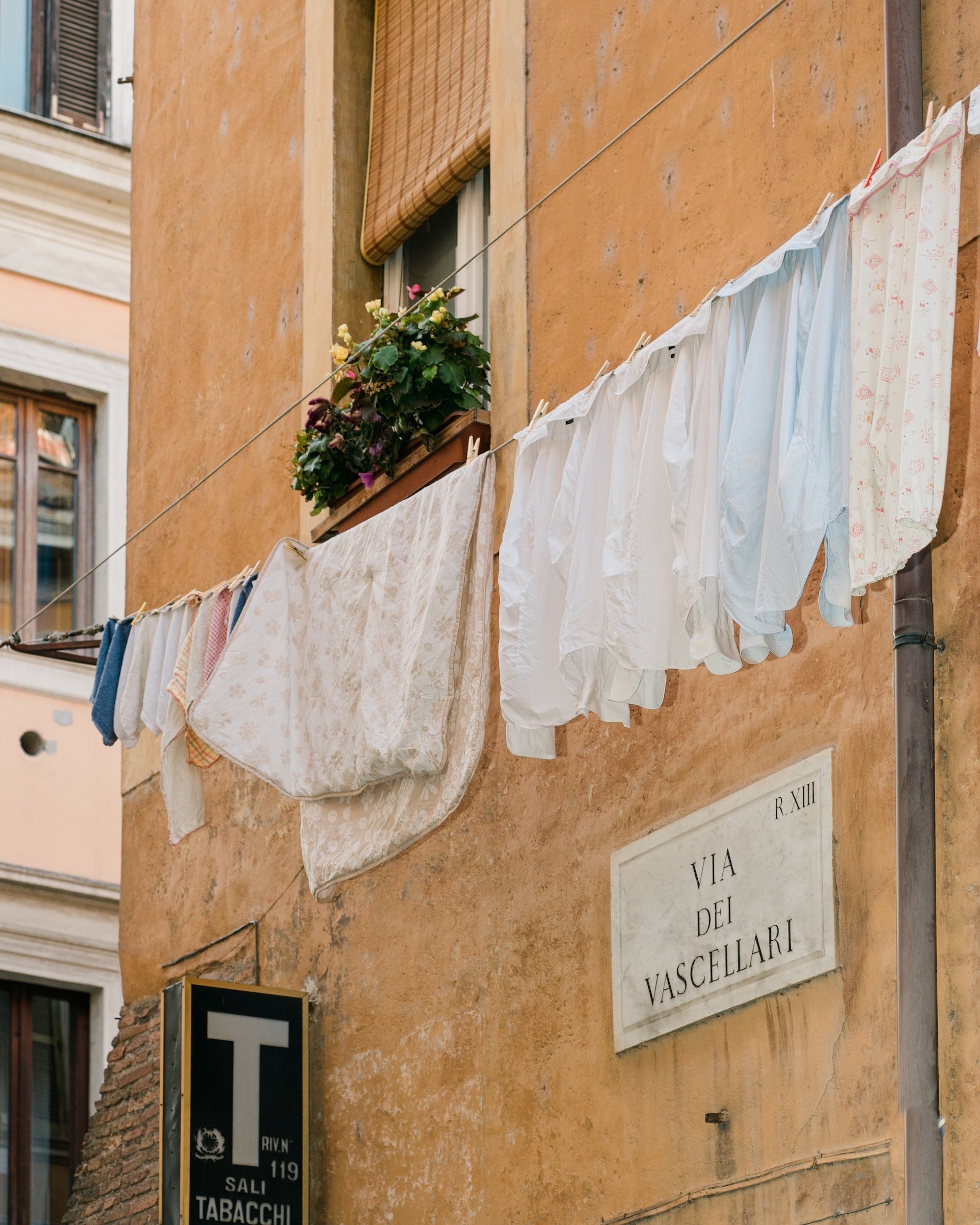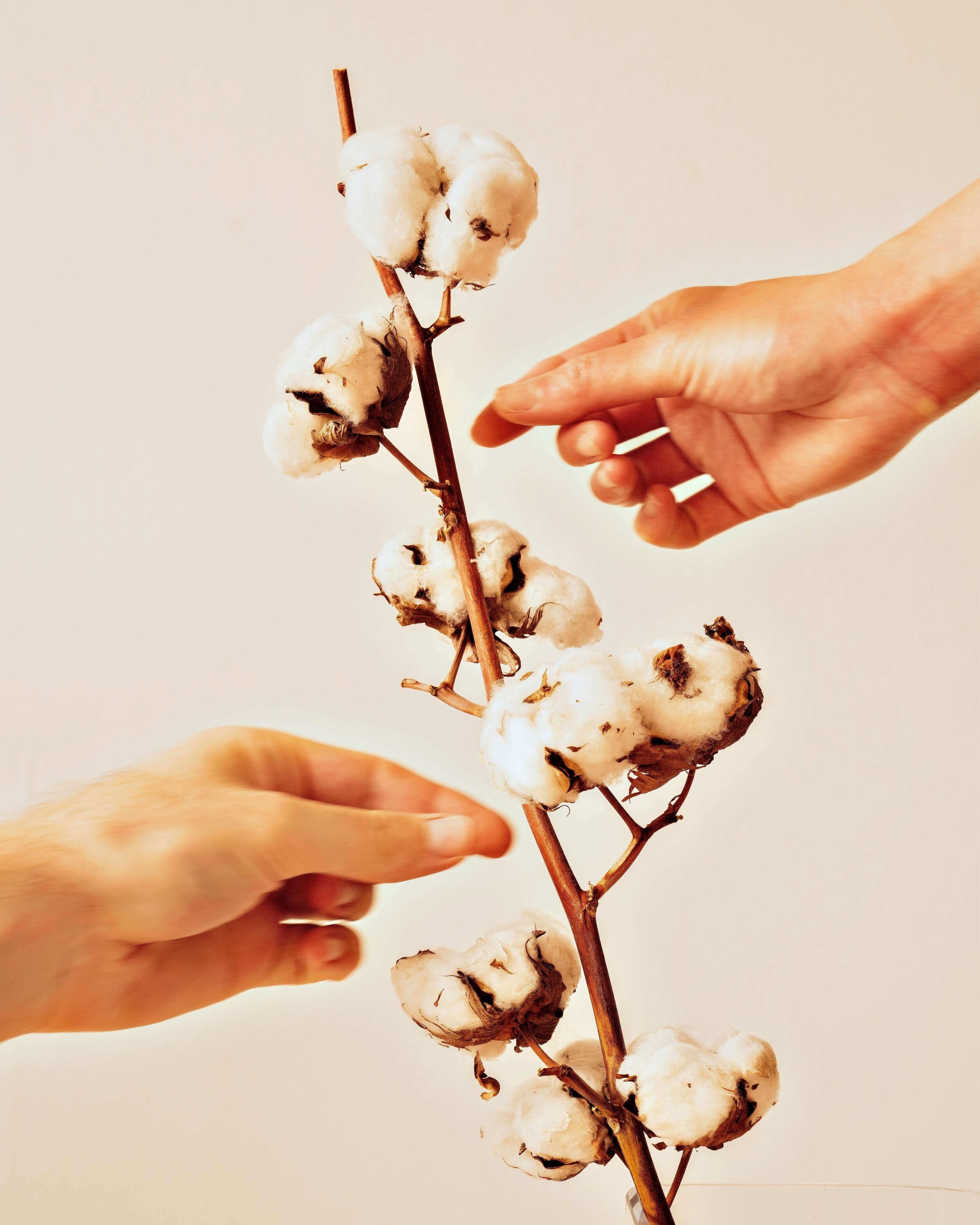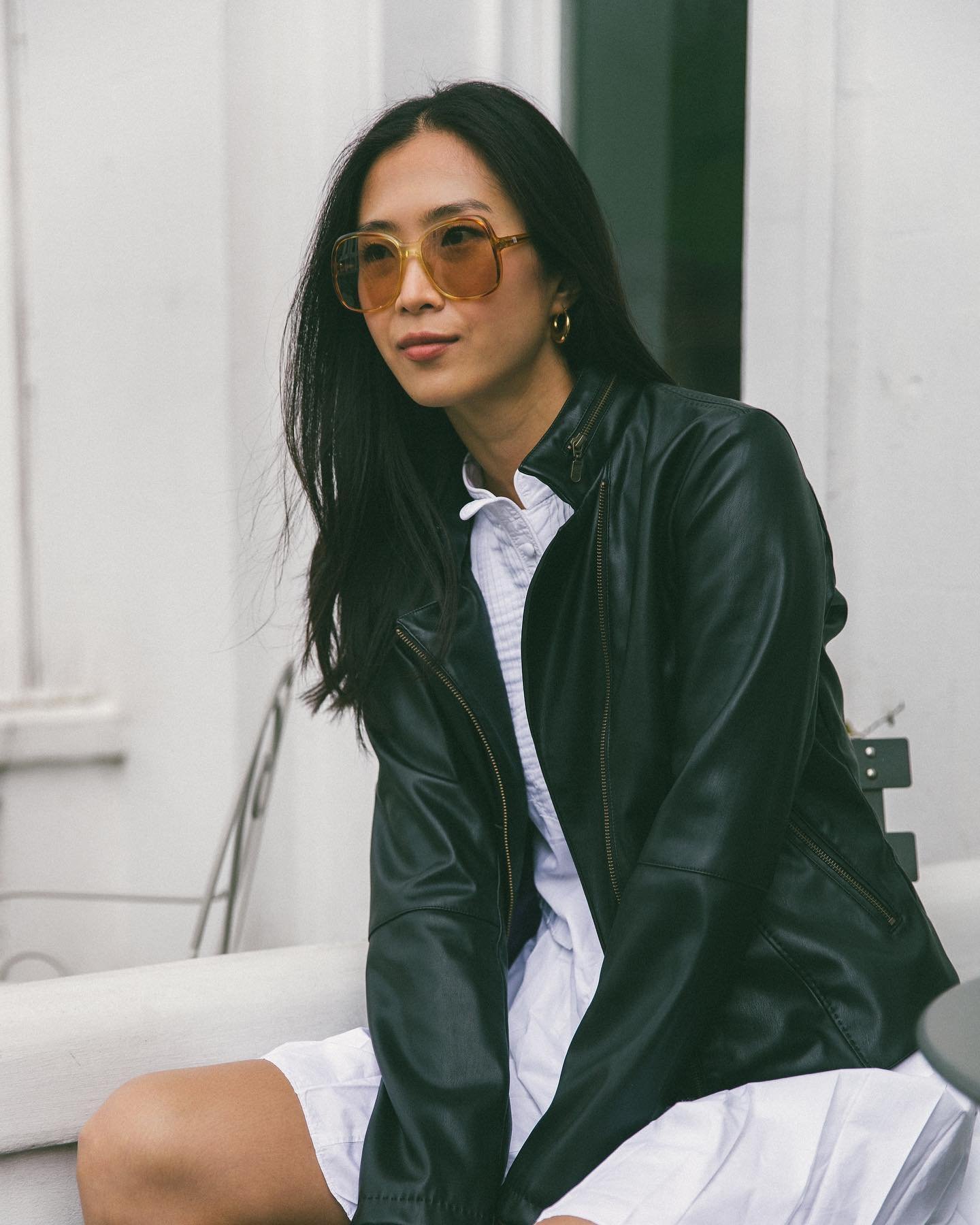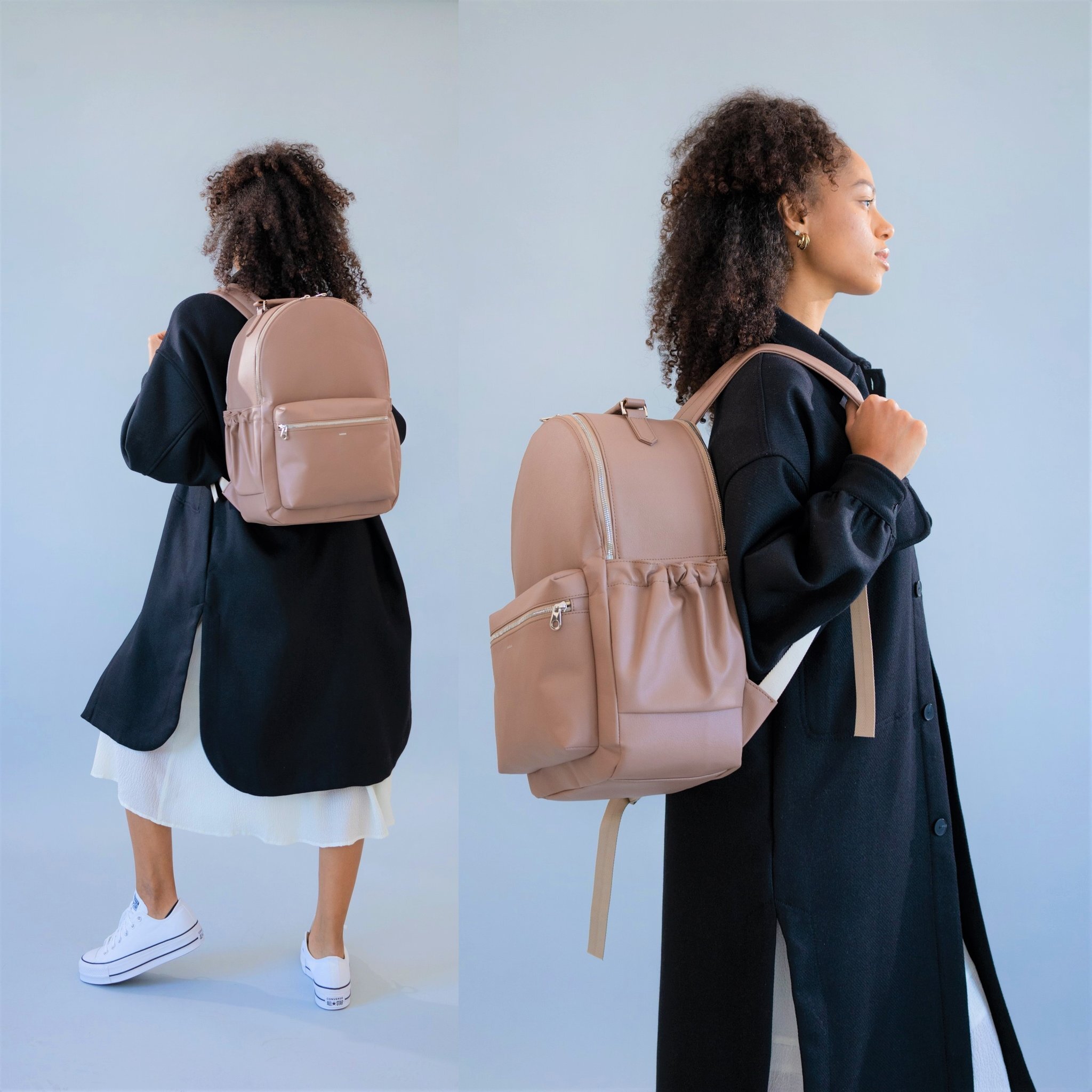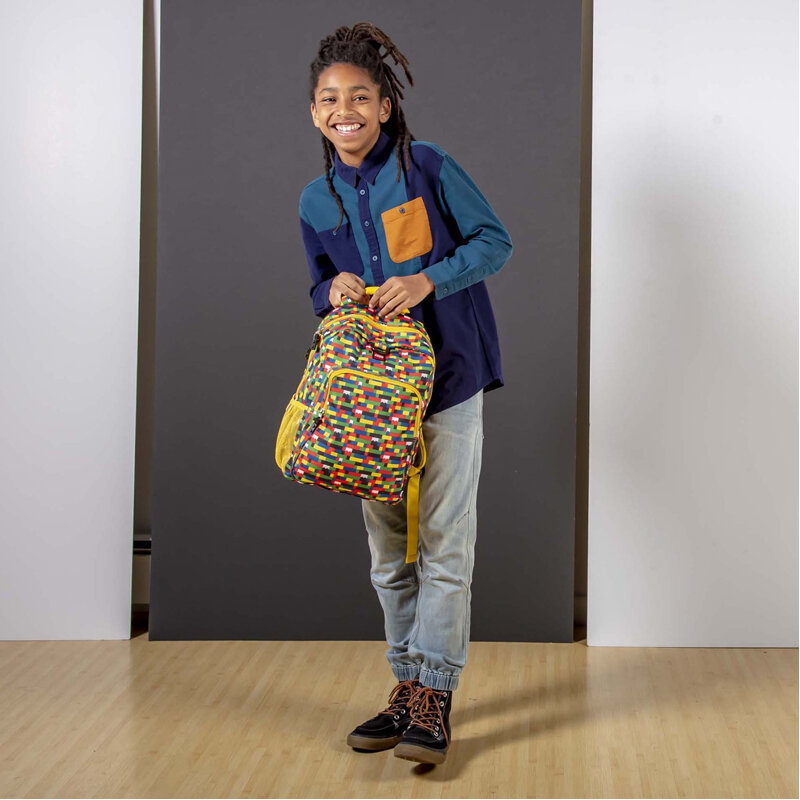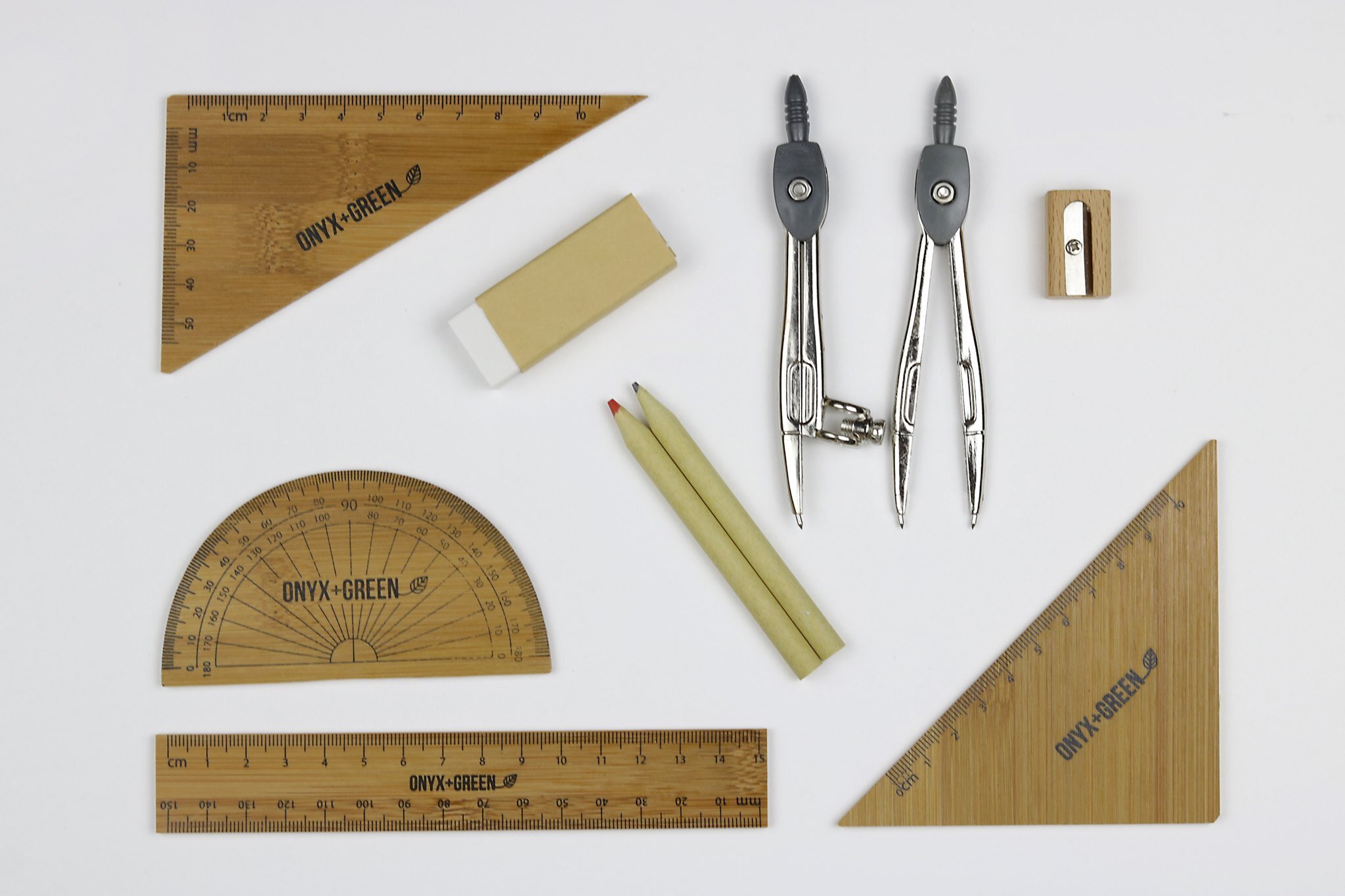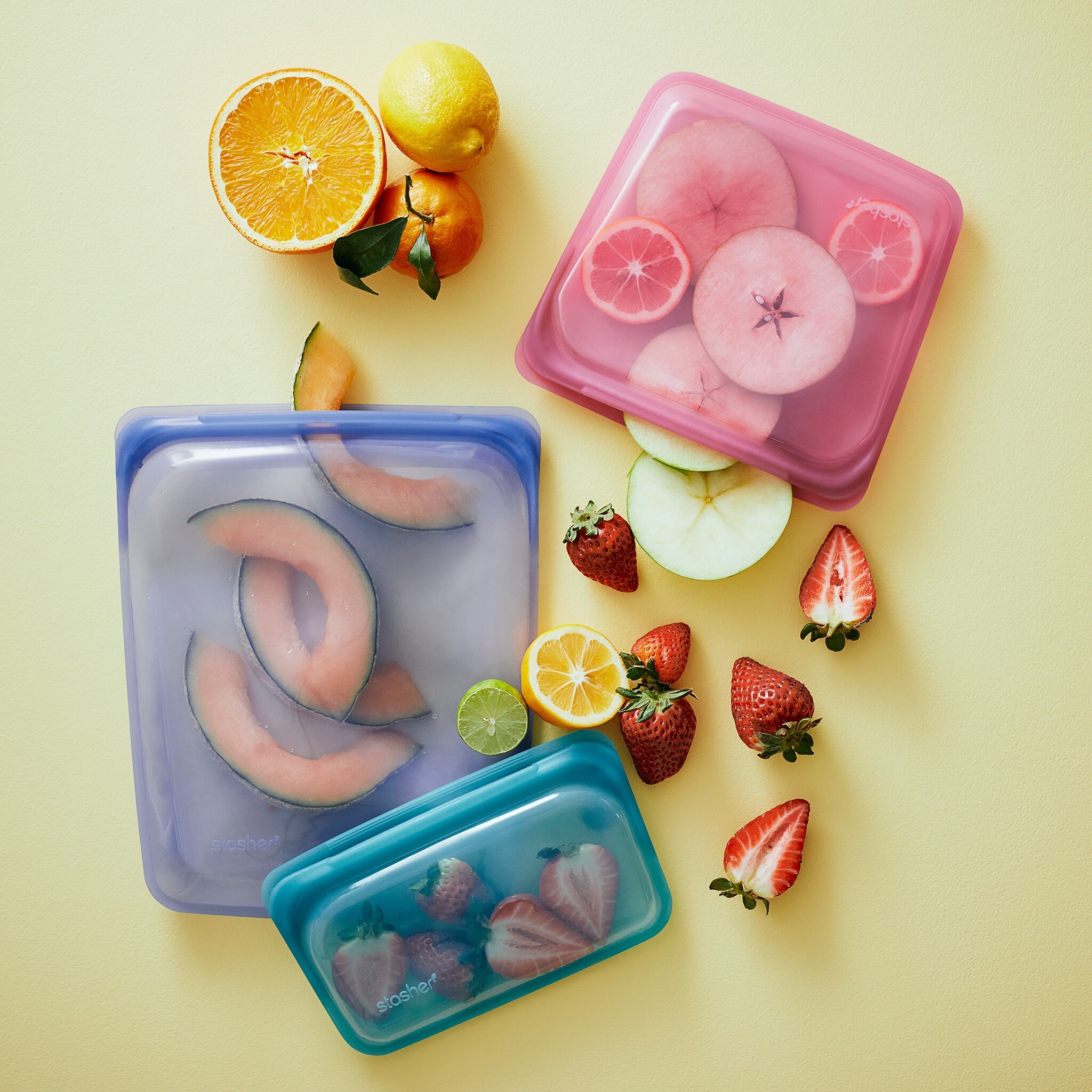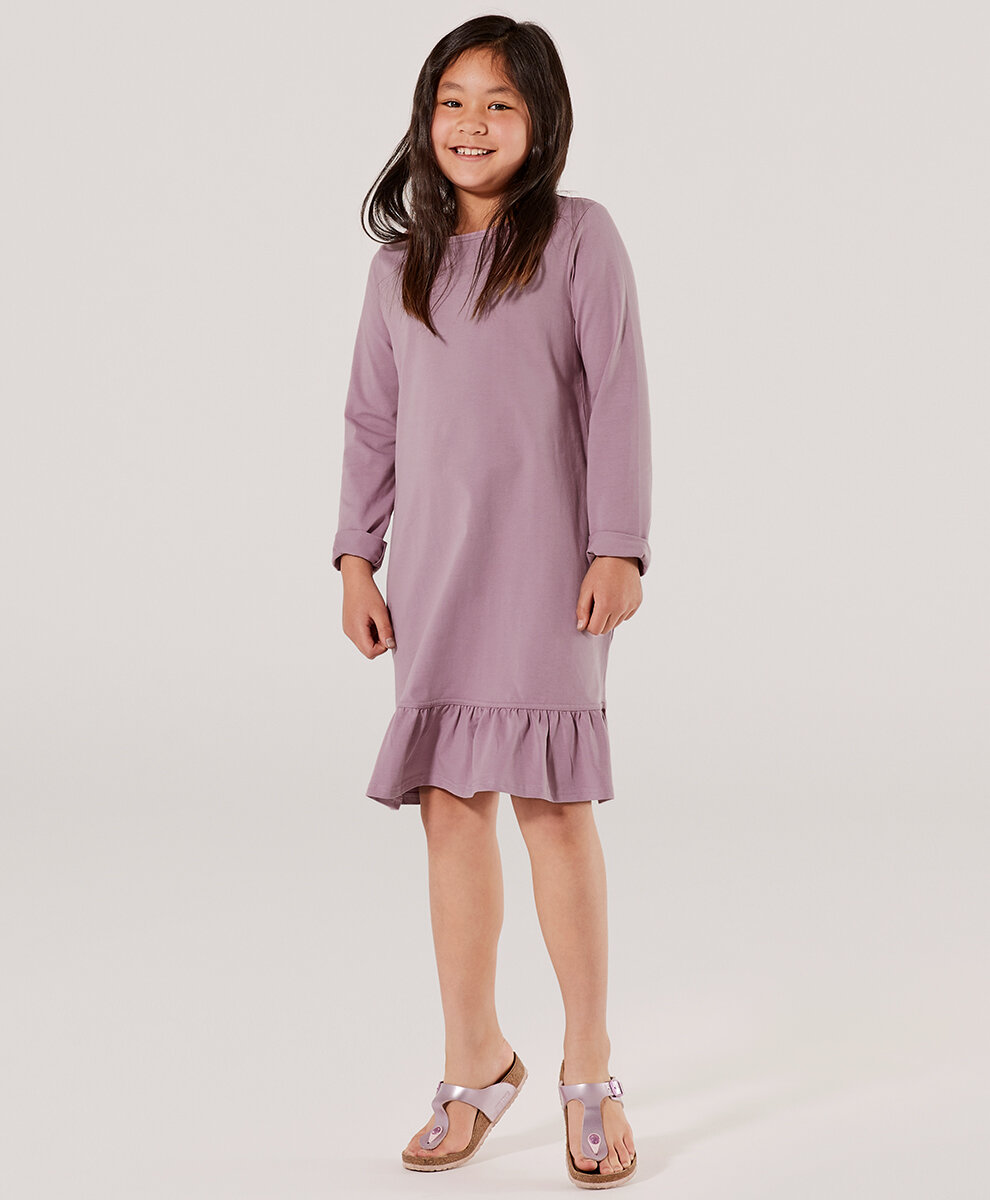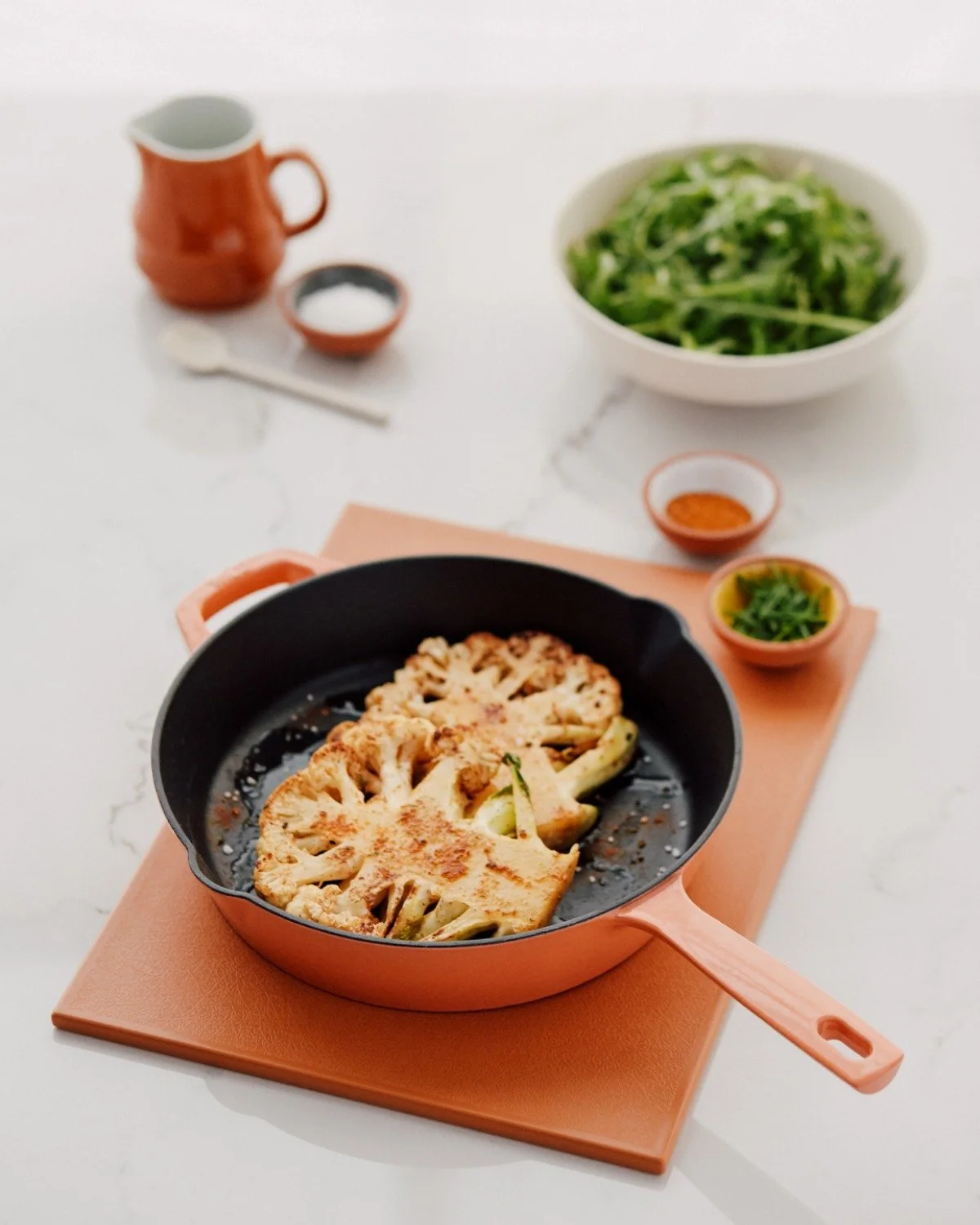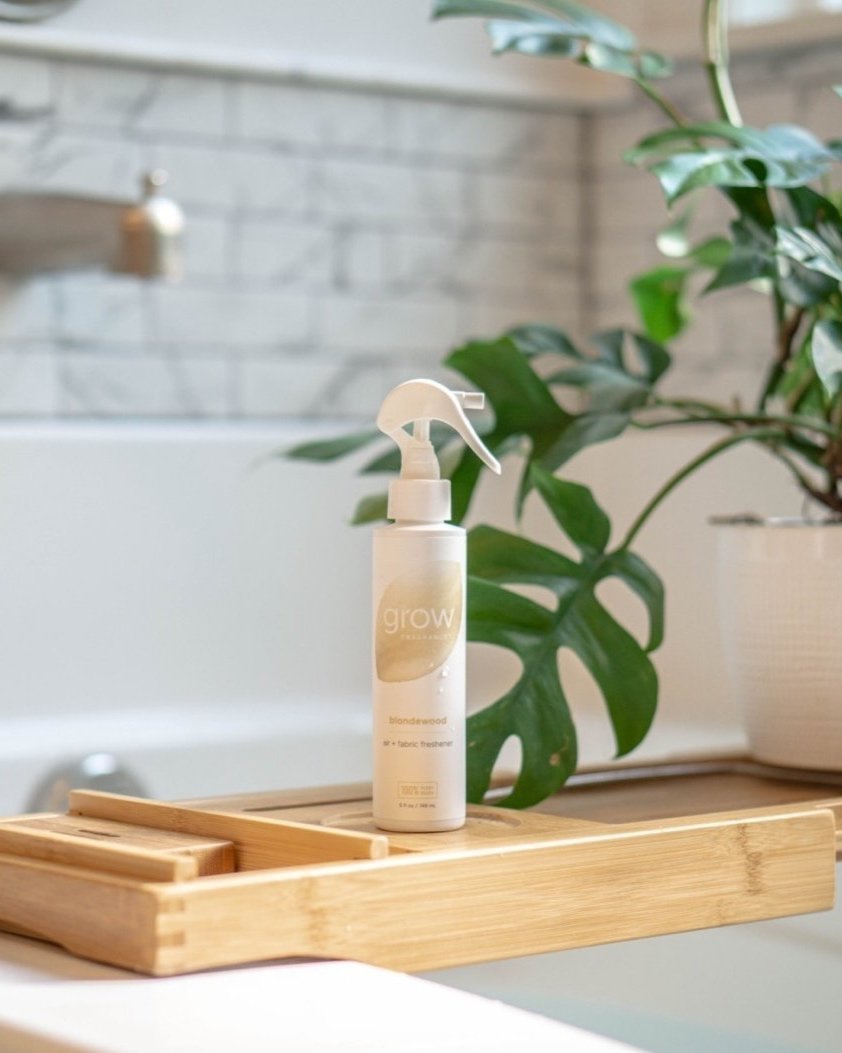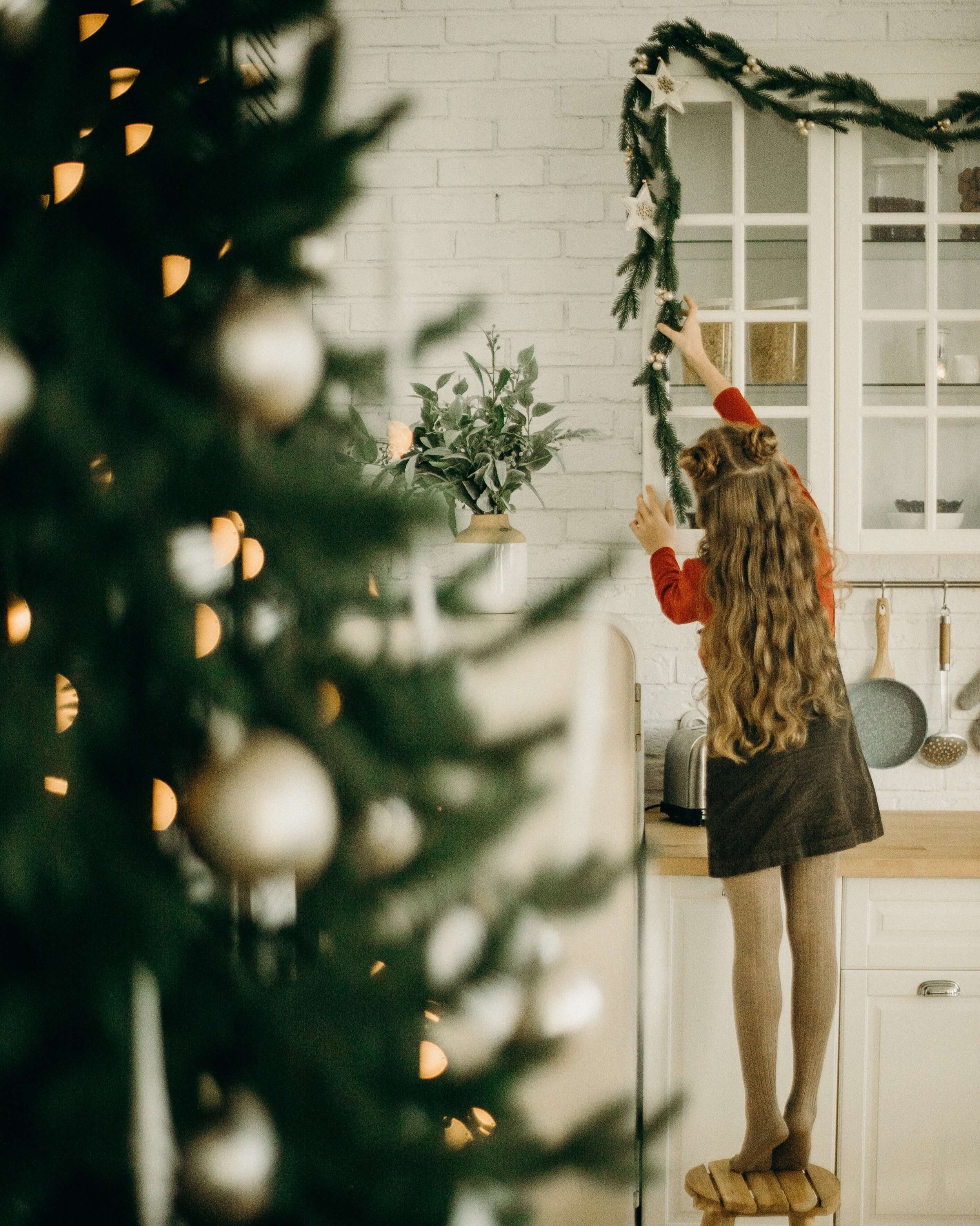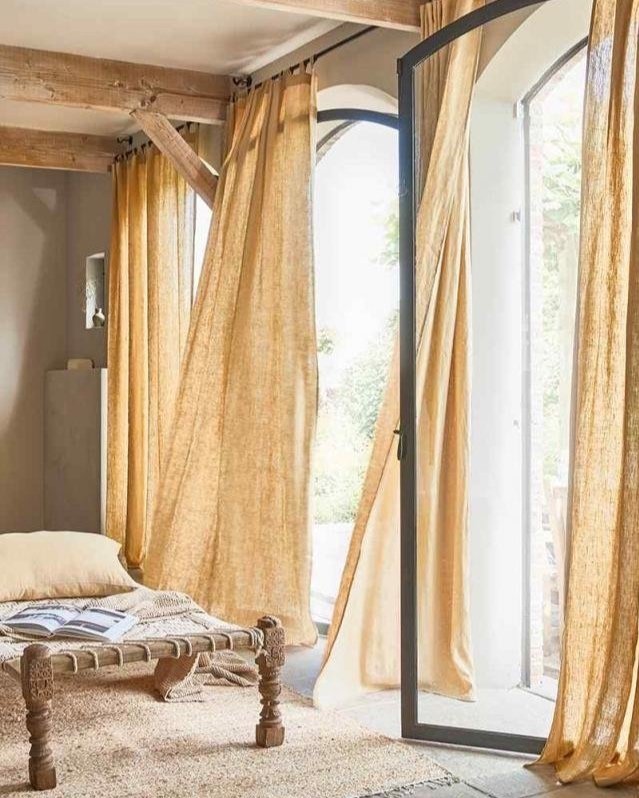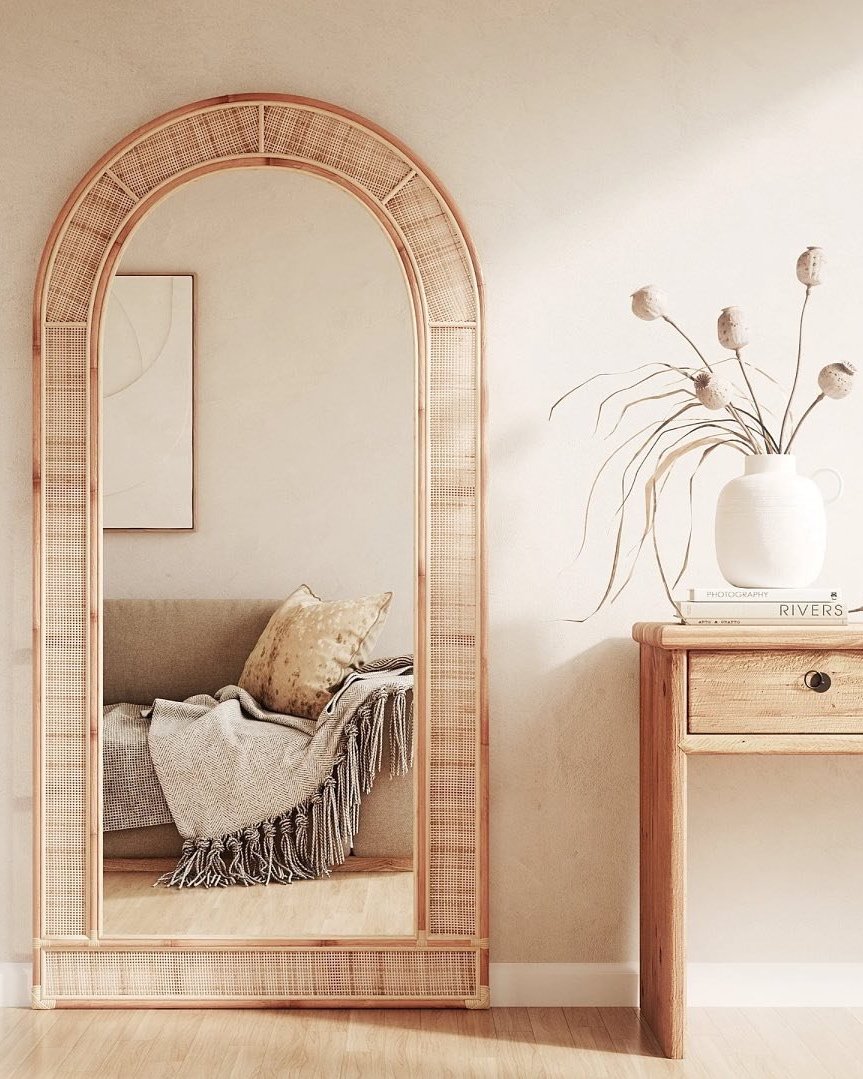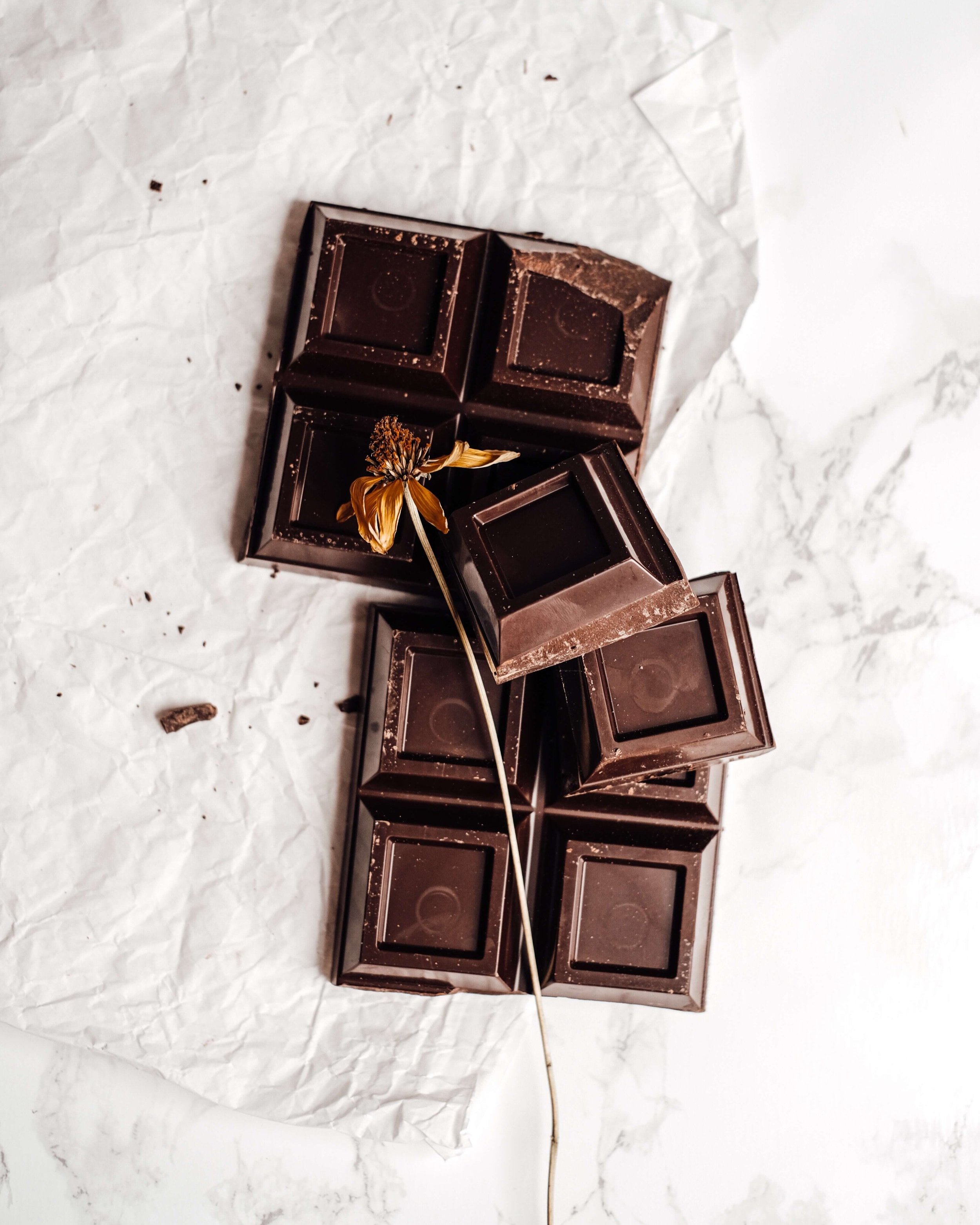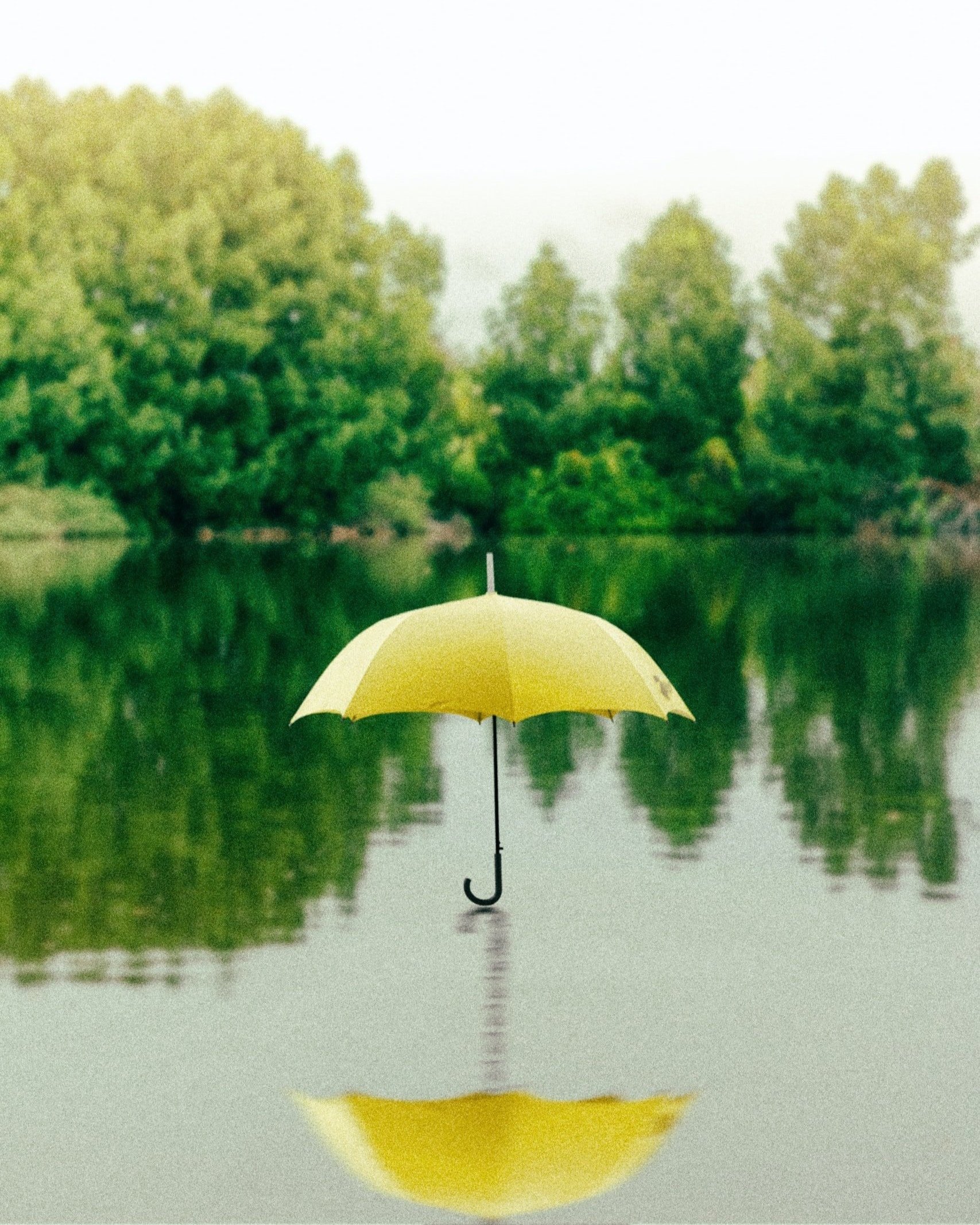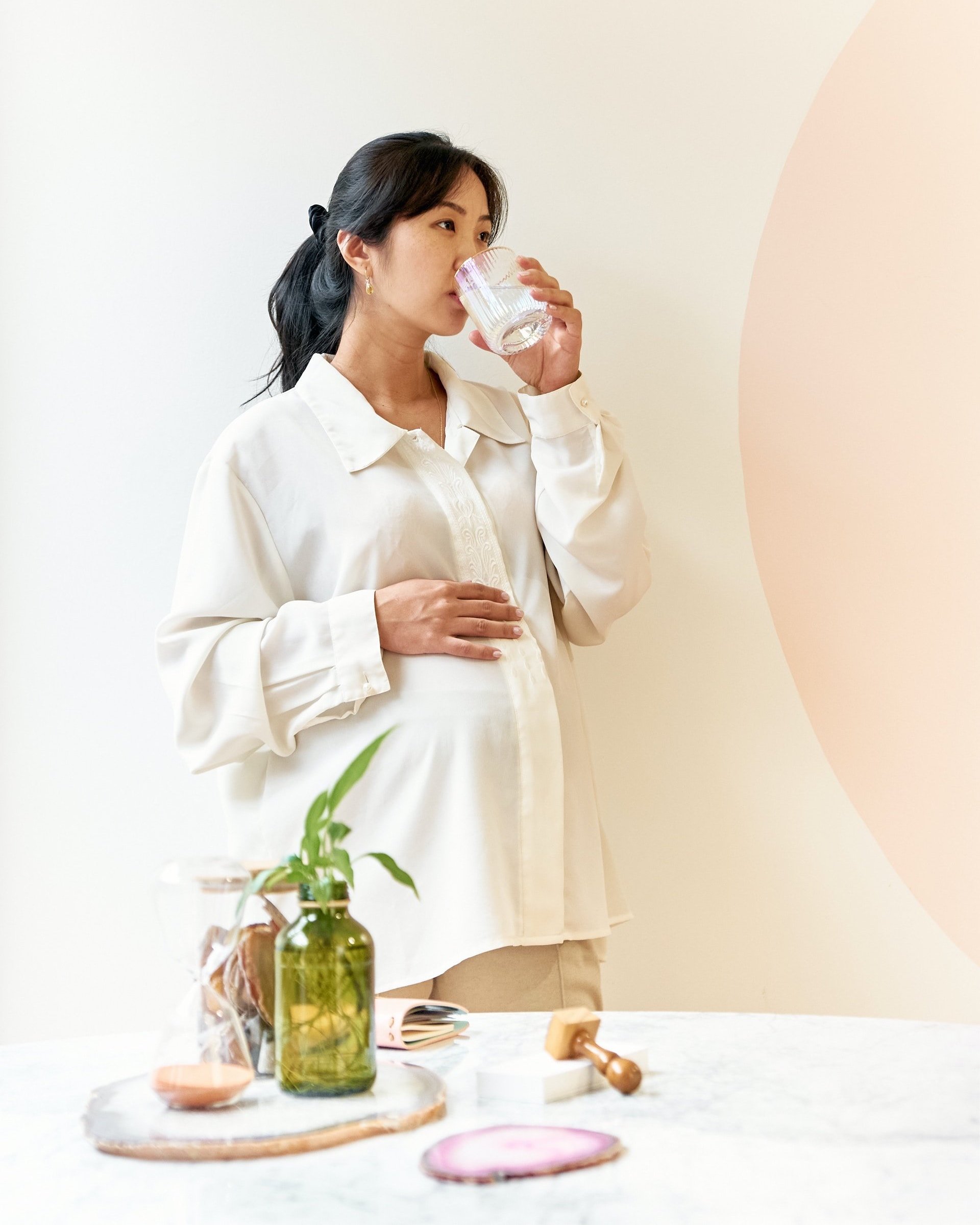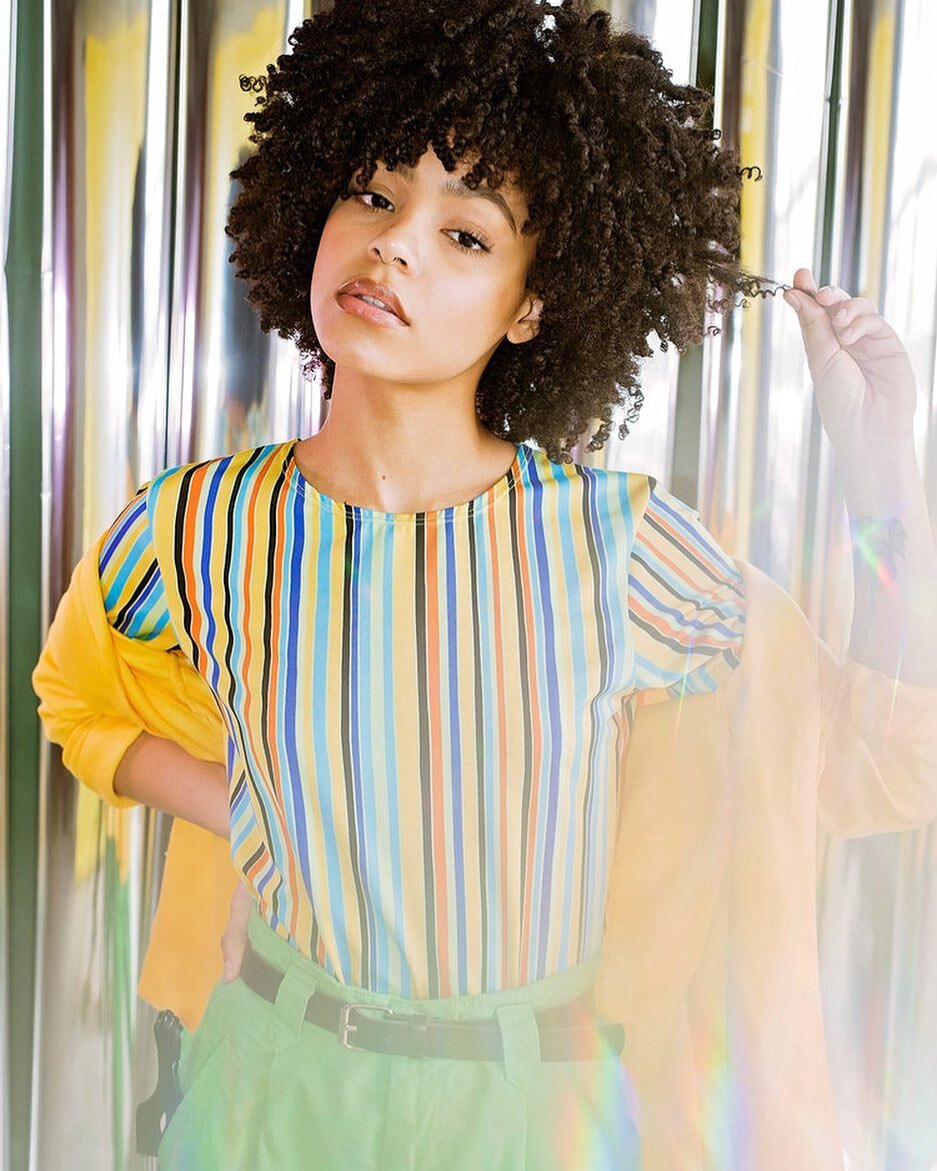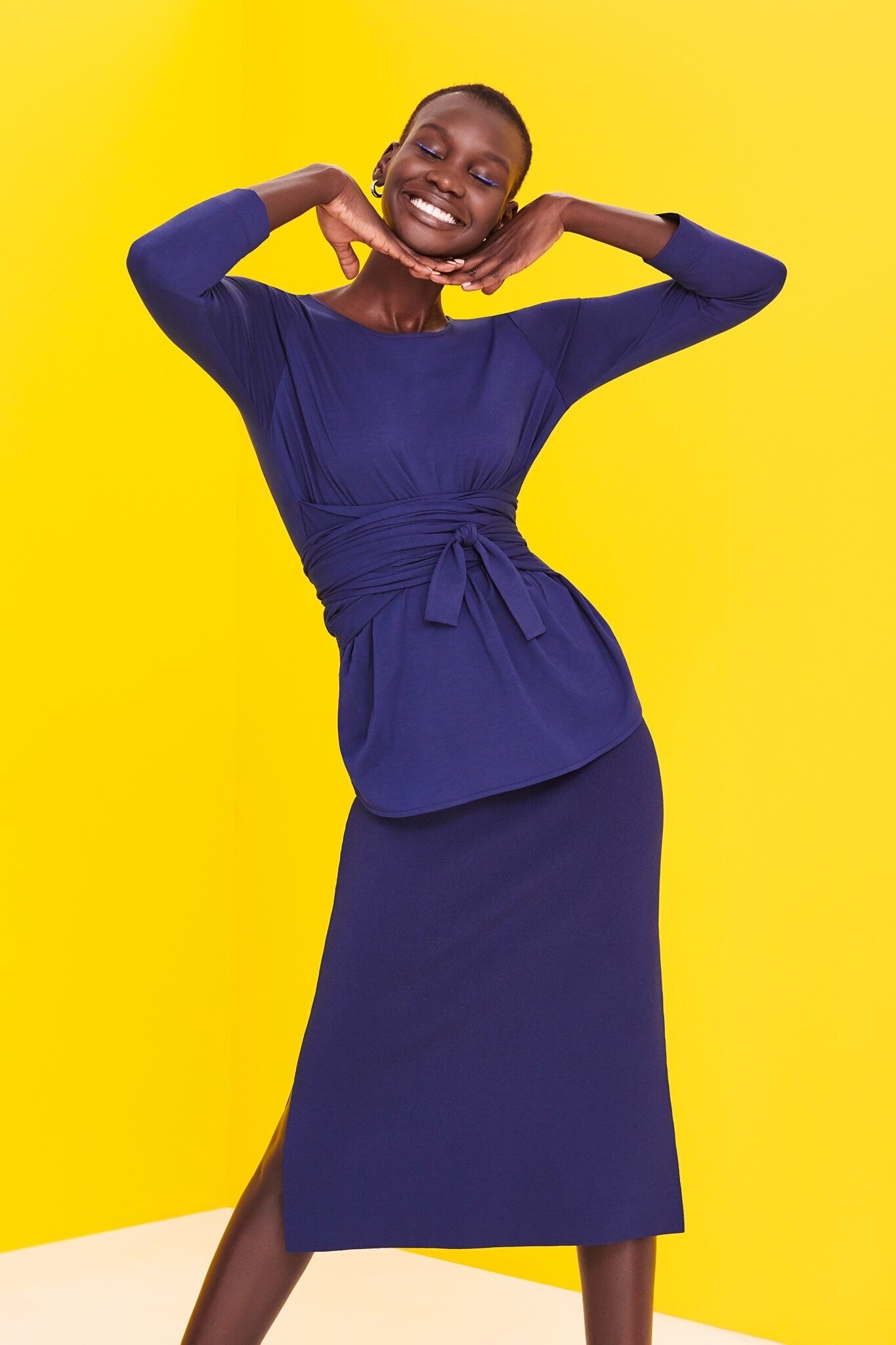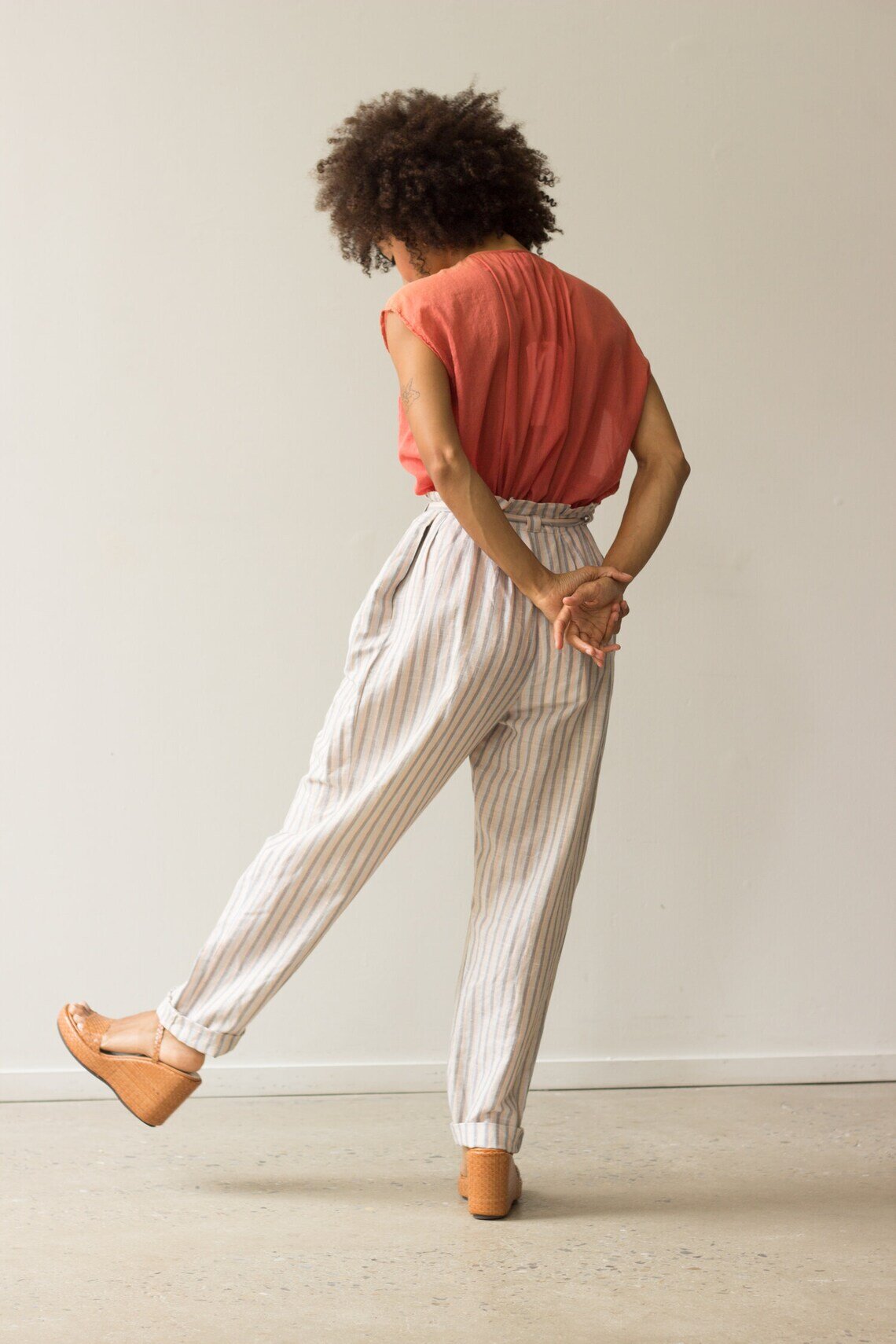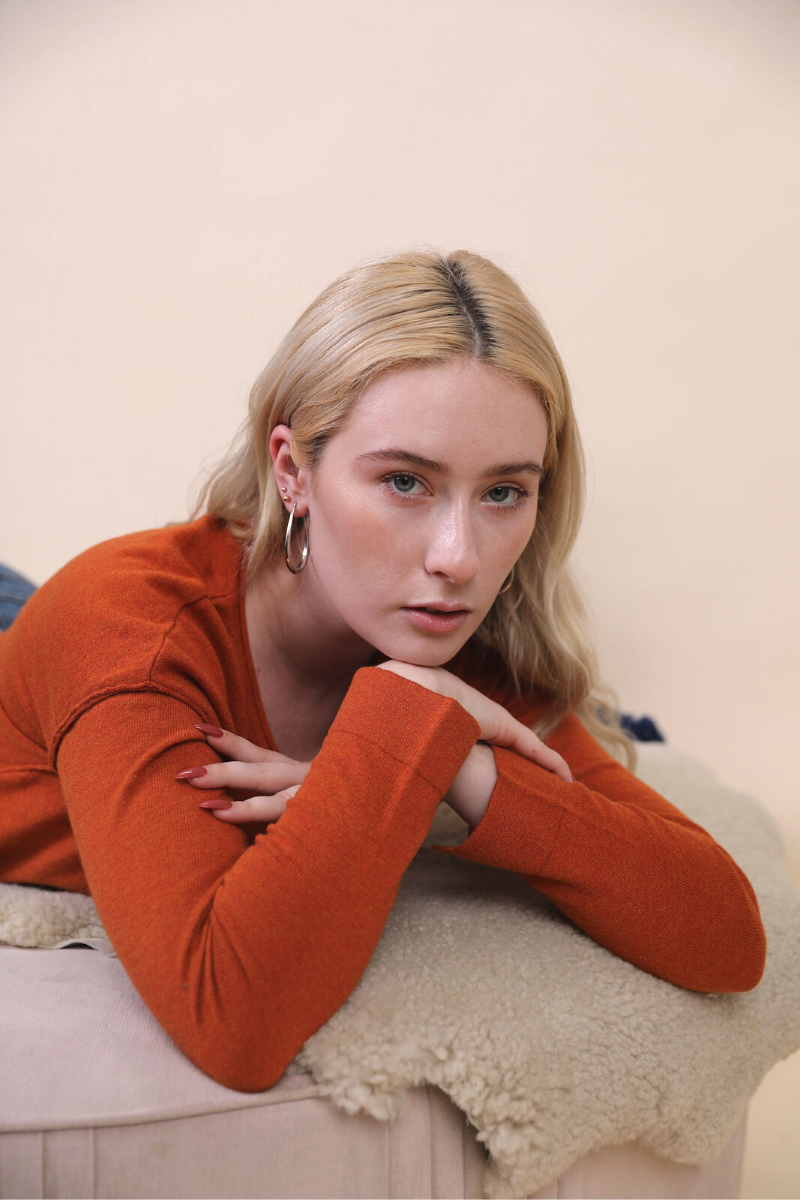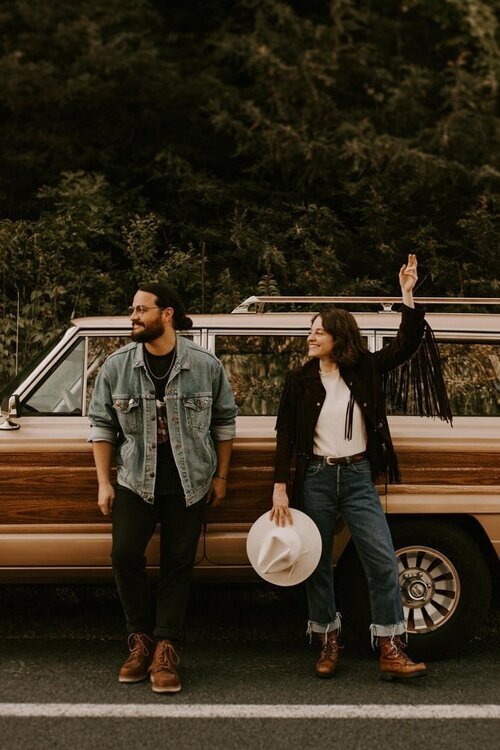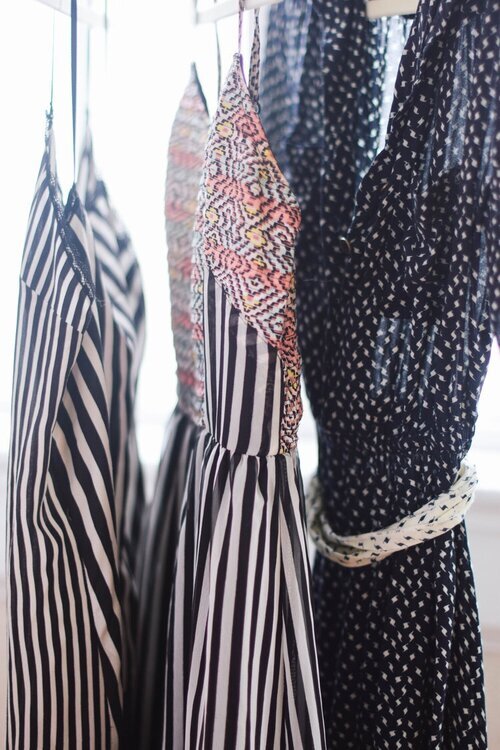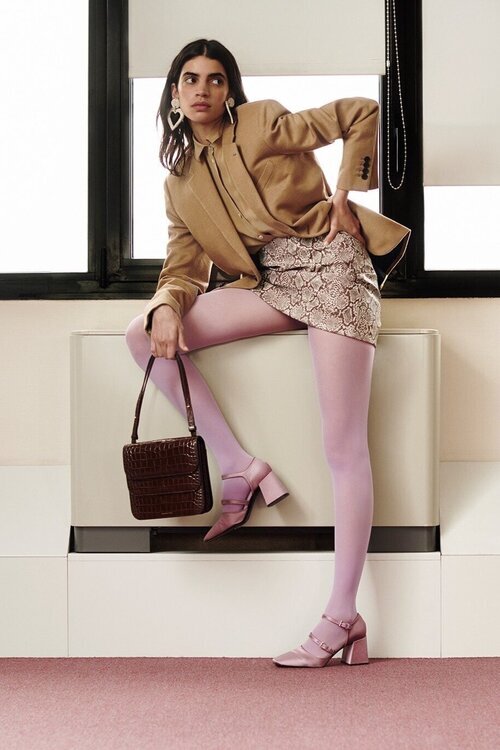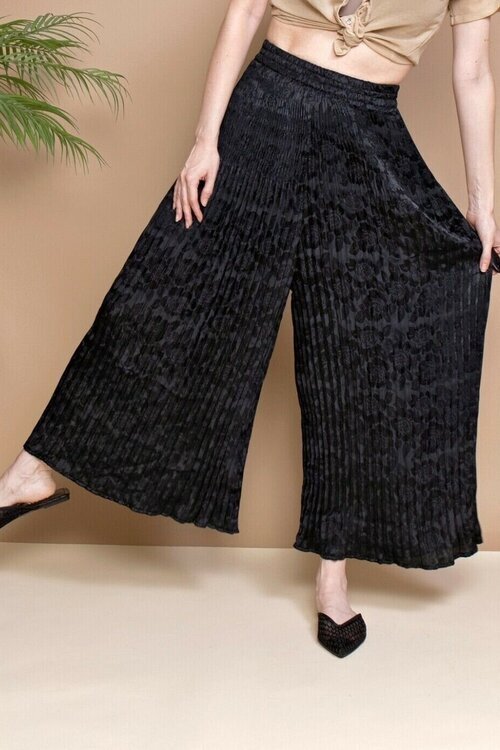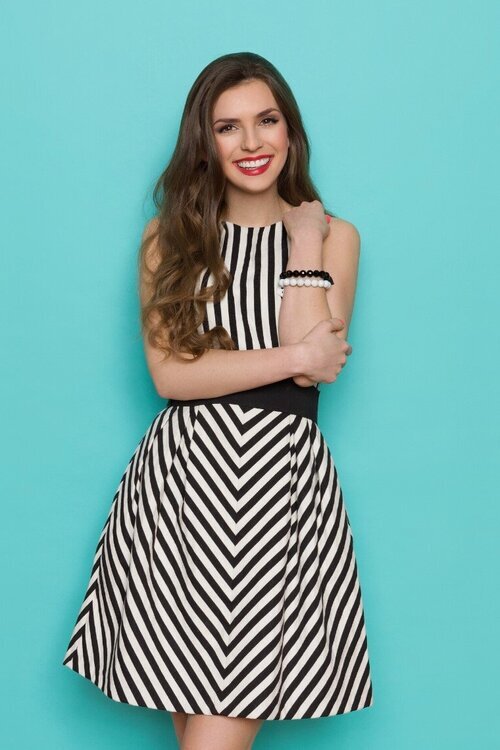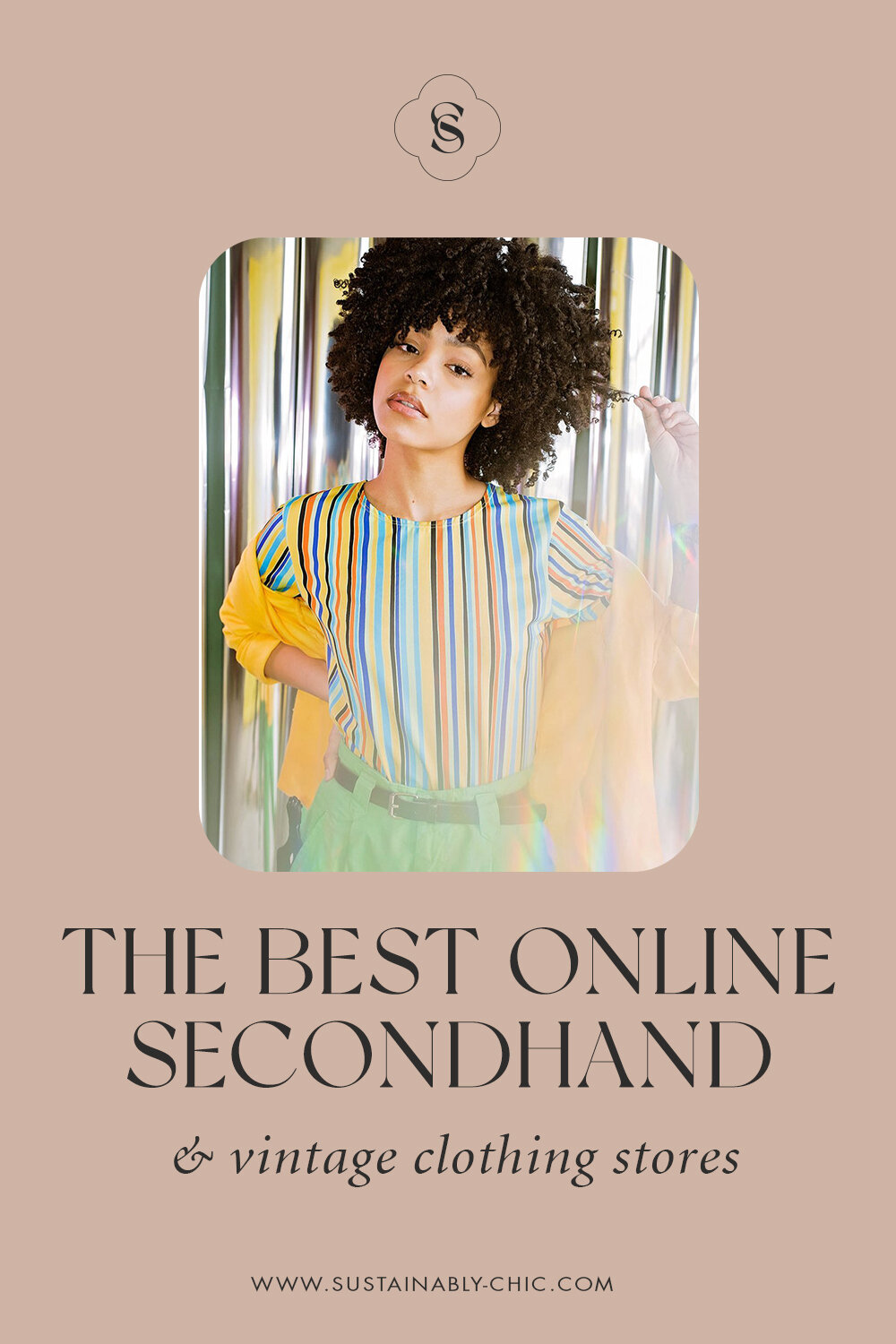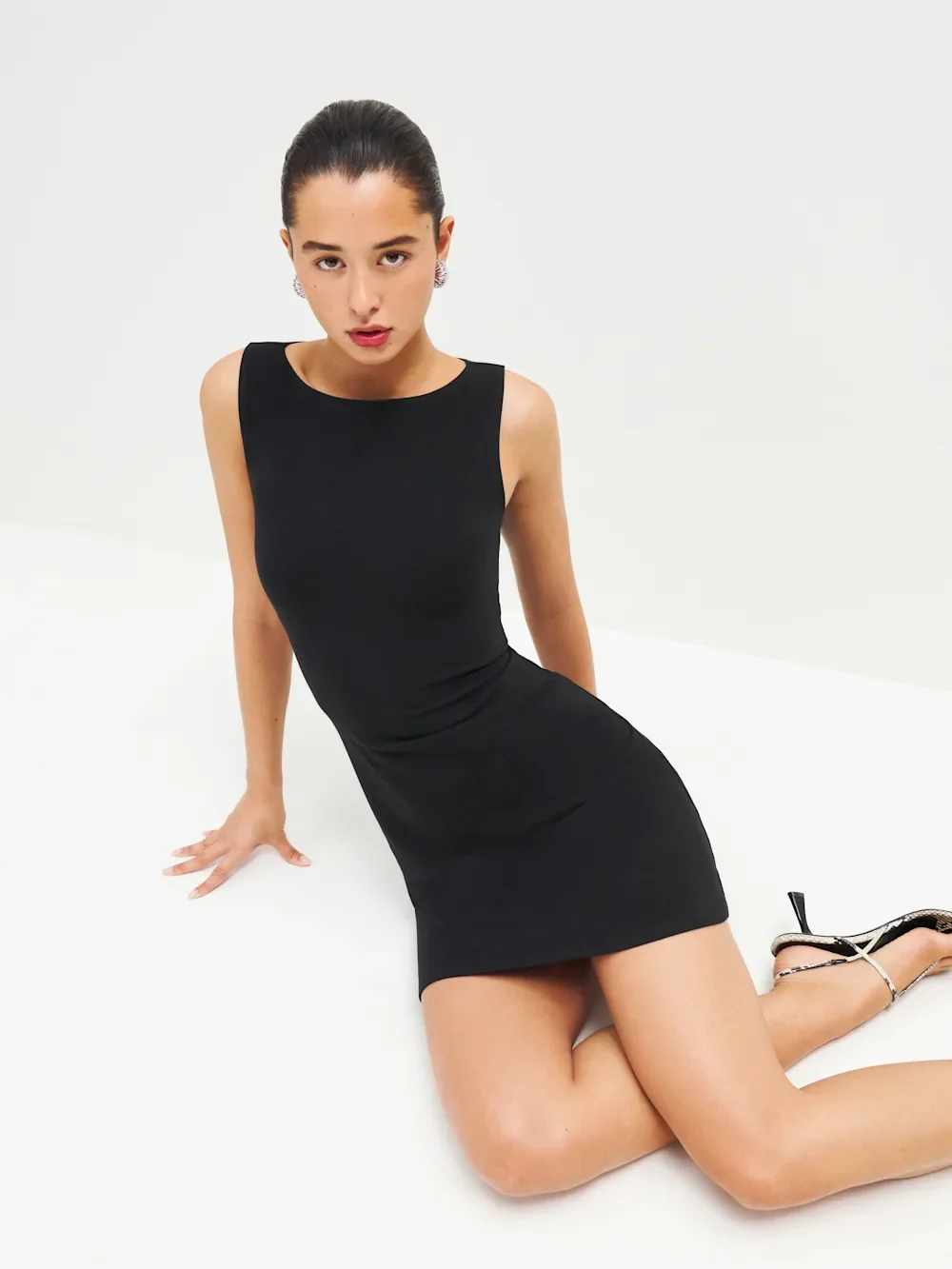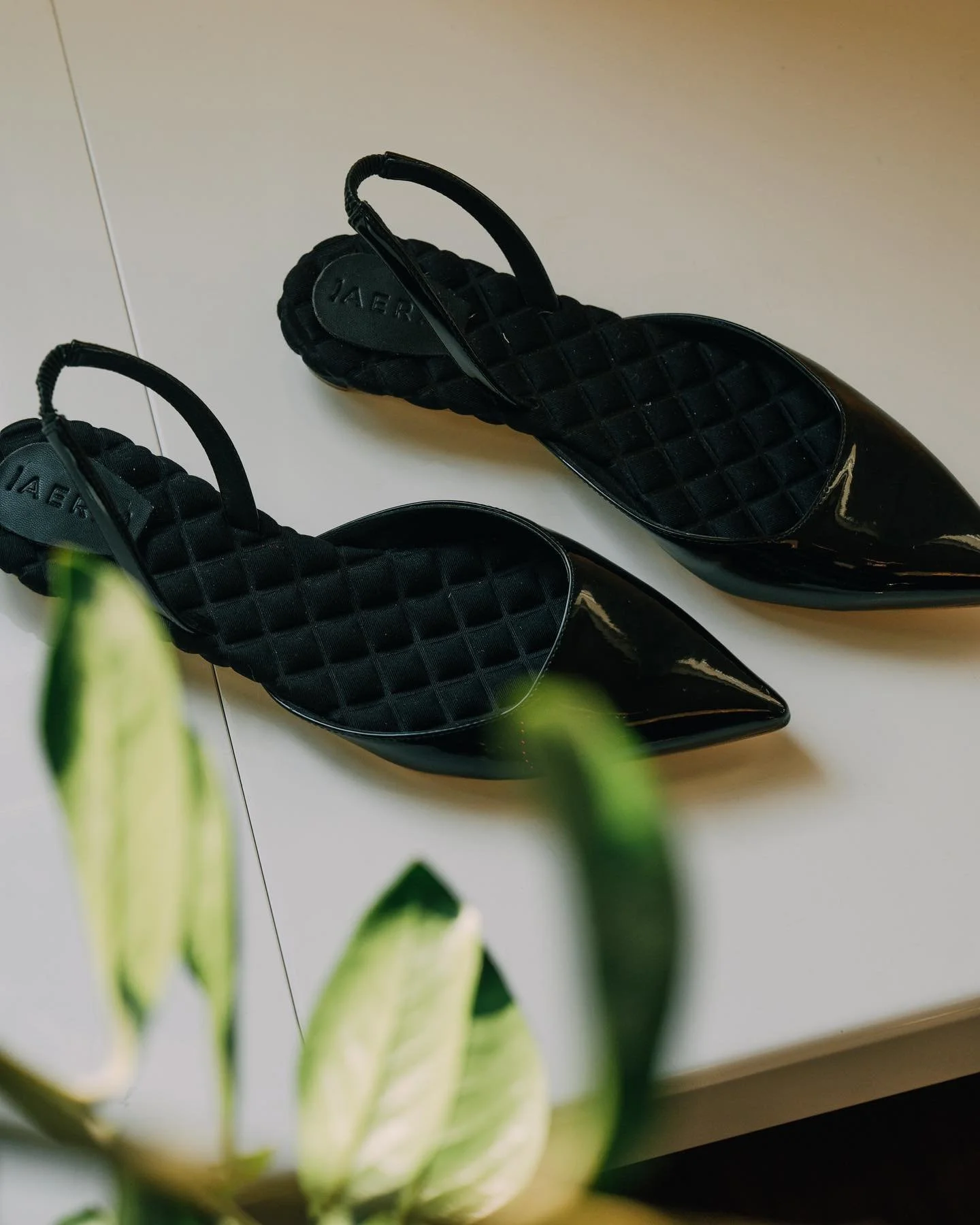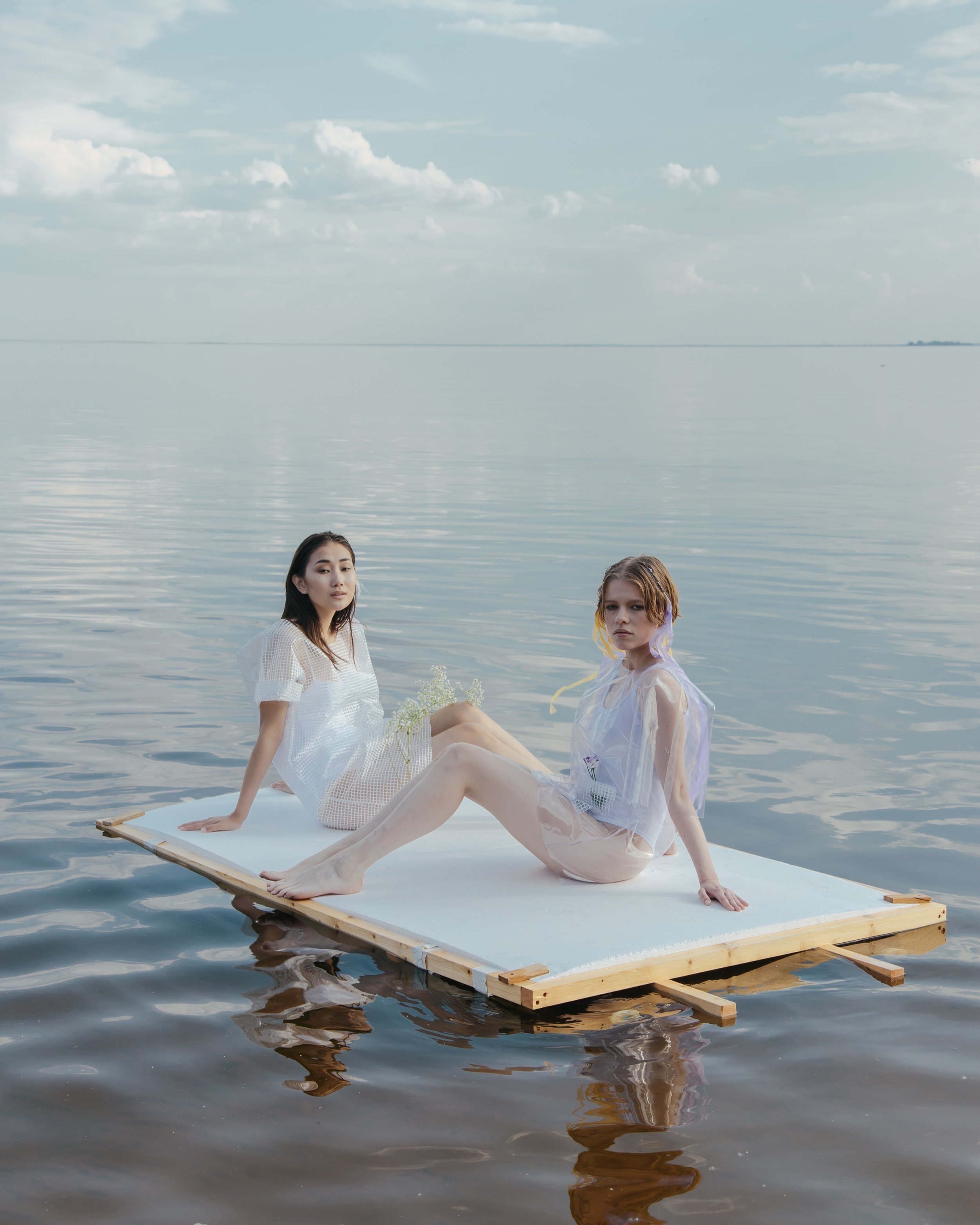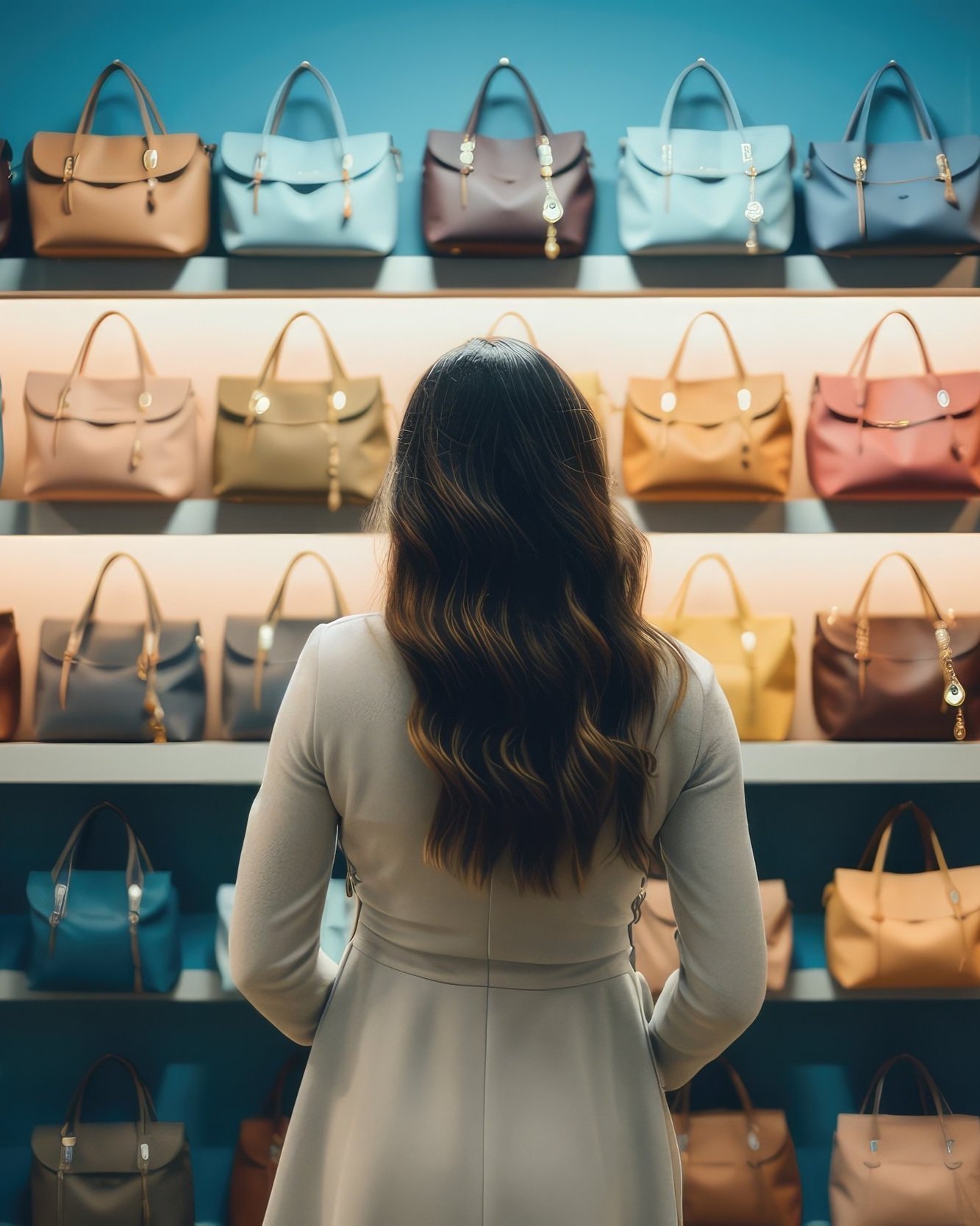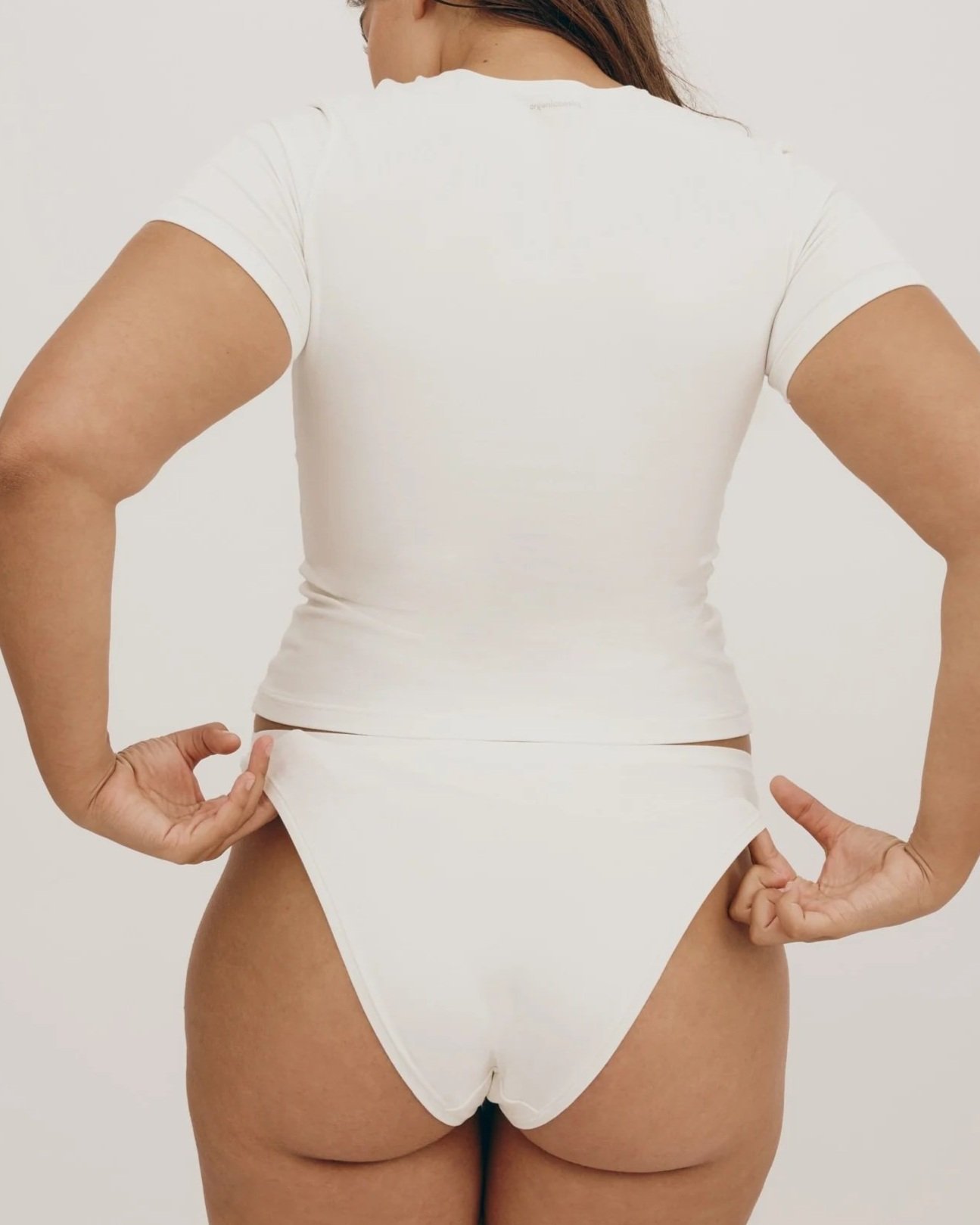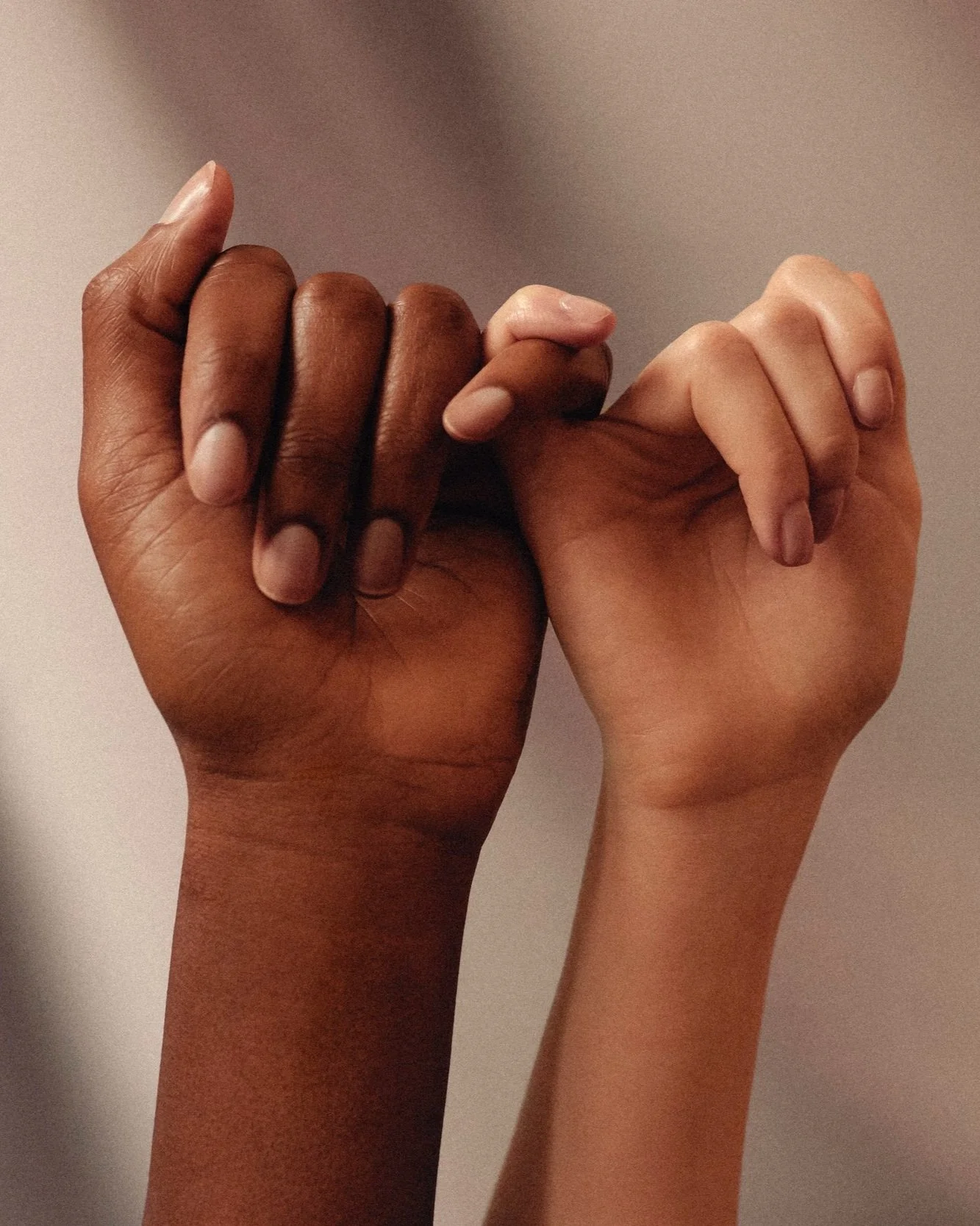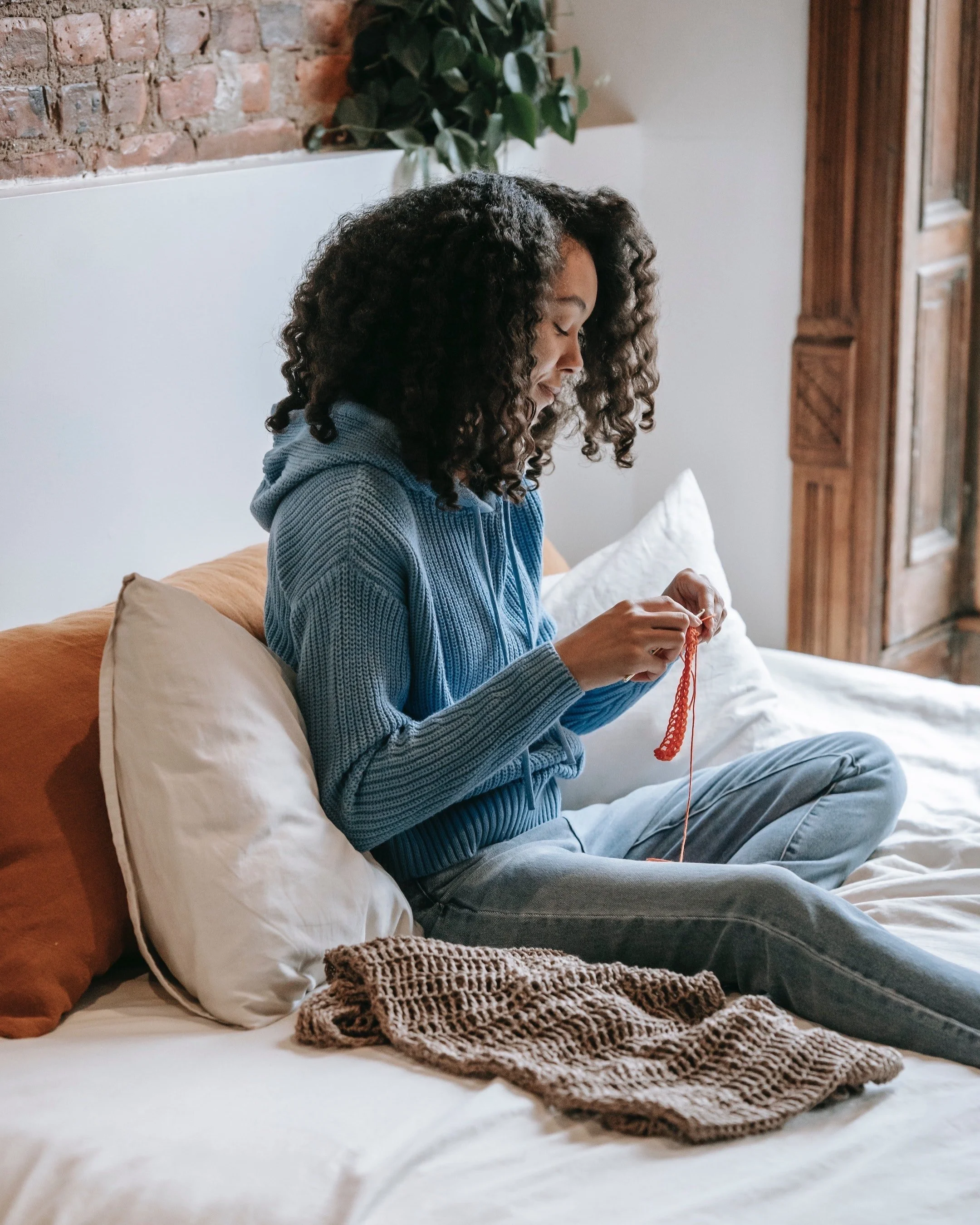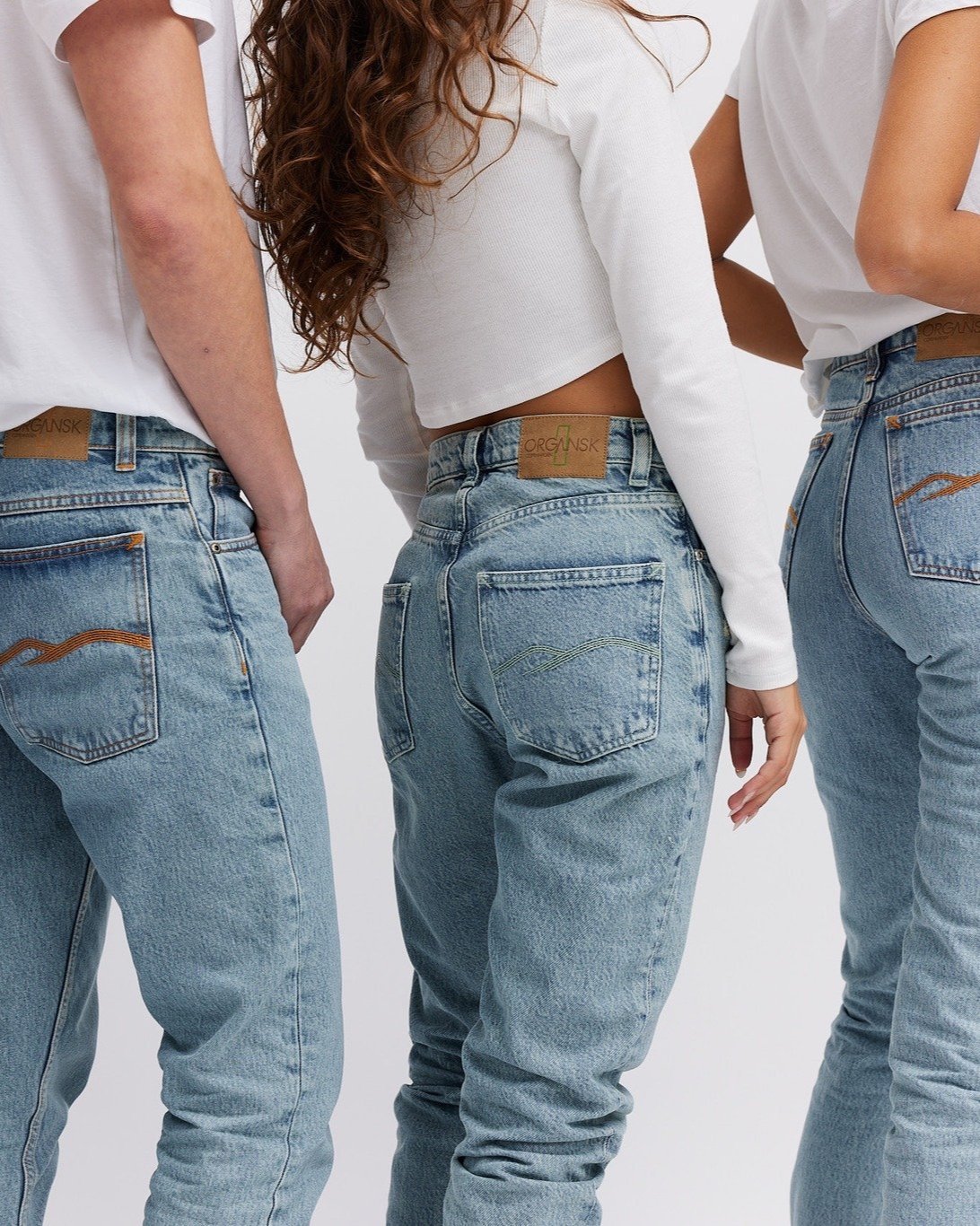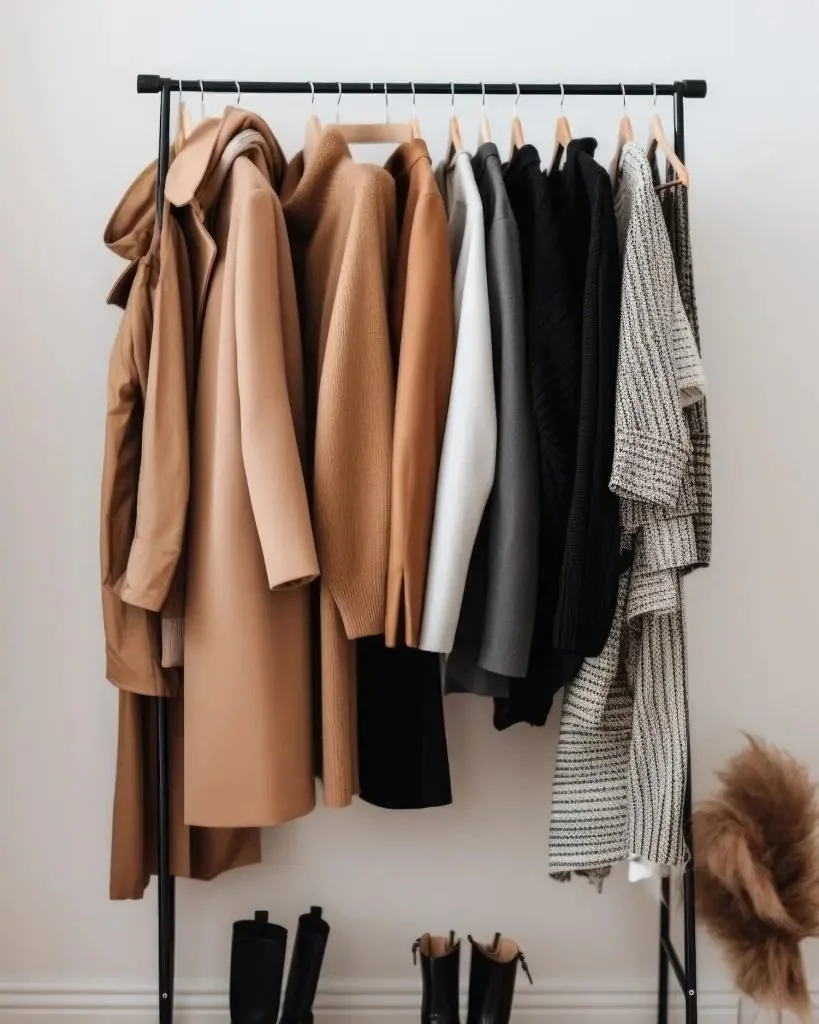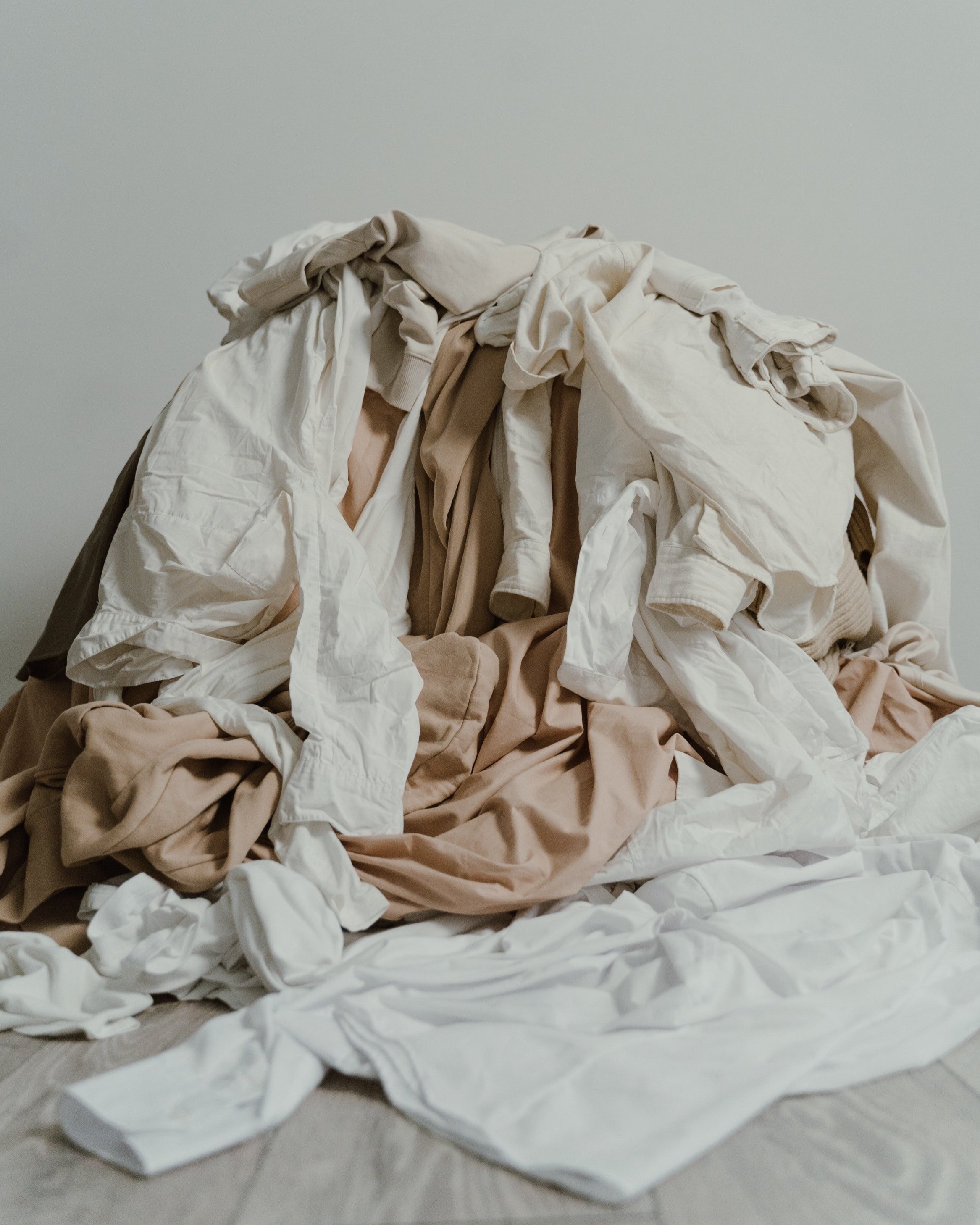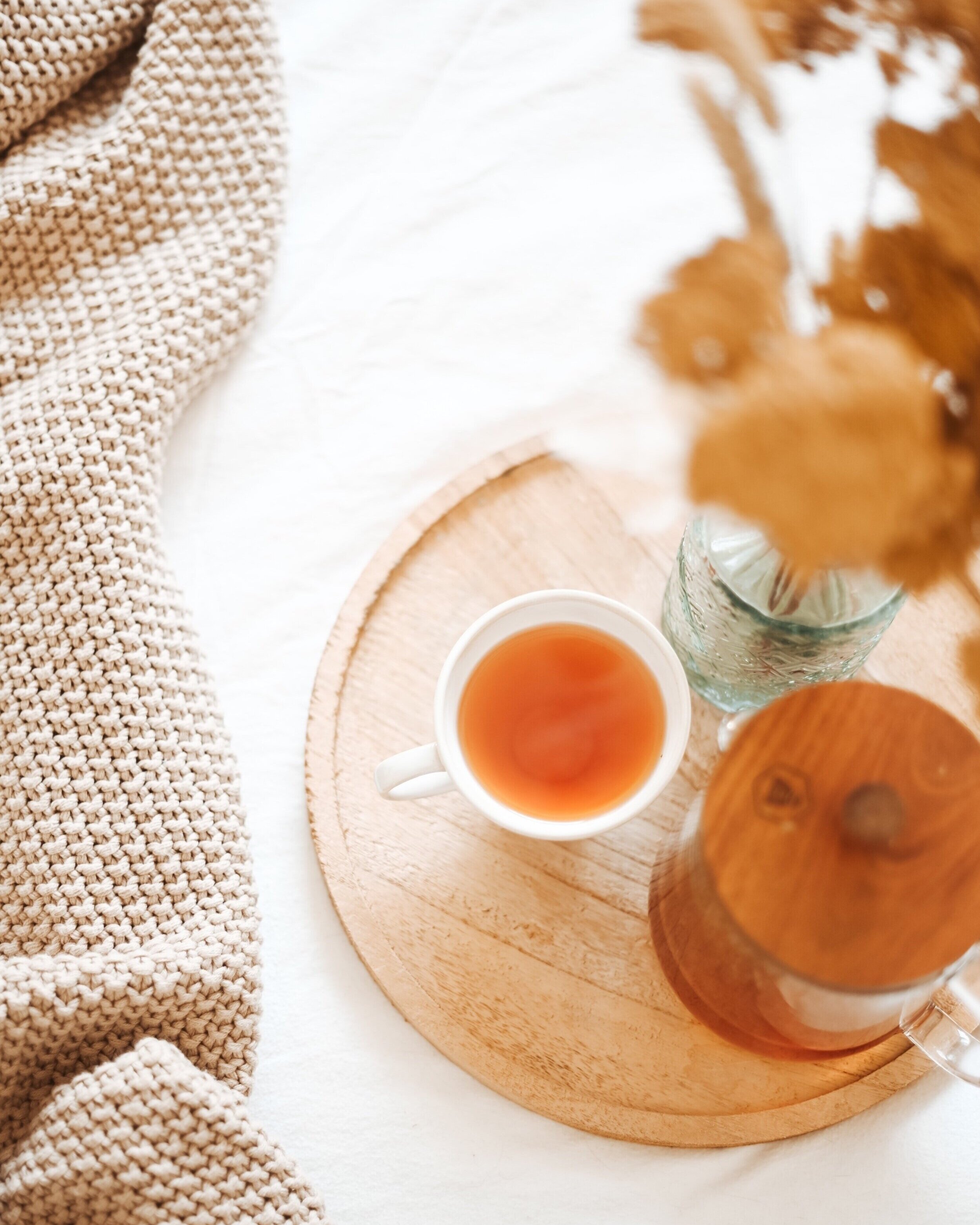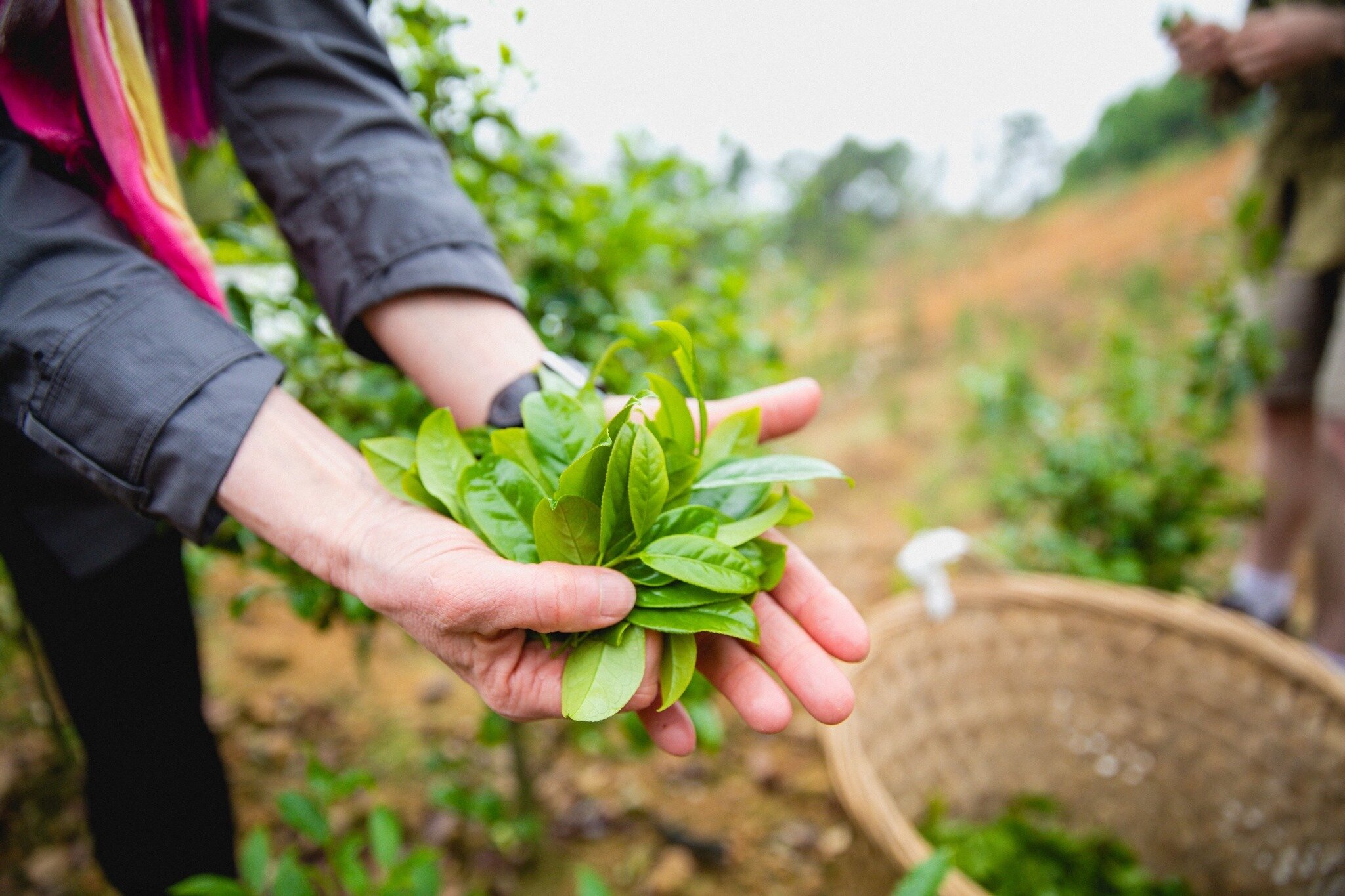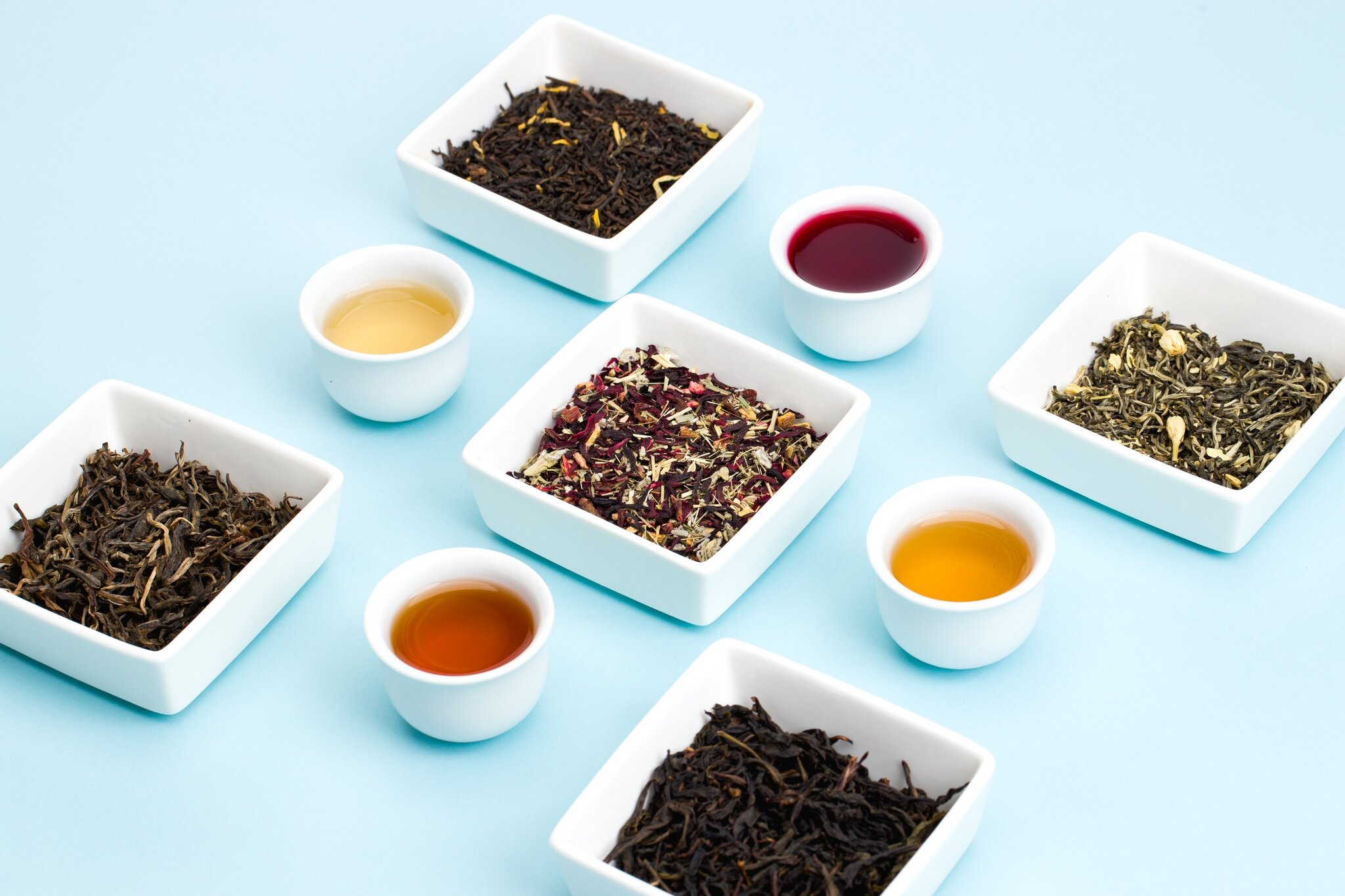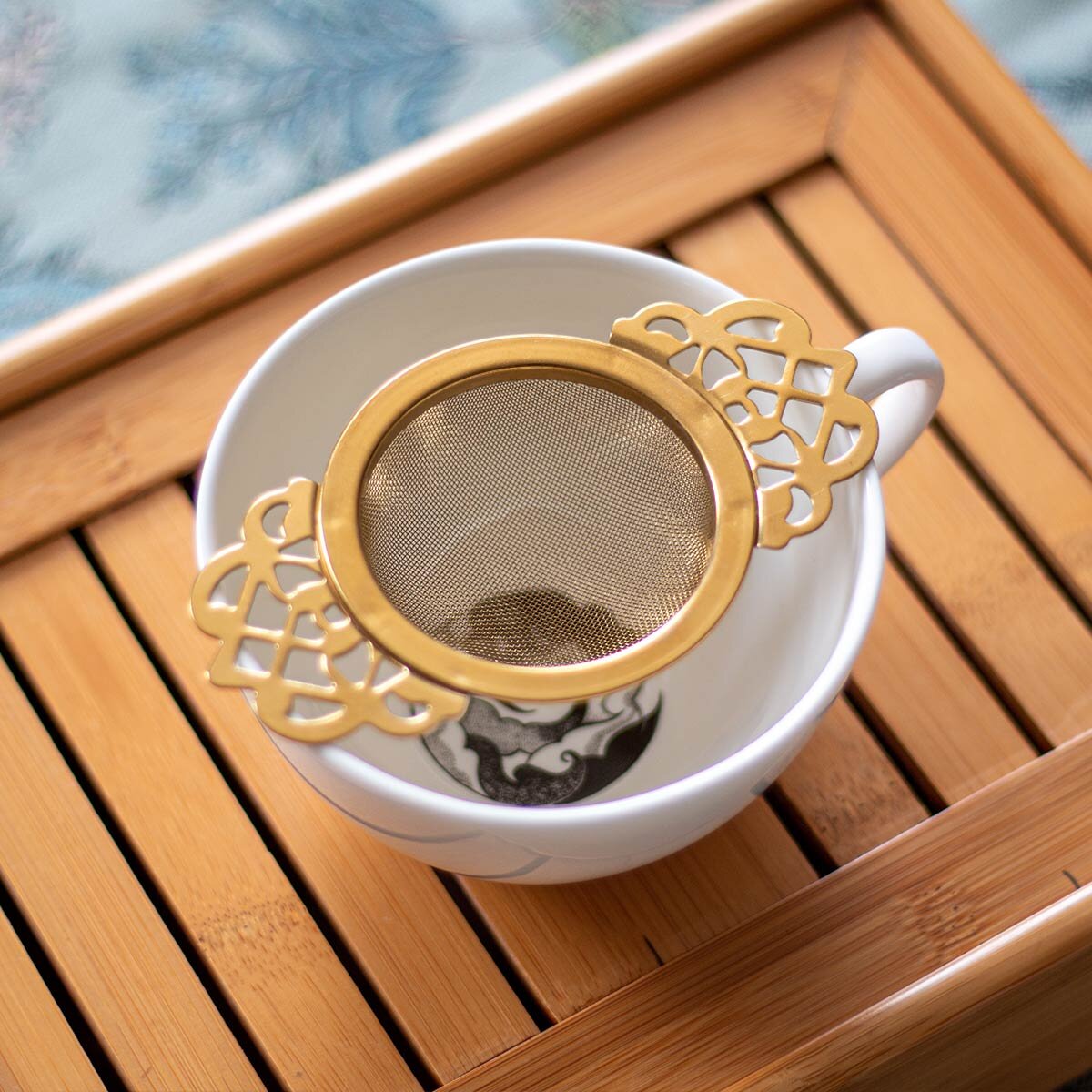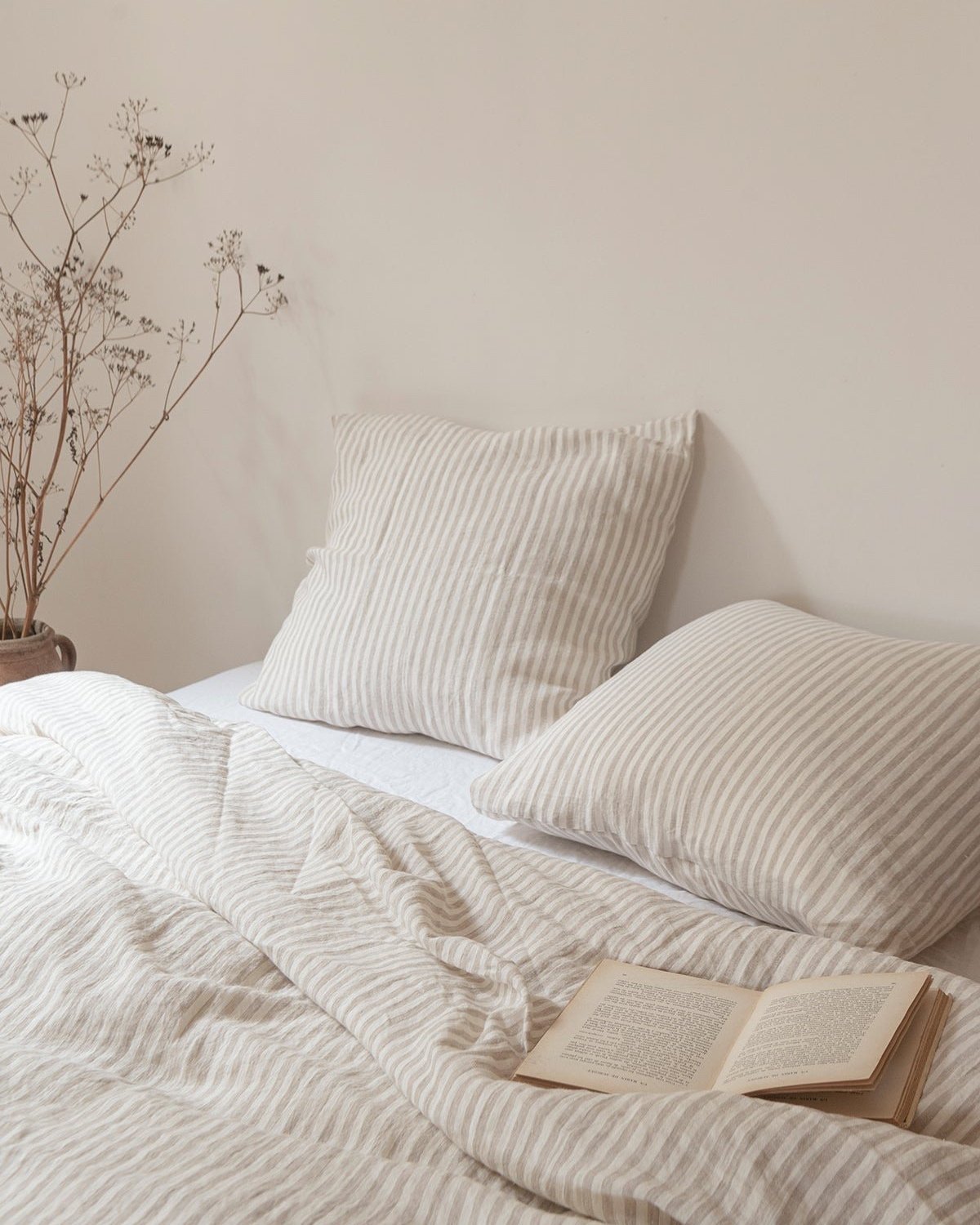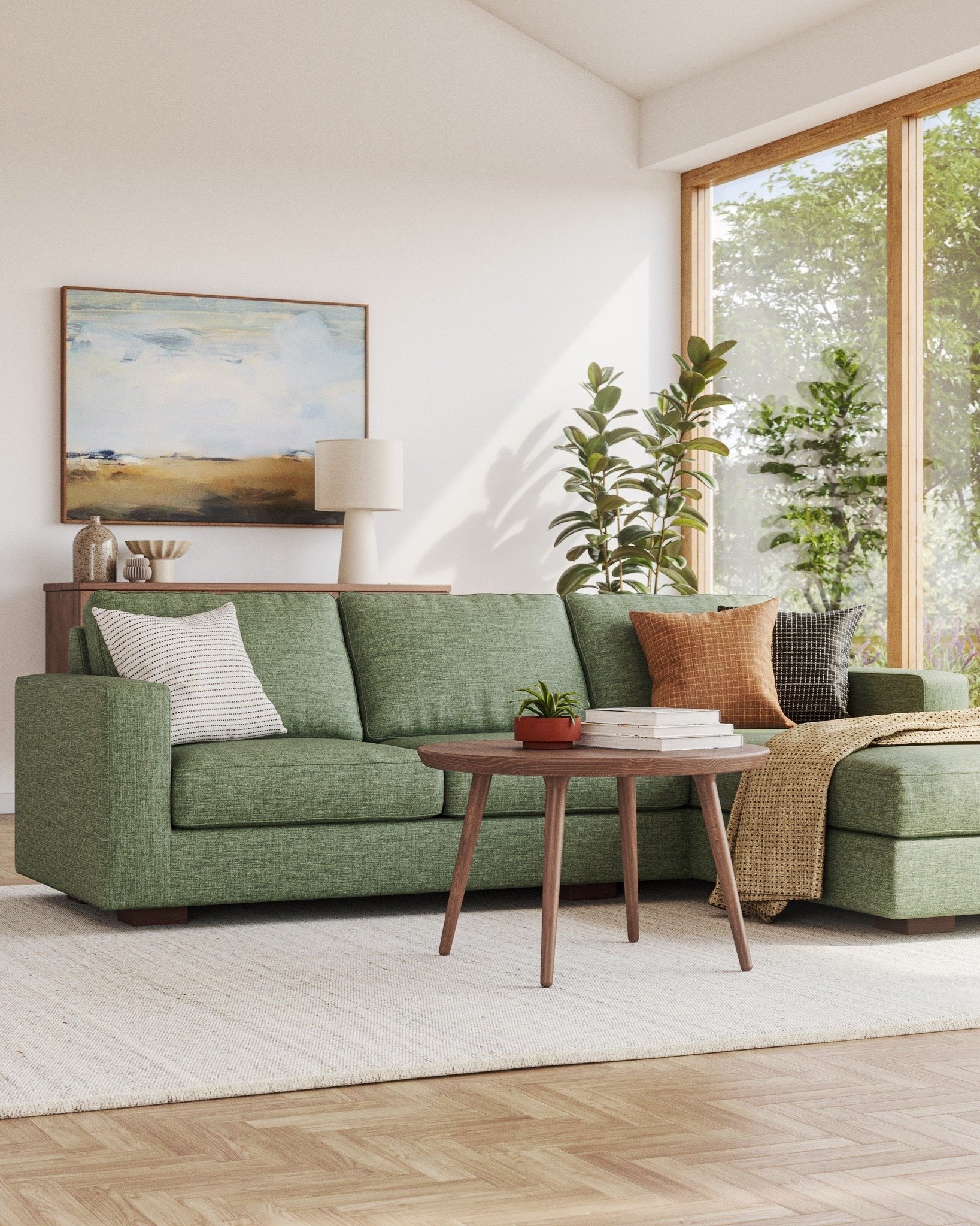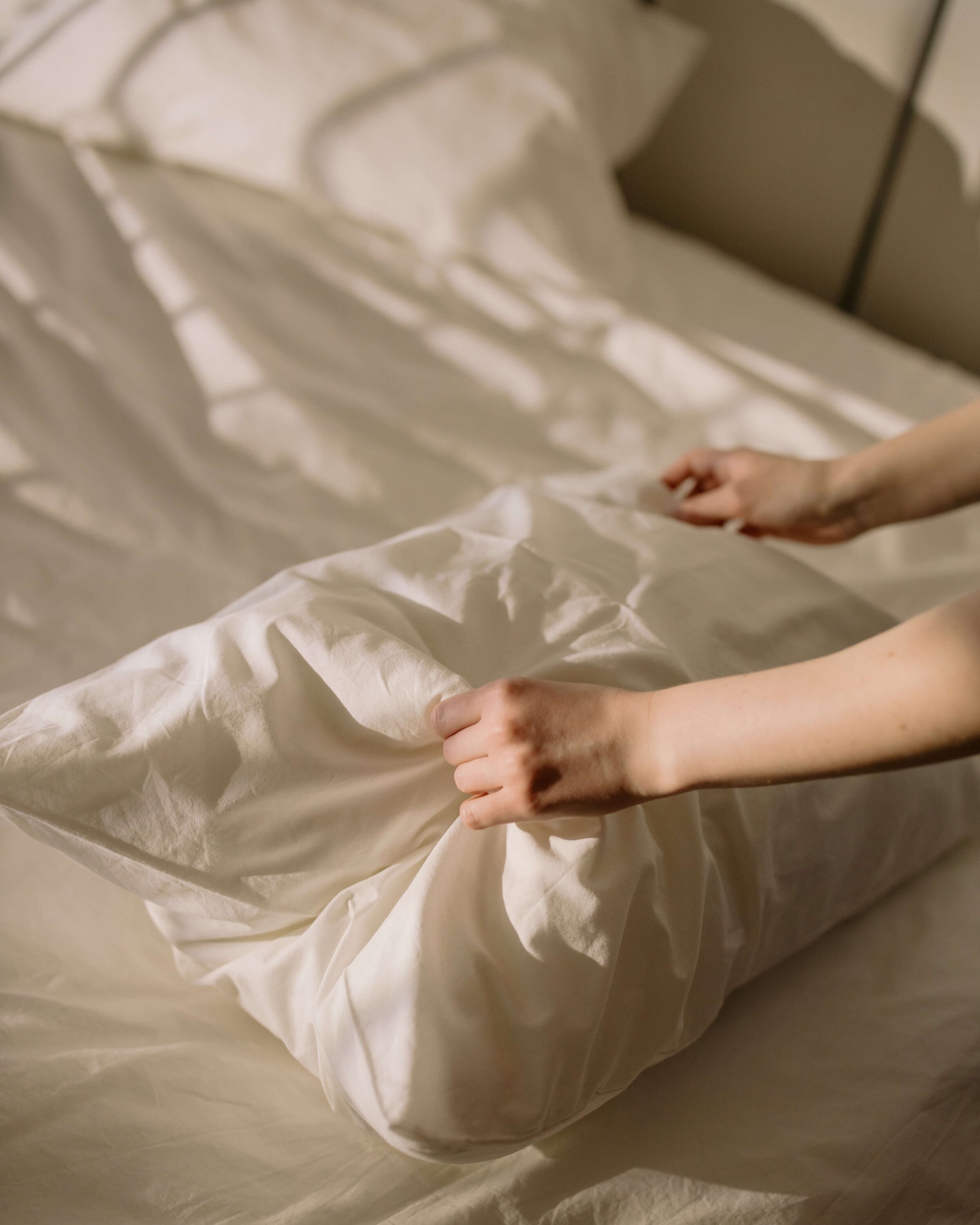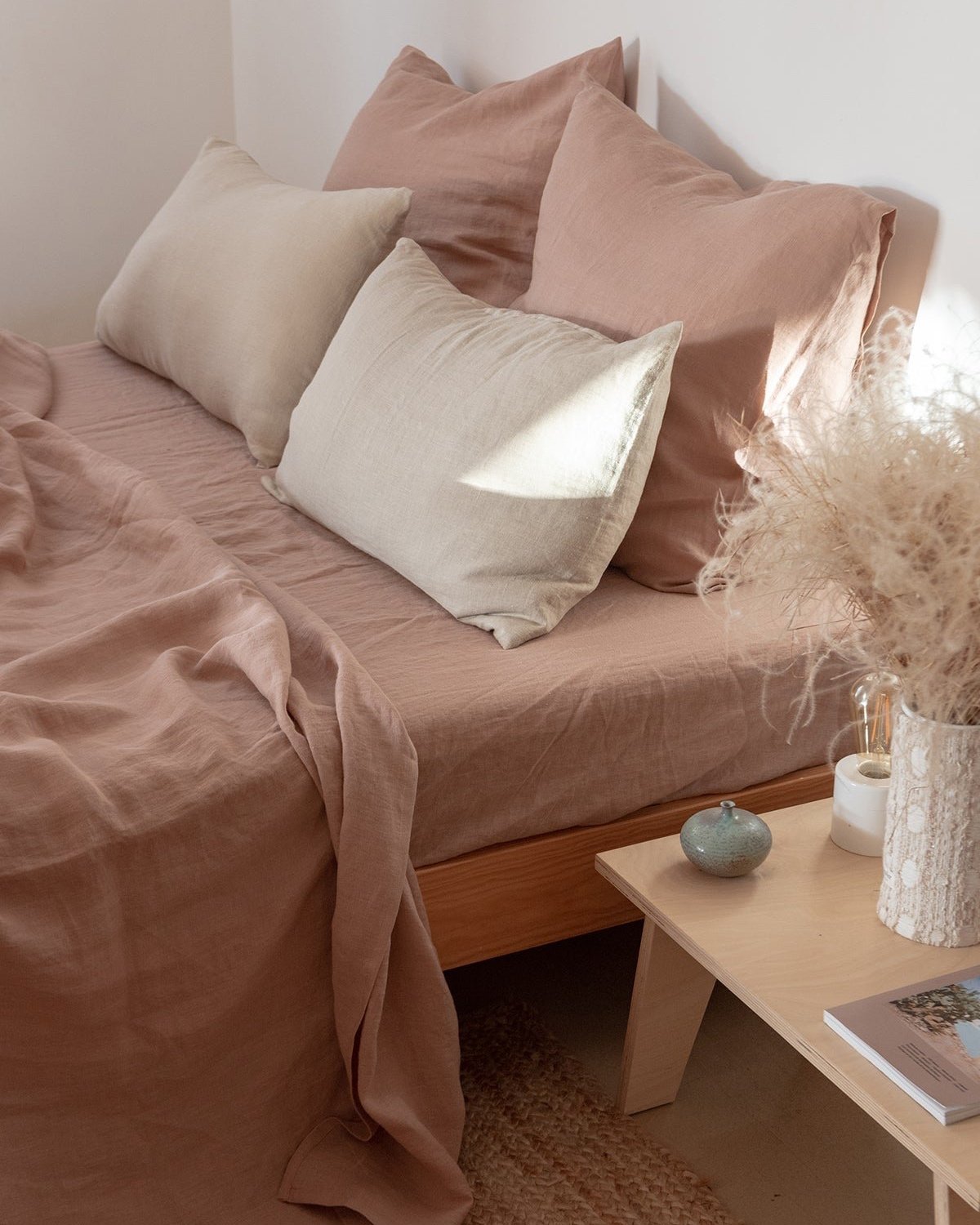Image: 100% Pure
Disclosure: Some of the links below are affiliated; we may earn a small commission if you click through and make a purchase. We only ever add brands & products we truly believe in.
The Best Clean & Sustainable Skincare Brands in 2023
Are you looking to switch your skincare routine to an organic, natural line?
I’ve spent several years trying many different skincare brands, and these have so far been my favorite. Several of these lines are organic and vegan, and made with sustainable ingredients created to nourish your skin in the best ways possible. I don’t like to start my day or go to bed without using at least one of these products from the listed beauty brands. Not only do I look for non-toxic ingredients, but I also prefer the packaging to be sustainable. Many of these brands use easy-to-recycle packaging, and a few have refillable, zero-waste skincare options. After switching to a more organic skincare regimen, my skin has never felt better, and I hope you enjoy it, too!
Why Should You Choose a clean Skincare Brand?
When shopping for skincare today, many conventional brands use numerous synthetic ingredients that harm humans and the planet. Because the beauty industry is largely unregulated, companies have been allowed to use thousands of harmful ingredients for years without any consequences. Why does this matter? Because these ingredients have been linked to cancer, respiratory issues, hormone disruption, and numerous disorders. What we put on our skin is directly absorbed by our bodies, so prioritizing sustainable products is important.
You can read more about Clean Beauty here and what common toxic ingredients you find today.
What Is Organic Skincare?
Organic means that something was grown without toxic pesticides, chemicals, or artificial fertilizers. If a brand claims to be organic, look for organic certification or transparency on where and how its organic ingredients were sourced.
What is Non-Toxic Skincare?
This essentially means none of the ingredients included have been proven to cause harmful responses in humans. To verify this, check the ingredients list and research anything you don’t recognize.
What is Sustainable Skincare?
Sustainable products do not harm people or the environment. Sustainable brands will be as transparent about their ingredients are they are about how and who manufactures their products. They should disclose the working conditions of their employees, including the farmers who source their ingredients. It is the most comprehensive ‘clean’ skincare term because it cares about people and the planet.
our top picks for Clean & sustainable skincare:
1. Activist Skincare
Featured Ingredients: Antioxidants, Vitamin C, Niacinamide, Salicylic Acid, Peptides, Organic Hydrosols, Panthenol, MSM, and More
Price: $18-68 (refills are 10% off)
This high-performance, refillable skincare line gives you the effective active ingredients and results you expect from clinical products without compromising sustainability. All of Activist’s products are available in eco-friendly glass containers and refill pouches, which reduce CO2 emissions by 99% and plastic waste by 75%. It’s also vegan & cruelty free, and Activist is a member of 1% for the Planet, too!
2. Purity Woods
Featured Ingredients: Organic Extract of Maple Leaves, Vitamin C, Organic Mango Seed butter, Organic Camu Camu Fruit Extract, Organic Indian Gooseberry (Alma) Extract, Organic Astaxanthin Extract and more...
Price: $64
Favorite Item: The Age-Defying Dream Cream
Purity Woods is one of today’s fastest-growing organic skincare companies. Its innovative products include nature's most effective plant-based ingredients -- many of them unique, such as maple leaf extracts -- to help you achieve your youngest-looking skin. ALL Purity Woods' products are Certified USDA Organic, a strict independent certification that ensures they're all truly free of synthetic and potentially toxic ingredients
3. F. Miller
Featured Ingredients: Bladderwrack, Sacha Inchi, Centella Asiatica, Camellia, Calendula, Tamanu, Rose Hydrosol, Aloe Vera, Nettle
Price: $50-98
F. Miller is hands down one of my favorite skincare lines. My face has felt exceptionally smooth and vibrant since starting this skincare routine a few weeks ago. Not to mention, it smells SO good! I recommend purchasing their Necessity Kit as an excellent starter to feel the brand out for yourself.
use code sustainablychic20 for 20% off
4. Plaine Products
Featured Ingredients: Aloe, Vitamin C, Safflower, Shea, Rosewood, Green Tea
Price: $13-25
Plaine Products is a vegan company (now also B Corp Certified) eager to combat plastic pollution by offering eco-friendly, zero-waste skincare in refillable tubes. Their products are also biodegradable, Non-GMO, and palm-oil free. You can sign up for their subscription plan for 10% off each order. Choose the no-pump option on future orders to keep your purchases entirely plastic-free.
5. Attitude
Featured Ingredients: Vitamin C, Phytoglycogen, Canadian dulse, Peptides, Watercress, Shae Butter, Bladderwrack
Price: $10-45
Attitude is the first complete line of solid, plastic-free and EWG VERIFIED™ skincare! If you’re looking for zero-waste skincare that is both vegan and cruelty-free, this will be your new favorite.
6. Yina
Modern Beauty. Powered by Chinese Medicine.
Featured Ingredients: Chinese Medicinal Herbs
Price: $20-65
Favorite Item: Essential Mist
Yina’s effective formulas are developed by
Doctors of Chinese Medicine made from sustainably-harvested plants and compostable bio-cellulose. They are never tested on animals and have 21 days of fermentation for higher
efficacy and potency.
7. 100% Pure
Featured Ingredients: Fruit, Veggies, Tea & Cocoa
Price: $6-60
Favorite Item: Bright Eyes Masks
Like the name says, all 100% PURE™ formulations have strict purity standards and will never contain harsh or toxic ingredients. I’ve loved every product I have tried from them - this matcha one sounds lovely - but their Bright Eyes Masks have been a favorite. I don’t use them often because of the packaging, but the masks are compostable!
8. Indie Lee
Featured Ingredients: Avocado, Rose, Coconut, Chamomile, Cucumber, Daisy, Jasmine
Price: $16-80
Favorite Item: Retinol Alternative Cream
From cleansers to moisturizers, Indie Lee has everything you may need when looking for natural, eco-friendly skincare products. They always formulate without 1,300+ Banned Ingredients. The brand also offers carbon-neutral shipping, and it even takes your empties back so that they can get recycled!
9. ACURE
Featured Ingredients: Argan, Rosehip & Hemp Oil
Price: $7-20
Best Seller: Radically Rejuvenating Retinoid Night Complex Face Treatment
ACURE sources the highest quality ingredients for your skin so you can feel confident there are no parabens, sulfates, formaldehyde, paraffin, mineral oil or animal testing! What we also love about this brand is its accessibility. You can find them at your local Target!
10. Oil Divine
Featured Ingredients: Baobab Oil, Castor Oil, Chia Seed Oil, Brahmi Oil, Sunflower Seed Oil
Price: $34-185
Oil Divine is a skincare brand focusing only on vegan, clean, organic, and cruelty-free products. All products are made of high-quality bioactive ingredients sustainably sourced from wild plants or organic farming. The company minimized the use of plastic and only chose highly recyclable packaging like glass and FSC cardboard packaging.
use code CHIC for 10% off your purchase
11. Grace & Stella
Featured Ingredients: Vegan List
Price: $18-36
Favorite Item: Hyaluronic Acid Serum
Grace & Stella specializes in vegan and cruelty-free beauty products with no sulfates or parabens. Instead, they pack their products with natural feel-good ingredients such as lavender, rose, and chamomile! If your eyes require a wake-up call, we suggest trying their If Eyes Could Smile Cream Eye Cream. The brightening and moisturizing eye cream is exactly as described, working to effectively combat puffiness, dark circles, fine lines, and wrinkles!
12. OSEA
Featured Ingredient: Seaweed
Price: $18-108
Favorite Item: Advanced Protection Cream
Depending on which type of seaweed is added, it can help moisturize, tone, and fight against aging, and every product I’ve used has left my skin feeling rejuvenated and fresh!
Their Advanced Protection Cream is definitely worth a try - my face feels so soft when using this product.
13. Organic Skin Co.
Featured Ingredients: Honeysuckle, Aloe Vera, Rosemary, Pomegranate, Organic Oils
Price: $29-39
Favorite Item: The Good Oil
The Organic Skin Co. (TOSC) is at the forefront of the movement towards high-performing, regenerative skincare. Focused on natural beauty that delivers from every angle, TOSC creates synergistically blended products that care for your skin and our planet. It fuses high-tech science (it’s a world leader in the use of revolutionary supercritical CO2 extracts), with pure organic ingredients, and next-gen sustainable packaging.
14. Agent Nateur
Featured Ingredients: Daisy Flower Extract, Date Seed Extract, Dragon Fruit Extract
Price: $21-120
Best Seller: Holi (oil) Ageless Face Serum
This brand believes beauty regimens should be a luxurious renewing experience for your skin. They focus on quality & efficacy, and all Agent Nateur products are organic, non-GMO, cruelty free and backed by science for natural healthy lifestyles.
15. Herbivore
Featured Ingredients: Rosewater, plant-based AHAs and Willow Bark BHA, Papaya, Pineapple
Price: $12-88
Best Seller: PINK CLOUD Rosewater + Tremella Creamy Jelly Cleanser
Herbivore believes in the power of nature and and uses only natural ingredients, plant-based food-grade cold-pressed oils, steam distilled therapeutic-grade essential oils, GMO free soy wax, recyclable and reusable packaging, many certified organic ingredients.
16. Josh Rosebrook
Featured Ingredients: Cacao Fruit Powder, Green Tea Flower Extract, Calendula Extract
Price: $22-165
Favorite Item: Nutrient Day Cream with SPF 30
A California-based brand, Josh Rosebrook is a results-driven, plant-based skin and hair care line led by green science, nature, and sustainability. All of their ingredients are thought-fully sourced and effective. Their day cream is amazing and comes with SPF!
17. REN Skincare
Featured Ingredients: Willow Bark Extract, Mandarin Peel Oil, Orange Flower Oil, Grapefruit Peel Oil
Price: $20-86
Best Seller: Radiance Brightening Dark Circle Eye Cream
From moisturizers to shampoos, to serums to toners, REN Skincare has everything you may need for your everyday skincare routine! The use ingredients that work with your skin, without causing irritation all from sustainable sources and they use recycled plastic packaging.
MAKE SURE TO PIN THE PHOTO BELOW TO SAVE THIS POST FOR LATER!
WANT MORE SUSTAINABLE BRANDS? VISIT OUR BRAND DIRECTORY!
Our Brand Directory is home to hundreds of sustainable brands, from makeup to cleaning supplies, from underwear to shoes. We have broken everything down by category for easy shopping, along with discount codes unique to Sustainably Chic viewers.

